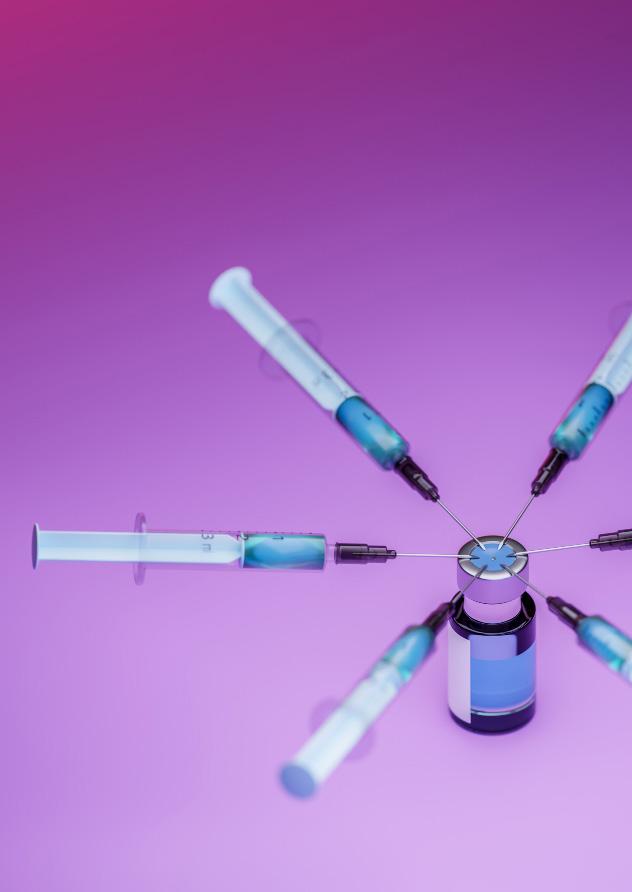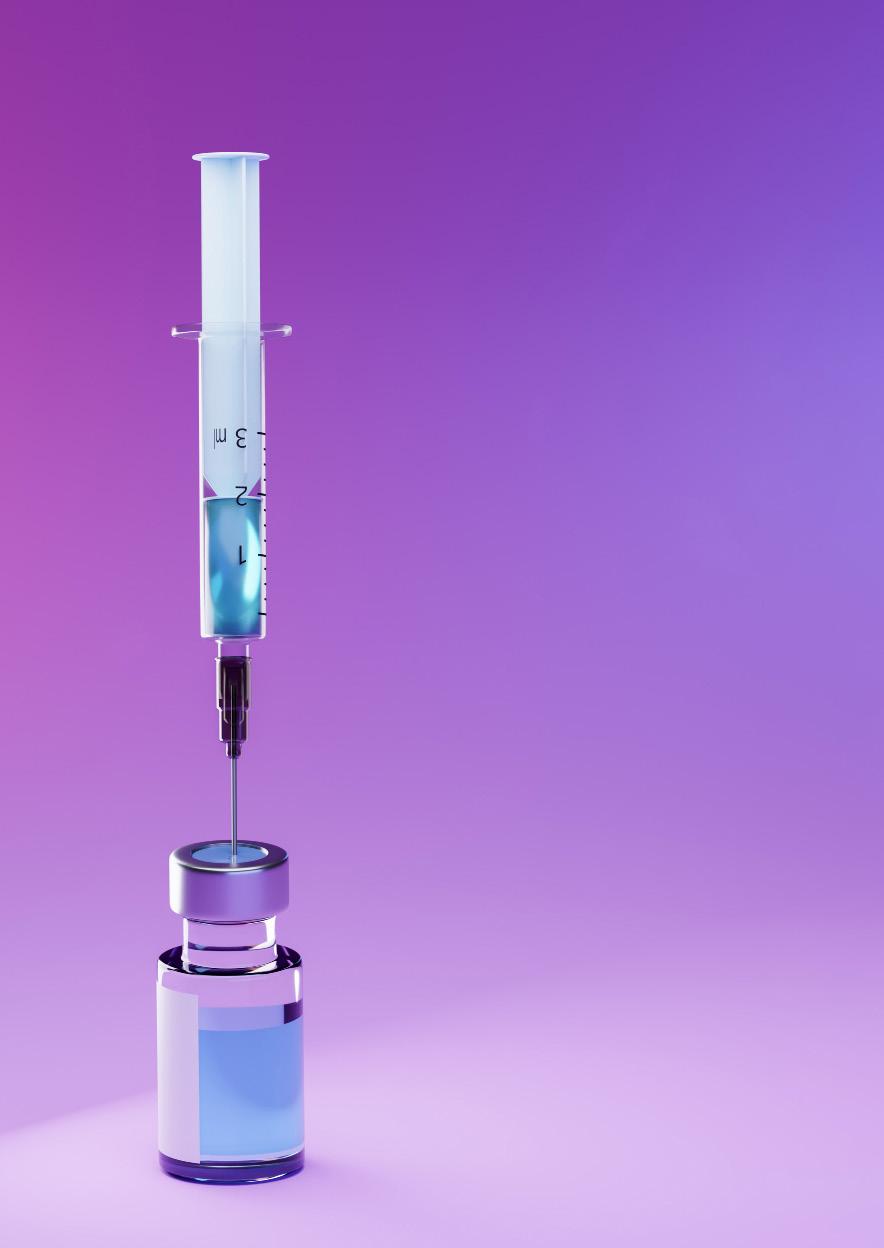











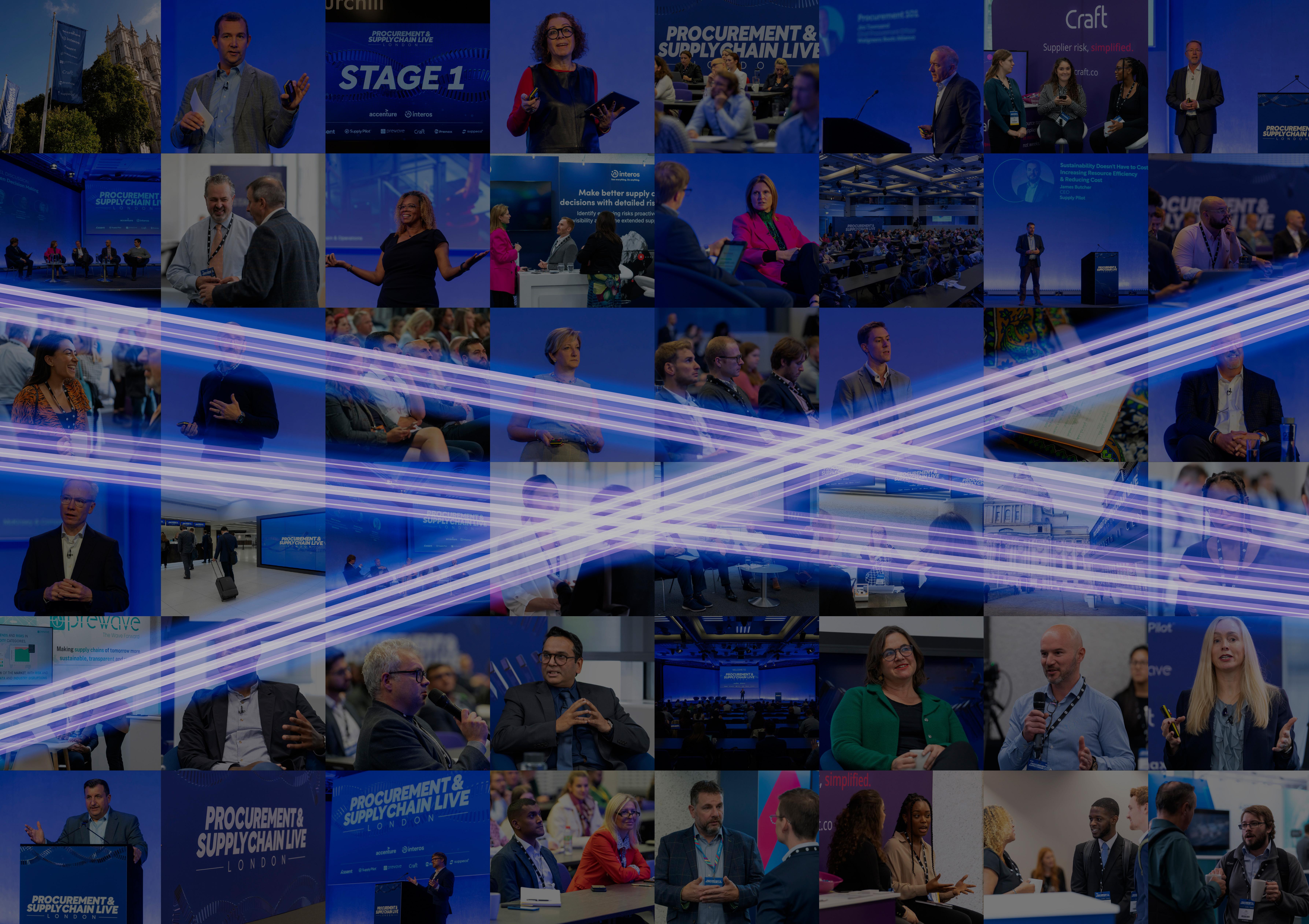
26 - 27 September 2023
Business Design Centre, London
SPONSORSHIPS GET YOUR PASS



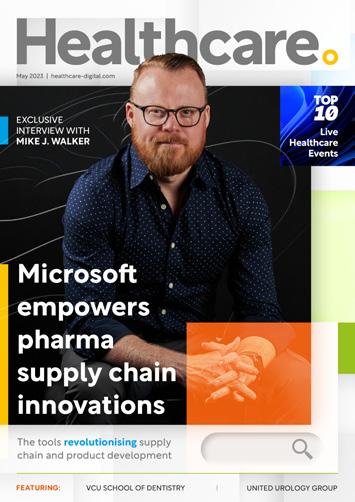
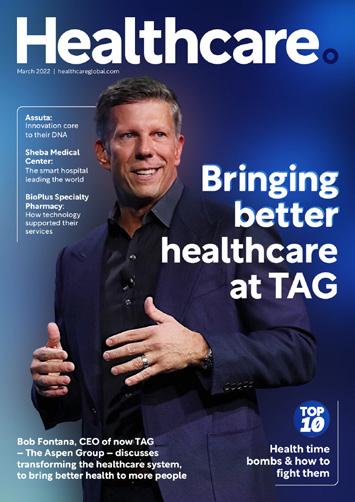

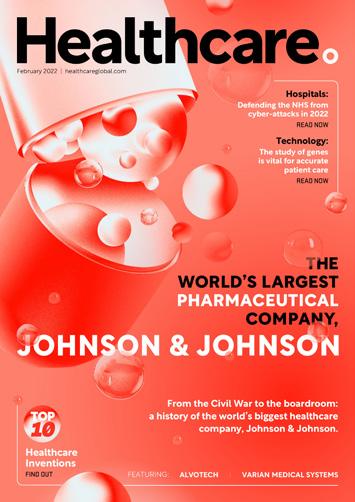


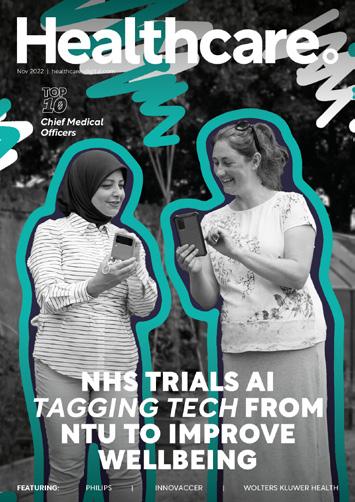





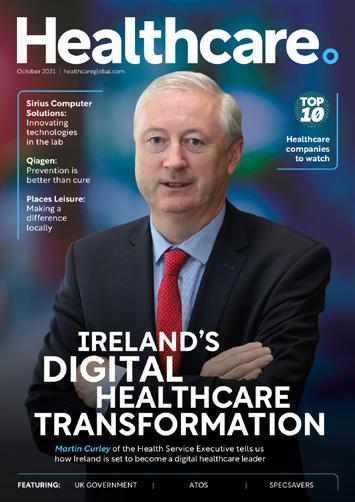
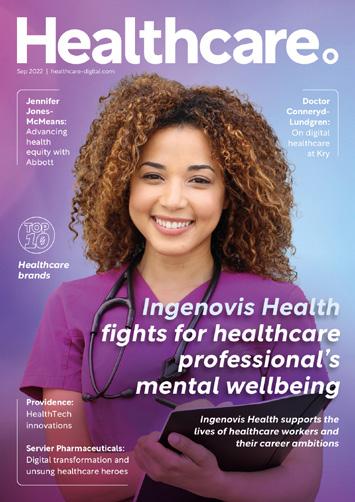






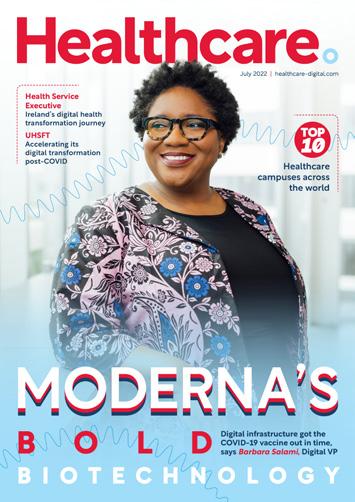




























Healthcare magazine is an established and trusted voice with an engaged and highly targeted audience of 1,000,000 global executives
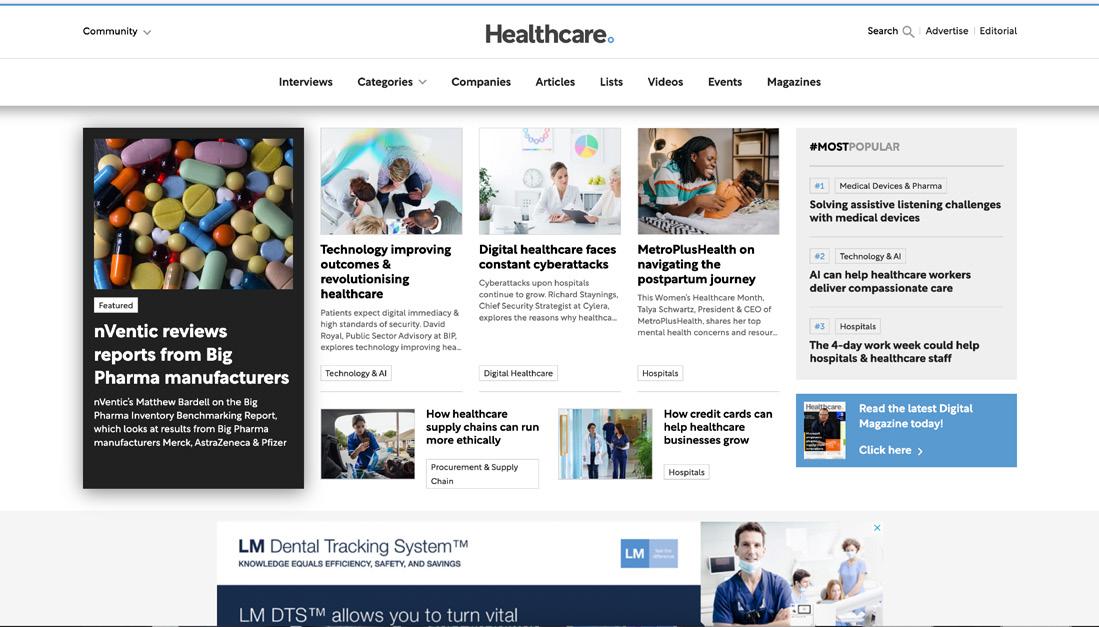
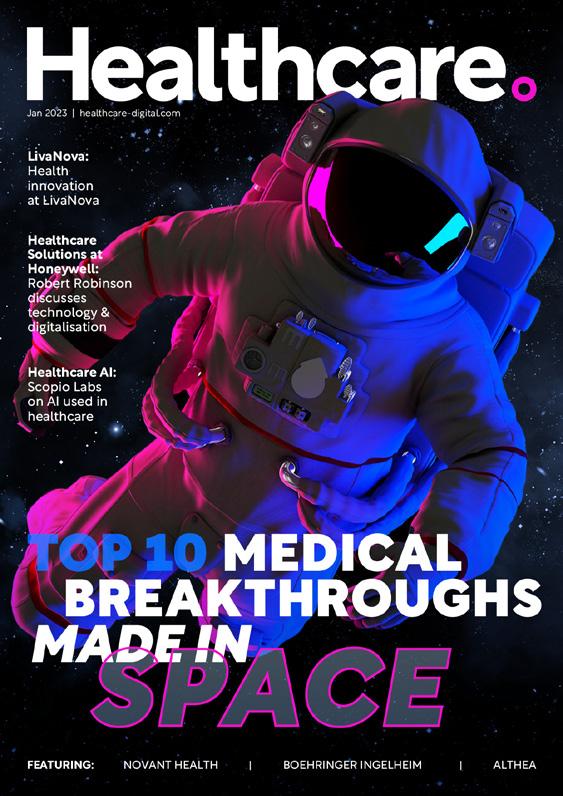
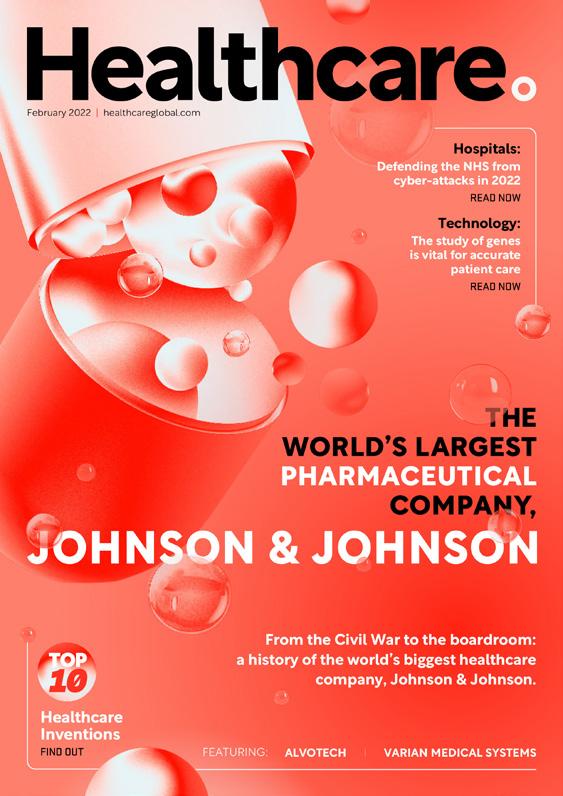





Digital Magazine



Website Newsletters
Industry Data & Demand Generation

Webinars: Creation & Promotion
White Papers & Research Reports
Lists: Top 10s & Top 100s
Events: Virtual & In-Person
WORK WITH US


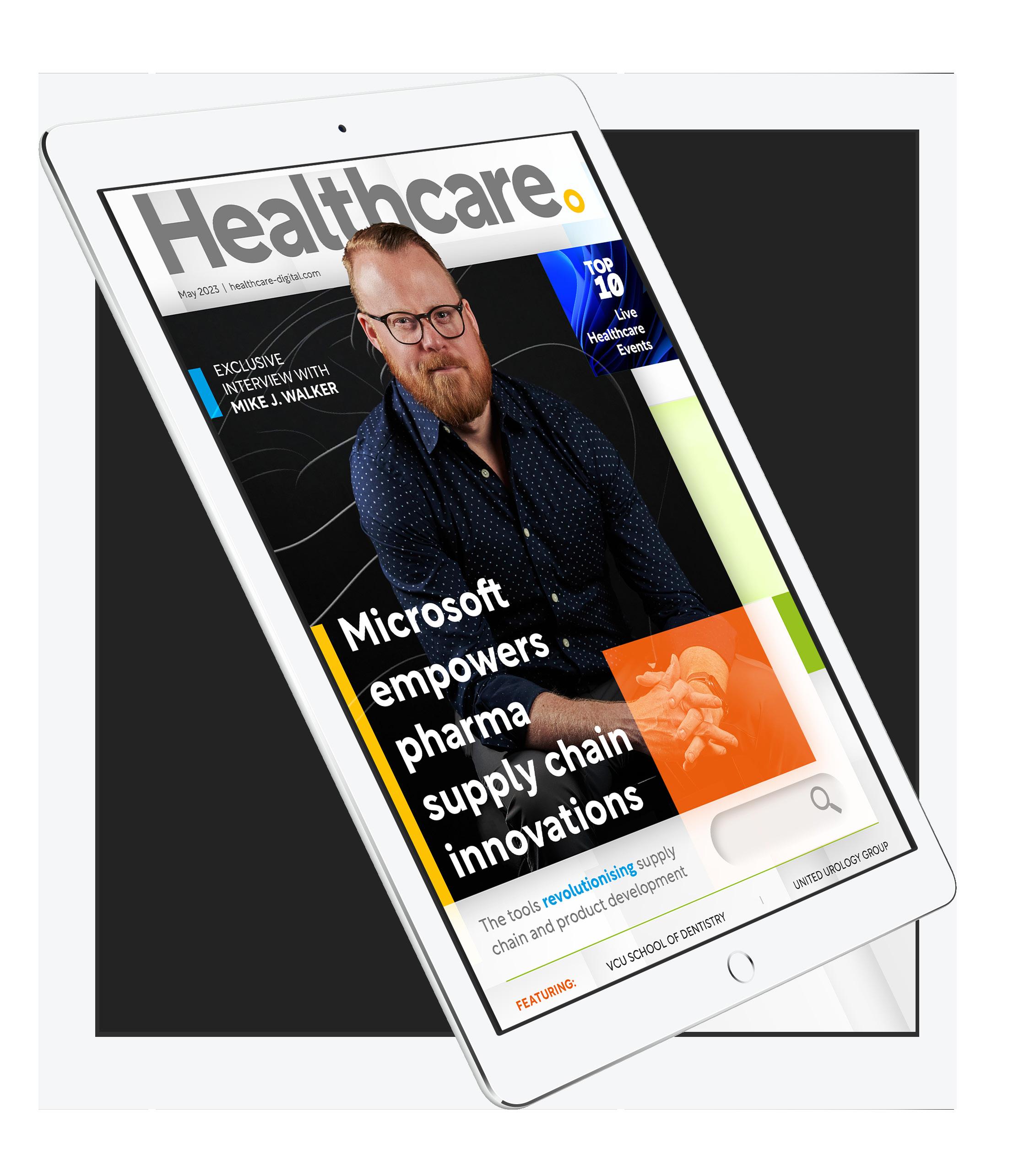
Welcome back to Healthcare Digital – read on for more on the virtual ward technology helping patients to recover at home, how the healthcare sector is moving towards Net Zero, LGBT+ healthcare transformation and supply chain resiliency across the industry
Greetings readers,
How are you? Mentally, I mean – I’m making sure I ask my friends that question a bit more frequently, over a chilled drink in the garden, or via text.

In this issue of Healthcare Digital, we hear from Doccla, whose virtual ward technology allows patients to recover at home instead of on a hospital ward. Lexica’s Lucy Symons-Jones, Director of Net Zero, tells us about how she is supporting the healthcare sector in the push to Net Zero and we hear about how healthcare companies can become more resilient and reduce supply chain friction.
We also take a deep-dive into how the healthcare sector has adapted in recent years to accommodate LGBTQ+ patients and staff, as well as what work needs to be done in the industry to meet these unique physical and mental health needs.

Keep looking up,
HELEN ADAMS
helen.adams@bizclikmedia.com

“We also take a deep-dive into how the healthcare sector has adapted to accommodate LGBTQ+ patients and staff, as well as what work still needs to be done”

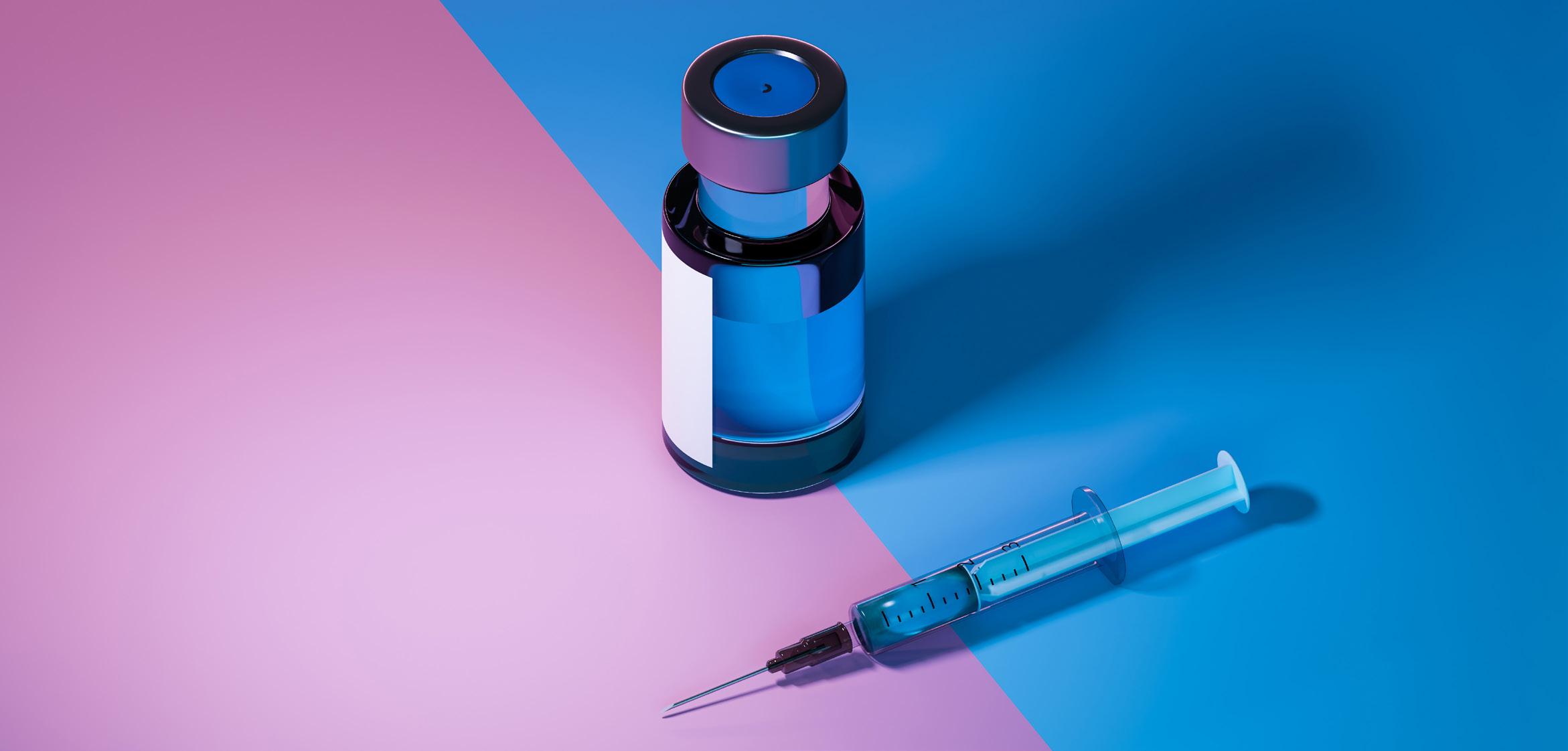
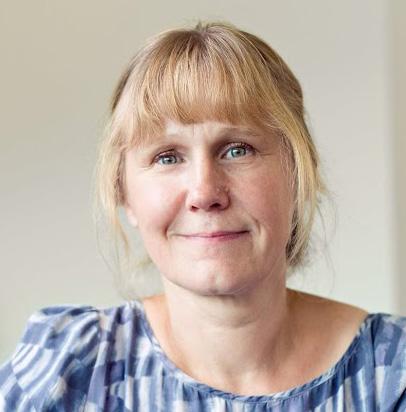


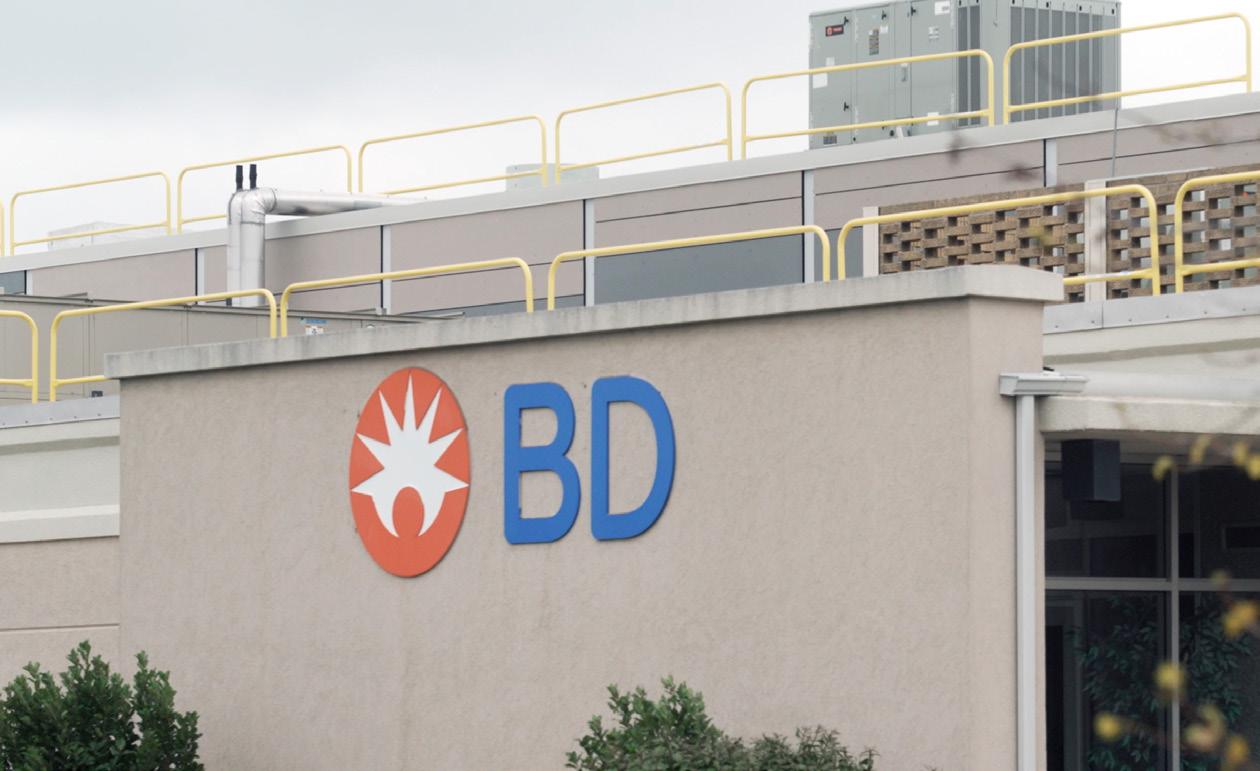










With AI and robotics, the healthcare industry is ready to begin a huge digital transformation. There will be numerous benefits, ranging from stronger data insights to improved workflows, meaning AI has the potential to lead to better clinician workload management and improved health outcomes.
Dr Sarah Bateup is a CBT therapist. Her passion for driving a new frontier of mental health care – aimed at helping as many people as possible – is what led her to join Oliva in 2021
» “I’m a cognitive behavioural therapist and Chief Clinical Officer at Oliva, a mental health platform for employees.
“My 25 years of experience as a mental health professional spans both clinical and academic settings. I’ve worked for the NHS and private companies as a CBT therapist, and have held teaching positions at the University of Exeter and Institute of Psychiatry, King’s College, London for mental health professionals and psychiatrists training to practise CBT. I was on the founding team of one of the first digital CBT services in the UK, as well as founding the first CBT primary care service in the south-west of England, and have been a part of pioneering research into the use of psychedelics to treat depression.
“I’ve always been driven by innovation and a desire to help as many people as possible, so joining Oliva – a platform helping to widen access to tailored, timely and evidence-based mental health care – in 2021 as Chief Clinical Officer seemed like a natural next step.”
» “As Chief Clinical Officer, I’m responsible for ensuring that we’re delivering the highest possible standard of mental healthcare for our users. This includes helping to develop our self-guided content and resources, as well as overseeing our one-to-one coaching and therapy services, and managing the team of mental health professionals – including counsellors, CBT therapists and clinical psychologists – who deliver them.
“At Oliva, we pride ourselves on offering evidence-based psychological therapies in particular, meaning that all treatments are backed by rigorous research. We also ensure that each employee is carefully matched with a specialist therapist based on their individual needs. Ensuring this process is working effectively – creating the fastest possible route to the best possible support for each user – is my biggest priority. ”

» “Oliva is the mental health platform that offers employees on-demand, specialist




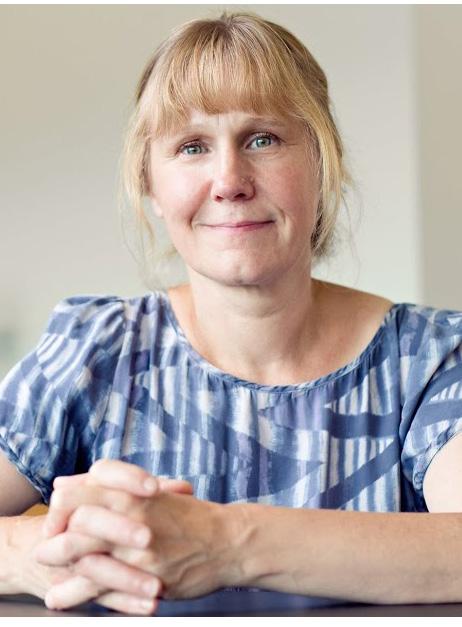

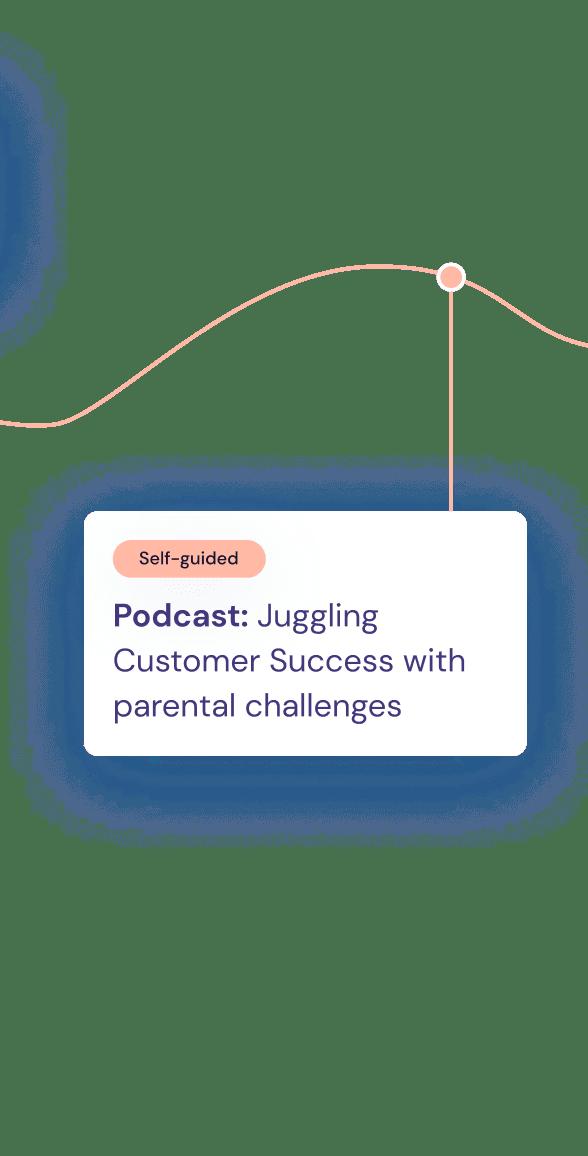
mental health support, paid for by employers. Co-founded by Javier Suarez (who previously founded TravelPerk) and Sançar Sahin (former marketing lead at Typeform) in 2020, Oliva has helped widen access to mental health
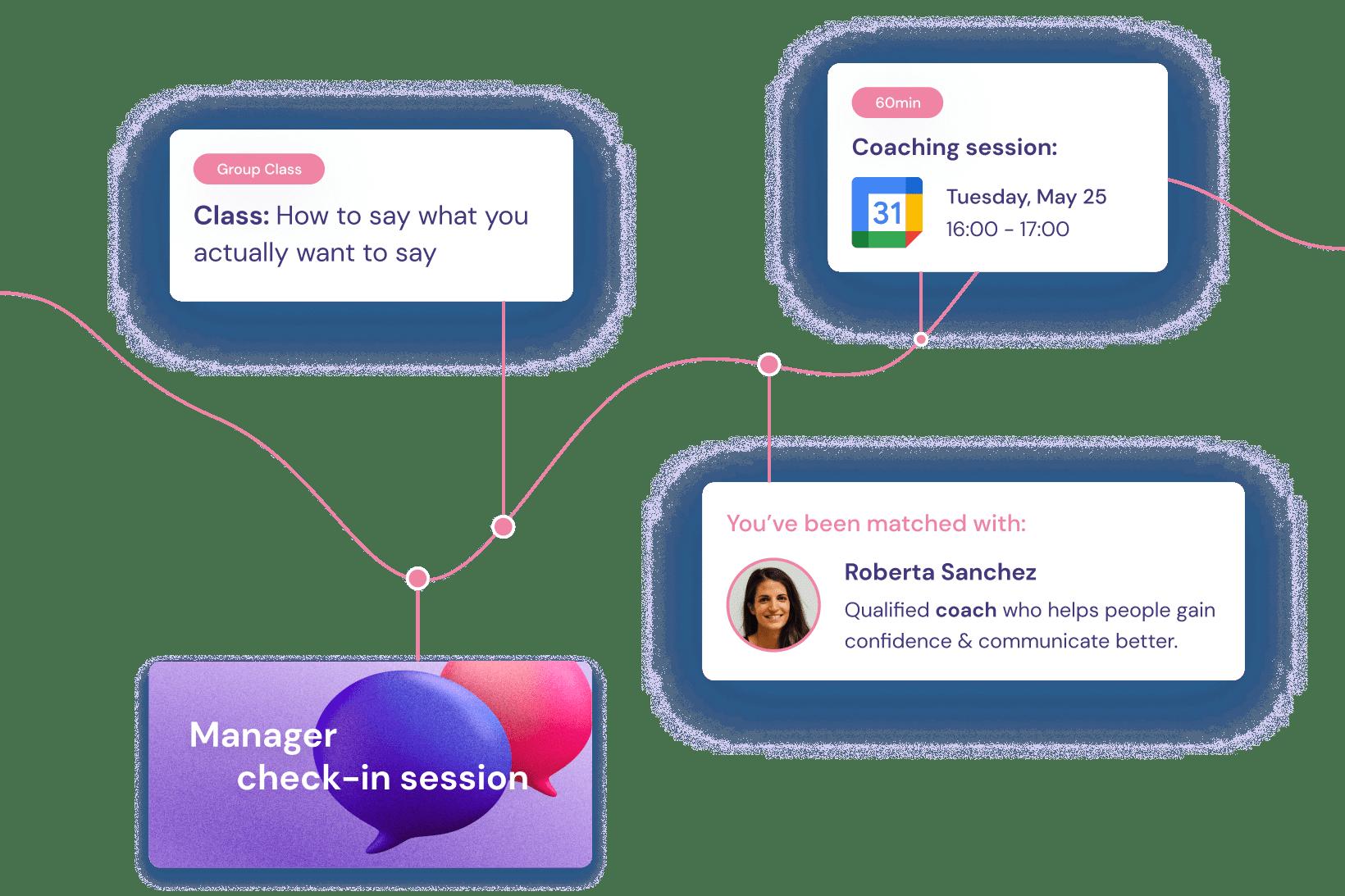
Q. WHAT IS CBT?

» “CBT, or cognitive behavioural therapy, is a type of talking therapy that helps people understand how thoughts, feelings, and bodily sensation impact on their behaviour.

» “The pandemic has accelerated the evolution of digital health services, including mental health care. The availability of online mental health support has grown tenfold since.


“Now, patients can access everything from Zoom therapy sessions to self-taught CBT therapy. The proliferation of on-demand services has helped to make mental health support more widely accessible. But this isn’t without its problems, since those seeking treatment must now navigate even more Google search results before they can find the right support for them – if, indeed, they are able to filter through the endless options to find the right support at all. Ultimately, many sufferers give up and stop looking for help. Oliva is trying to change that by connecting more people with the right support sooner.”

» “Oliva is currently active in over 30 countries in the world, helping thousands of employees navigate everything from anxiety and depression to PTSD. Over the next 12 months, we want to continue to grow and support even more workers.
“I am also setting up a residential intensive therapy service that is aimed at founders and senior leaders. The idea is that people get away from their home and working lives to access intensive therapy in a beautiful country setting, while also spending time on things they enjoy doing, like physical activities, creative activities or just relaxing in a wood-fired sauna. Quite simply, the idea is ‘come on holiday and get better’.”
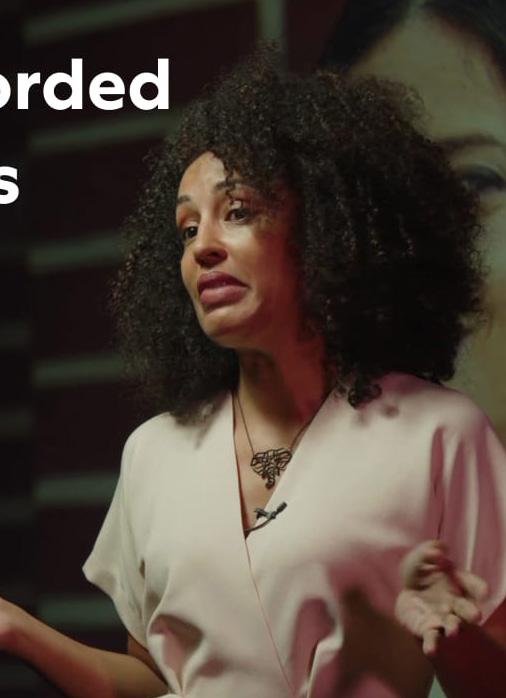
Karen S. Lynch is an American business executive who currently serves as the President and CEO of CVS Health. She assumed the role of CEO in February 2021, succeeding Larry Merlo.
Prior to joining CVS Health, Lynch held executive positions at Magellan Health, a healthcare management company where she served as President and at Cigna, a global health service company.
Lynch joined CVS Health in 2018 as Executive Vice President and President of the Aetna business unit.
Since then, Lynch has played a crucial role in shaping CVS Health’s strategic direction and driving its transformation into a diversified healthcare company. She has focused on advancing the company’s purpose of helping people on their path to better health by integrating pharmacy services, healthcare benefits and innovative solutions to improve patient outcomes and access to care. She is also personally and professionally dedicated to elevating mental health support.
“Mental health challenges can truly impact anyone. I understand this on a personal level – my mother wasn’t able to get the help that she needed to address her struggles, and it tragically led to her taking her own life.
KAREN S. LYNCH
TITLE: PRESIDENT & CEO
COMPANY: CVS HEALTH


Karen S. Lynch is the President and CEO of CVS Health and she’s ‘focused on supporting individuals during every meaningful moment of health throughout their lifetime’.
She previously worked at healthcare management company Magellan Health and at global health service Cigna. In 2018, she joined CVS Health as Executive Vice President and President of the Aetna business unit. Alongside her 300,000 CVS Health colleagues, Lynch leads CVS Health’s strategy to make it simpler for customers, as well as ‘more convenient and more personalised’.

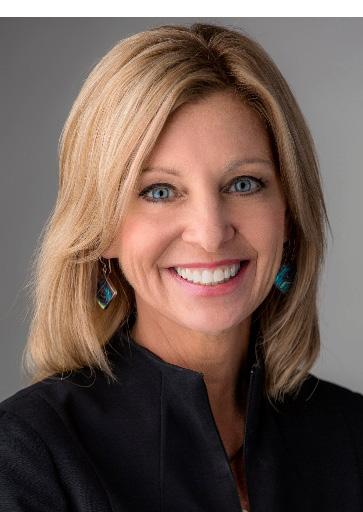

Most Powerful Women: Karen Lynch


Because of her experiences, I’m driven and committed to helping increase access to mental health services for everyone.”
CVS Health promotes mental health screening through its various programmes and partnerships. For instance, through its MinuteClinic division, CVS Health offers screenings for mental health conditions such as depression, anxiety and substance abuse. The company also collaborates with advocacy organisations and mental health providers to raise awareness, reduce stigma and support initiatives that focus on mental health education, early intervention and prevention.
As an employer, CVS Health recognises the importance of supporting the mental health and well-being of its employees. The company provides various employee assistance programmes (EAP) and resources to support mental health, including counselling services, mental health hotlines and access to confidential mental health resources. CVS Health also emphasises
a supportive work environment, promoting mental health awareness and education among its workforce.
“Mental health is a huge issue in the US, particularly in children. We are seeing an enormous increase in the suicide of young adults. We’ve put counsellors in some CVS locations and we have vastly increased our telehealth services. There were 9,000 telehealth mental health visits a year pre-pandemic; now, we are up to 20m. Your head is connected to your body. Until we think about this holistically, we are not going to be able to address the full issue.”
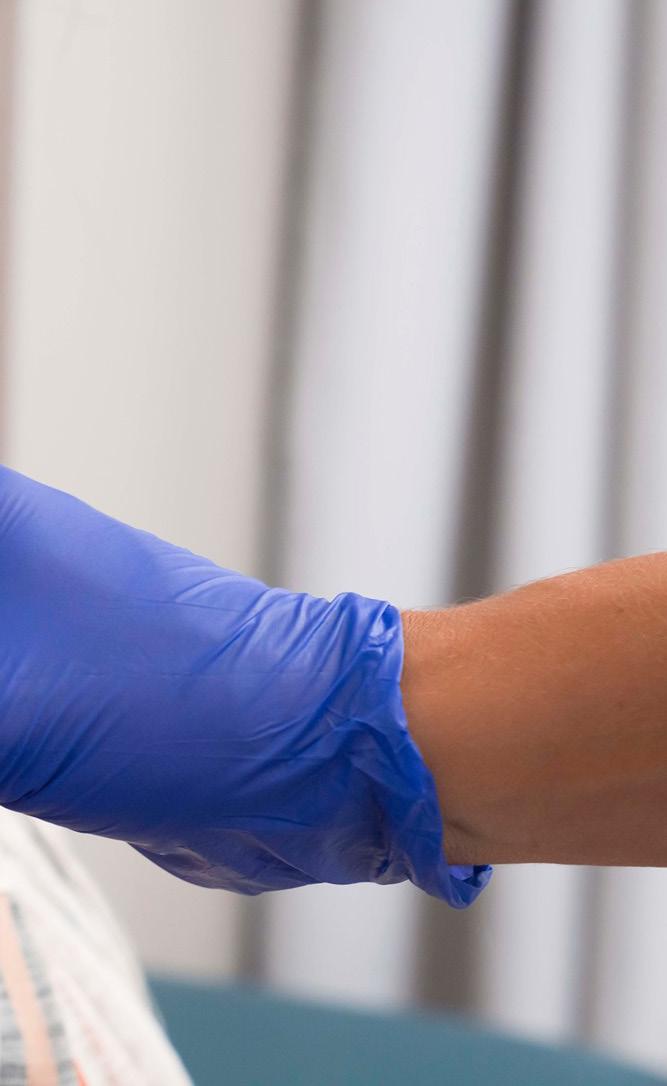
Under Lynch’s leadership, CVS Health has undertaken initiatives to expand its healthcare services, including the establishment of HealthHUBs, which are store-based health centres offering a broader range of healthcare services, such as chronic disease management, wellness programmes and expanded primary care. The company has also been at the forefront of efforts to address the COVID-19 pandemic by providing testing, vaccinations and other related services.
In addition to her responsibilities at CVS Health, Lynch serves on the boards of various organisations, including the Business Roundtable, an association of CEOs and the Campaign for Sustainable Rx Pricing, which advocates for affordable prescription drug prices.
Lynch has been recognised for her leadership and contributions to the healthcare industry. She has been featured on Forbes’ list of ‘America’s Most Powerful Women in Business’ and was named one of the ‘Most Powerful Women in Health Care’ by Modern Healthcare.
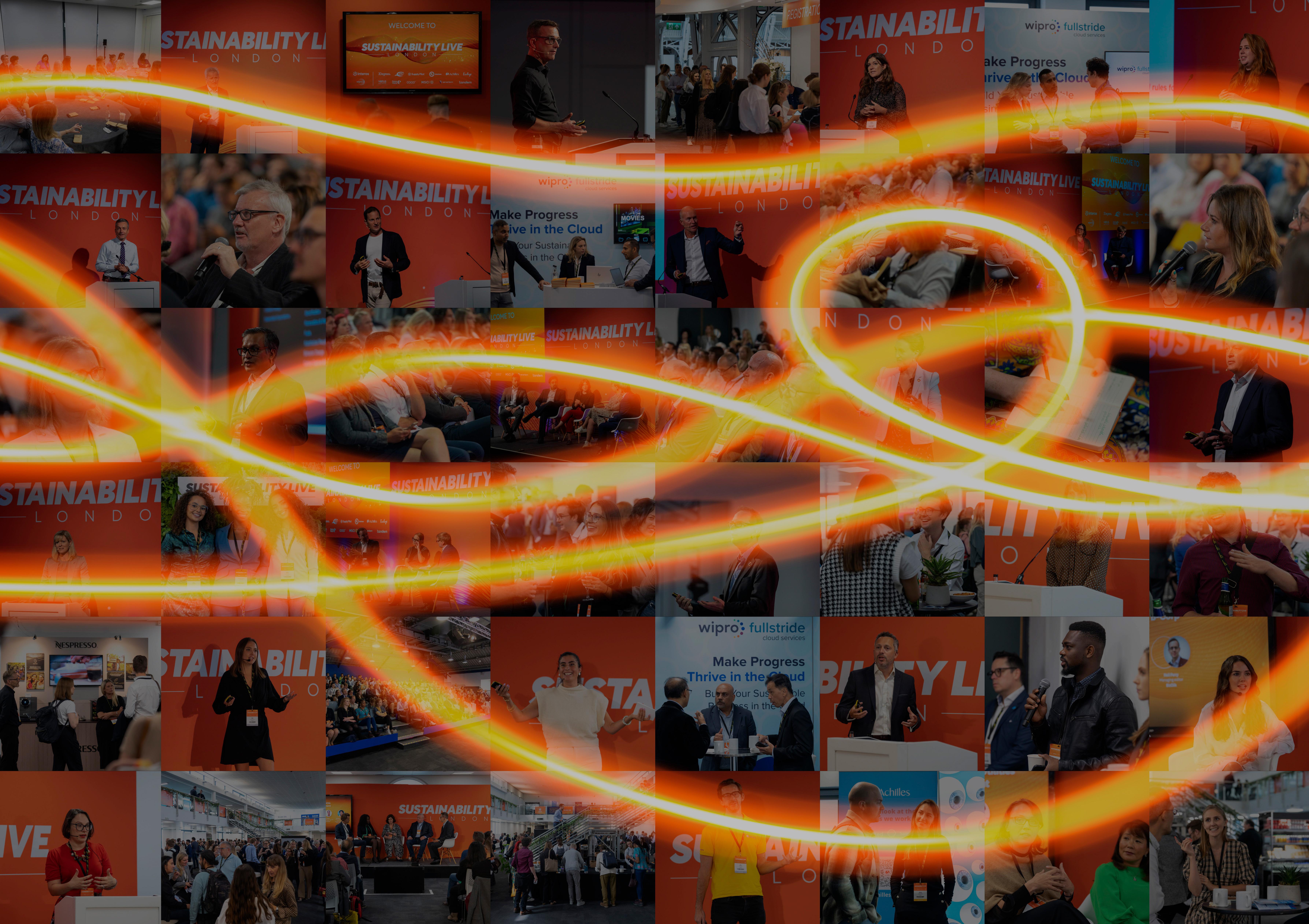
6 - 7 September 2023
Business Design Centre, London
SPONSORSHIPS GET YOUR PASS


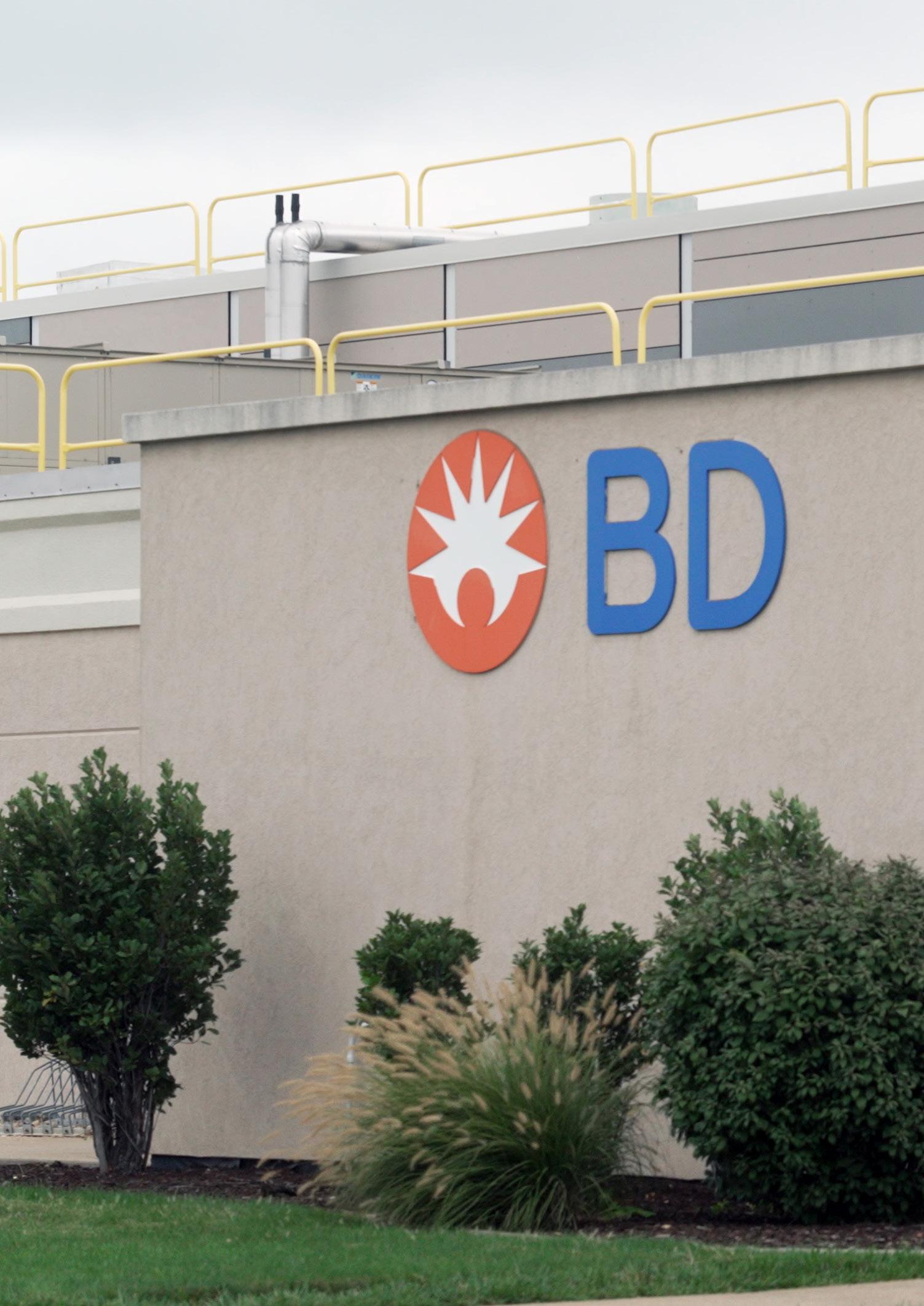


 WRITTEN BY: HELEN ADAMS
PRODUCED BY: MIKE SADR
WRITTEN BY: HELEN ADAMS
PRODUCED BY: MIKE SADR
Kevin Nelson is the Chief Procurement Officer at BD (Becton, Dickinson and Company), a medical technology company based in Franklin Lakes, New Jersey. His responsibilities include overseeing all third-party spend, including direct and indirect.
“I’ve been in the procurement profession for a number of years, starting my career in the high-tech industry and evolving into roles within the biotechnology arena before leading strategic sourcing at C. R. Bard, a medical device company that BD acquired about six years ago,” he says.
BD is one of the world’s largest medical technology companies. Its purpose is ‘advancing the world of health’ by improving medical discovery, diagnostics and the delivery of care.
“Roughly 90% of patients coming into a clinical setting in the United States are going to use a BD product,” says Nelson.
Products vary from well-known medical devices such as needles, syringes and blood collection tubes to sophisticated electromechanical devices, diagnostic instruments and reagents.
COVID-19 changed the world foreverhybrid working is the new normal, face masks are as common as earrings and you never leave your house without your keys,

how his team mitigates supply chain risks and delivers innovative solutions in an ethical way

Gainfront’s AI driven technology platform is designed to increase procurement efficiency while solving the unique procurement process challenges that arise from today’s remote and hybrid work environments and increased focus on corporate social responsibility around supplier diversity, ethical compliance, and reducing green house gas emissions

Gainfront’s highly customisable, modular, procure-to-pay powerhouse platform for Diversity, ESG, and collaboration
Gainfront is a platform that meets the procurement needs of today’s business landscape, focusing on mandates related to diversity, supplier diversity, workforce diversity, as well as ESG tracking. Led by Hetal Mehta, CEO of Gainfront, the company provides organisations with an innovative way to achieve compliance to preferred buying while offering powerful workflow automation, which is essential in today’s hybrid work environment.

Gainfront enables customers to easily configure their workflows, whether in sourcing, finance, or HR, granting them full control over the process through team collaboration and audit trails. As a complete Procure-to-Pay platform, Gainfront fully embraces diversity, ESG, and workflow automation requirements, providing a comprehensive solution for procurement professionals.
Gainfront recognises the pressing need for finding new, diverse, and environmentally conscious suppliers on a global scale. With current supply chain challenges, customers often struggle to identify and source from new suppliers. Gainfront addresses this issue by offering their customers access to a strong and robust global Discovery database. Mehta highlights the importance of this database, stating that it resolves the problem of customers being unable to replace suppliers due to a lack of viable alternatives.
In the context of today’s hybrid work environment, there is a growing need to find qualified suppliers while managing risk profiles. Gainfront introduces the RFX Concierge service, which allows customers to source suppliers easily by providing preliminary criteria. By leveraging this service, Gainfront identifies qualified suppliers and connects them, significantly reducing customers’ search time by almost 60%.
“Gainfront recognises the importance of collaboration in today’s hybrid work environment,” says Mehta. “The company’s horizontal approach to workflow automation provides customers with team collaboration capabilities, allowing for efficient communication and tracking of audit trails. By gathering all decision-making processes in a team-collaboration environment, individuals are held accountable, mitigating the risk of miscommunication or lost information.”
Gainfront’s Partnership with Becton Dickinson (BD) Becton Dickinson (BD) has been a customer of Gainfront for the past three years. Mehta and her team have been instrumental in helping BD manage supplier diversity, spend management, and tracking, thereby assisting them in achieving their BDR goals. Through Gainfront’s database, BD gains access to new suppliers, enabling them to meet their sourcing and diversity goals successfully.
wallet, phone and hand sanitiser. The postpandemic planet changed the procurement process too, especially for those dealing with medical equipment.
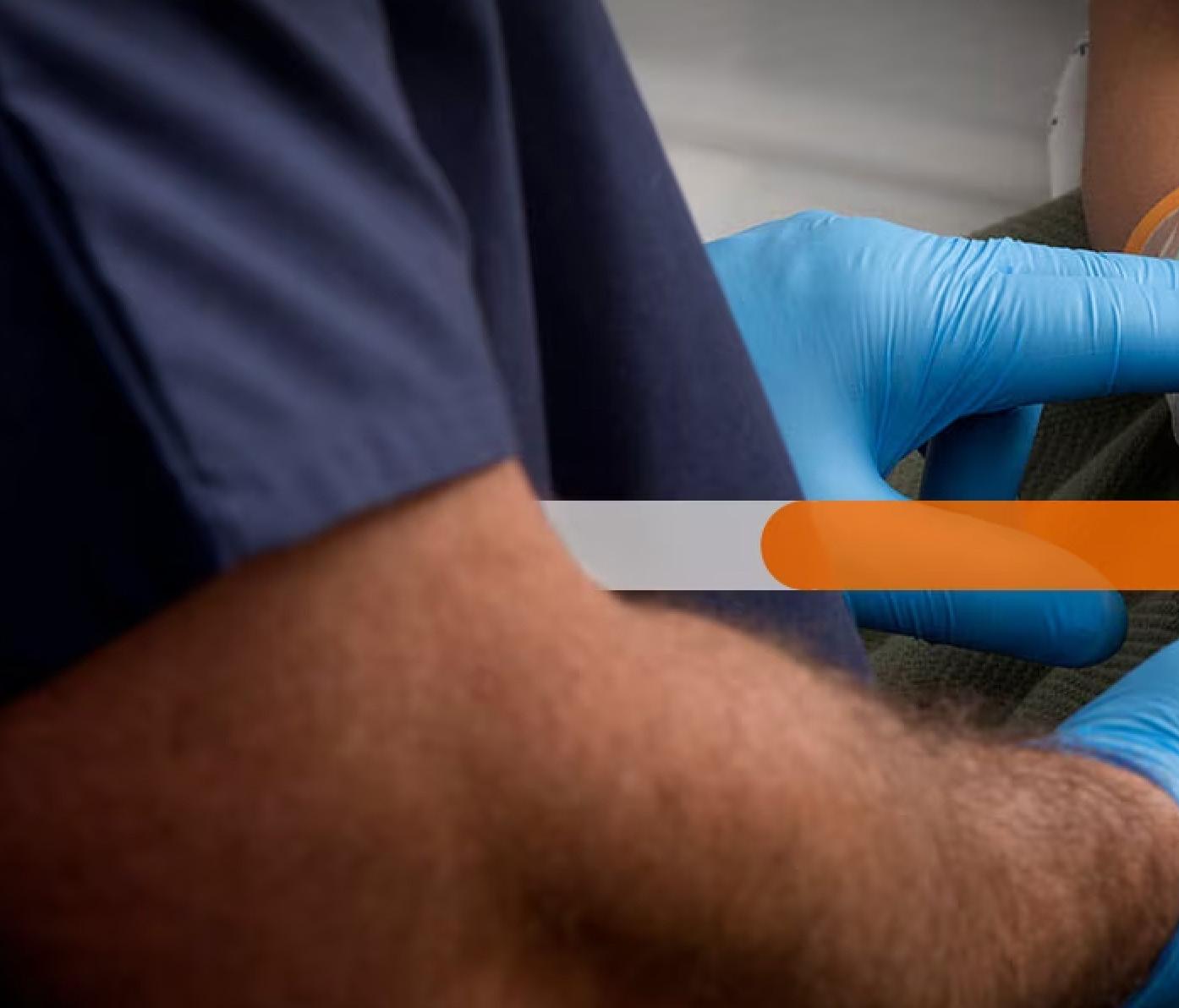
“The world has changed and our supply chains need to adapt,” said Nelson. “When we look at the environment, or the world around us right now, we are continuing to see more disruptions every year. We’ve been tracking this, not only within BD, but also within the healthcare and the life sciences industry.”
More frequent disruptions in the supply chain are happening year over year, which include plant shutdowns, supplier shutdowns, supplier insolvency, port strikes, geopolitical tensions and more.
“BD has taken this ‘moment’ to lead a ‘movement’ to create the supply chain of the future, and that all starts with enhanced procurement visibility and agility”
KEVIN NELSON SENIOR VP & CPO, BD
TITLE: SENIOR VP & CPO
COMPANY: BD
INDUSTRY: MANUFACTURING
LOCATION: NEW JERSEY, US
Kevin Nelson has served as BD’s SVP and Chief Procurement Officer for the past five years focused on applying advanced Procurement strategies to help BD navigate supply chain disruptions and inflationary challenges during the pandemic. Kevin created BD’s Responsible Sourcing Program which strives to develop an ethical, agile supply chain capable of sustaining external pressures.
Prior to B, Kevin was VP of Global Strategic Sourcing C.R. Bard where he introduced an advanced sourcing methodology that delivered solid yearover-year savings as well as additional value through innovative supplier relationship management, revenue generation, reduced backorder and a supplier risk management program.
“All these things result in some sort of disruption to the supply chain,” says Nelson. “We have continued to see that and experience it. That has led us to asking, what do we need to do differently? Because we’re probably not going to get back to this ‘normal’ that everyone’s been waiting for. BD has taken this ‘moment’ to lead a ‘movement’ to create the supply chain of the future, and that all starts with enhanced supply chain visibility and agility.”
This “movement” at BD has resulted in multiple initiatives to evolve procurement strategies to be more resilient, agile and socially responsible.
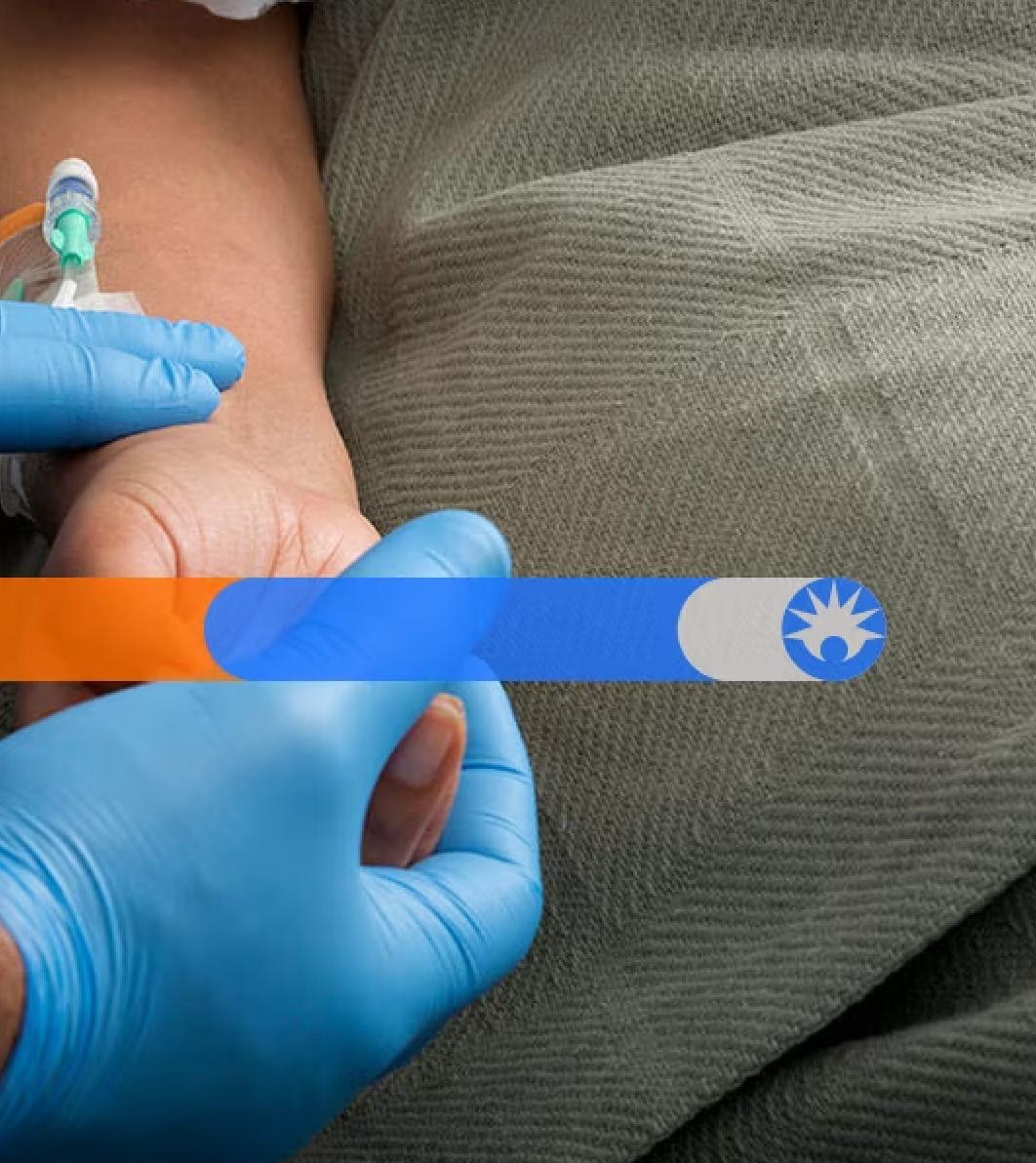
Kevin received his B.A. from the University of North Dakota and MBA from Boston University. Kevin is a member of the Healthcare Transparency Institute, Strategic Marketplace Initiative, National Minority Supplier Development Committee, Institute for Supply Management and sits on multiple advisory boards in the medical device industry.



Enhanced visibility via AI & ML

“To start building our supply chain of the future, we mapped our product lines to identify which ones are considered critical to healthcare,” Nelson explains. “These are products that the healthcare industry has
deemed essential to care for the patients, and if they aren’t on the market, there’ll be a problem around meeting basic or routine healthcare needs.”
BD identified over a hundred different product lines that are critical to healthcare. Nelson and his team conducted an assessment on every product line, looking at every item in the bills of materials and ensured remediation is in place for the critical high-risk materials.
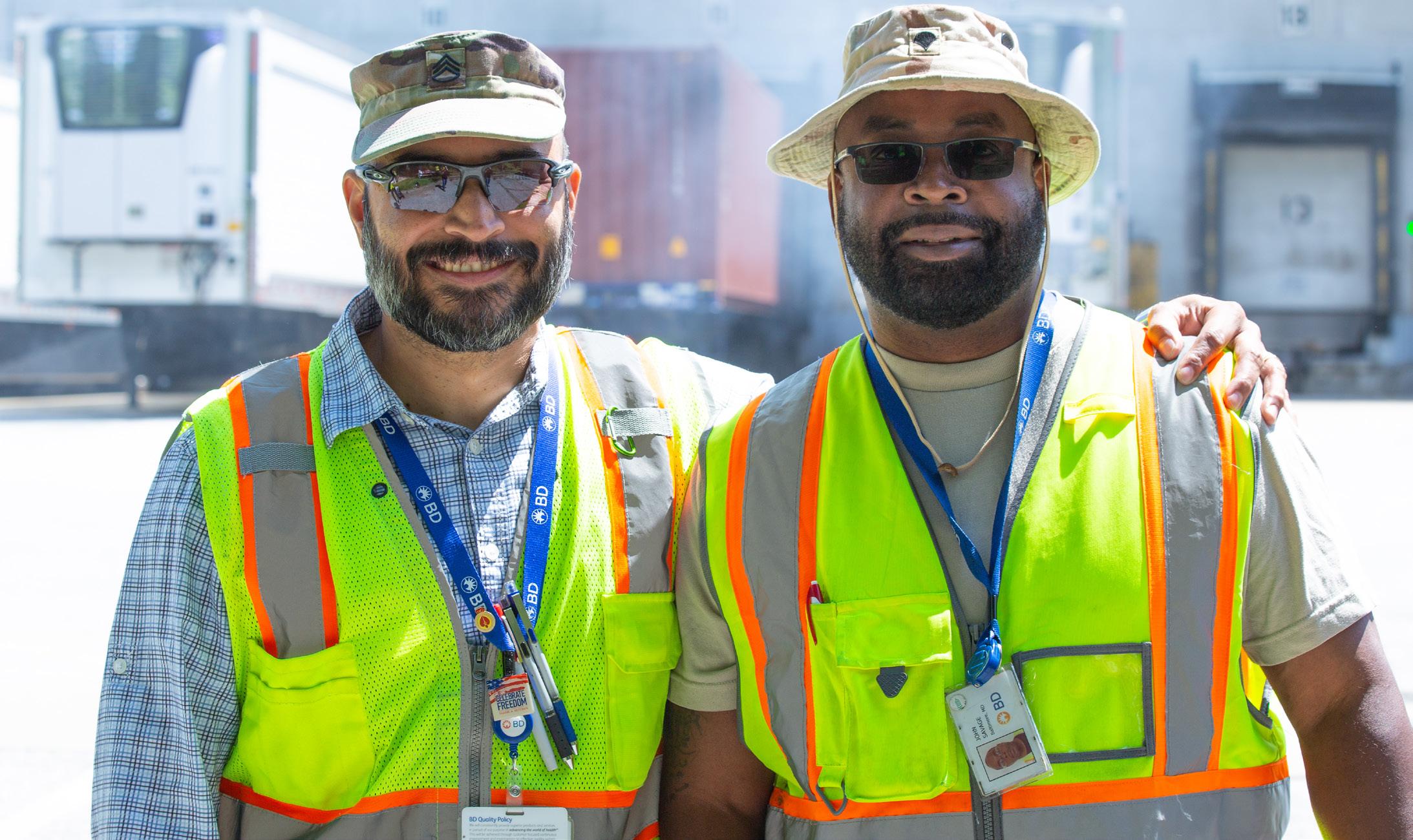
“A product line may have a few items in the bill of materials, or it may have a few hundred items. We do an assessment on every item in that bill of materials and on every supplier, to see where potential risks are.”
BD creates a composite score that allows them to plot product lines to see which ones are in a high-risk quadrant.
“We’re looking at how we can help a community where our customers are living”
BD: Ensuring a resilient, responsible and agile supply chain
KEVIN NELSON SENIOR VP & CPO, BD
“We can take that back to our business units and work with them to create mitigation plans to dual source, adjust inventory levels, and/or regionally source some of the material or components.”
90%
As part of the work to de-risk high-priority products, BD uses discovery technology that employs AI and machine learning ML to map subtier supply chains for critical products and leveraged that visibility to uncover hidden risks in its suppliers’ extended supply chains.

“During COVID-19, 80% of BD’s supply chain disruptions didn’t come from our direct suppliers,” Nelson adds. “They came from our suppliers’ suppliers or even three or four levels down the chain. Unless you have mapped your entire supply chain and employ
very sophisticated technology, it is very hard to know how a disruption at a third or fourth-tier supplier will impact your product.”
An example of the payoff of this work was a recent paper strike in Finland. Because BD mapped the supply chain, the procurement team knew that pulp from Finland was used in medical grade labels the company uses and that there were very few alternate suppliers. BD received early warning signals from the risk intelligence partner along with the visibility to understand the issue early on, work with its partners to find alternate sources and secure inventory of labels well in advance of other companies or industries that would be vying for the same label stock.
Roughly 90% of patients coming into a clinical setting in the United States are going to use a BD product
The life sciences industry continues to experience unparalleled innovation as investment and talent flow into the sector and breakthrough discoveries happen at a rapid pace.
Named the 2021 BD Sustainability Supplier of the Year, JLL helps life sciences companies create compelling real estate and facilities strategies that improve efficiency, mitigate risk and deliver a sustainable workplace. Lay the groundwork for rapid growth →

Creating a socially & environmentally responsible supply chain BD knows its customers want them to provide high-quality products at a fair price and that they expect more than the basics. Improved resiliency, visibility and agility are adding value, but the company is also focusing on sustainable business practices that are environmentally, ethically and socially responsible.
“At BD, we stay true to our values, including doing what is right. We set up the Responsible Sourcing Program to ensure we embed supplier responsibility and sustainability in every purchasing decision we make,” Nelson explains.
This includes partnering with ethical and diverse suppliers, helping protect human rights and working to ensure environmental stewardship.
“Our customers want to understand the bigger picture, too,” Nelson explains. “Are they buying a product from us that is sourced from an ethical and responsible supplier paying fair wages to its workers?”
BD ensures compliance in these areas through ongoing assessments, desktop and face-to-face audits and close partnerships across its supply base. This is all to ensure that suppliers understand exactly what BD
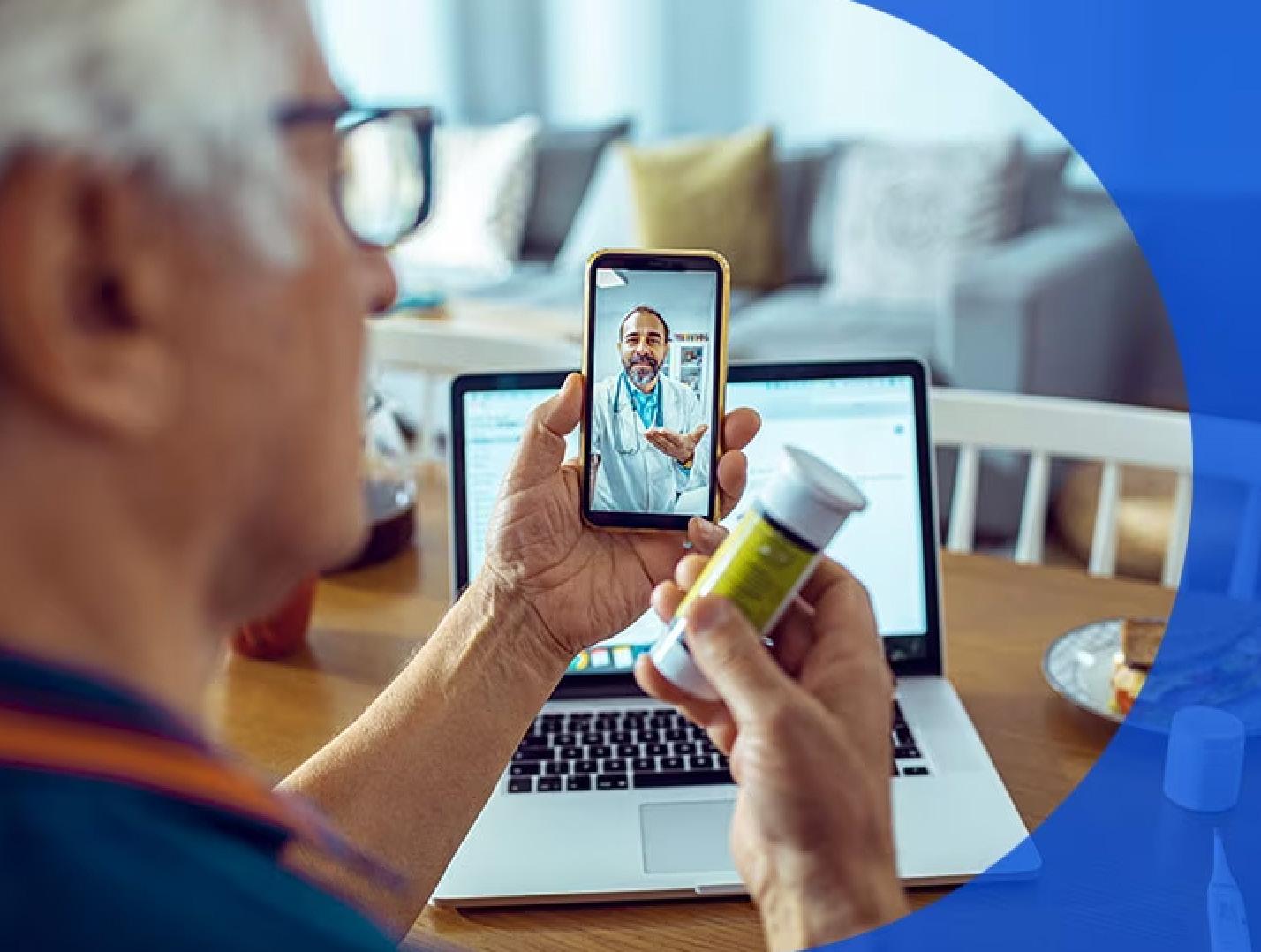
“Unless you have mapped your entire supply chain and employ very sophisticated technology, it is very hard to know how a disruption at a fifth-level supplier will impact your product”
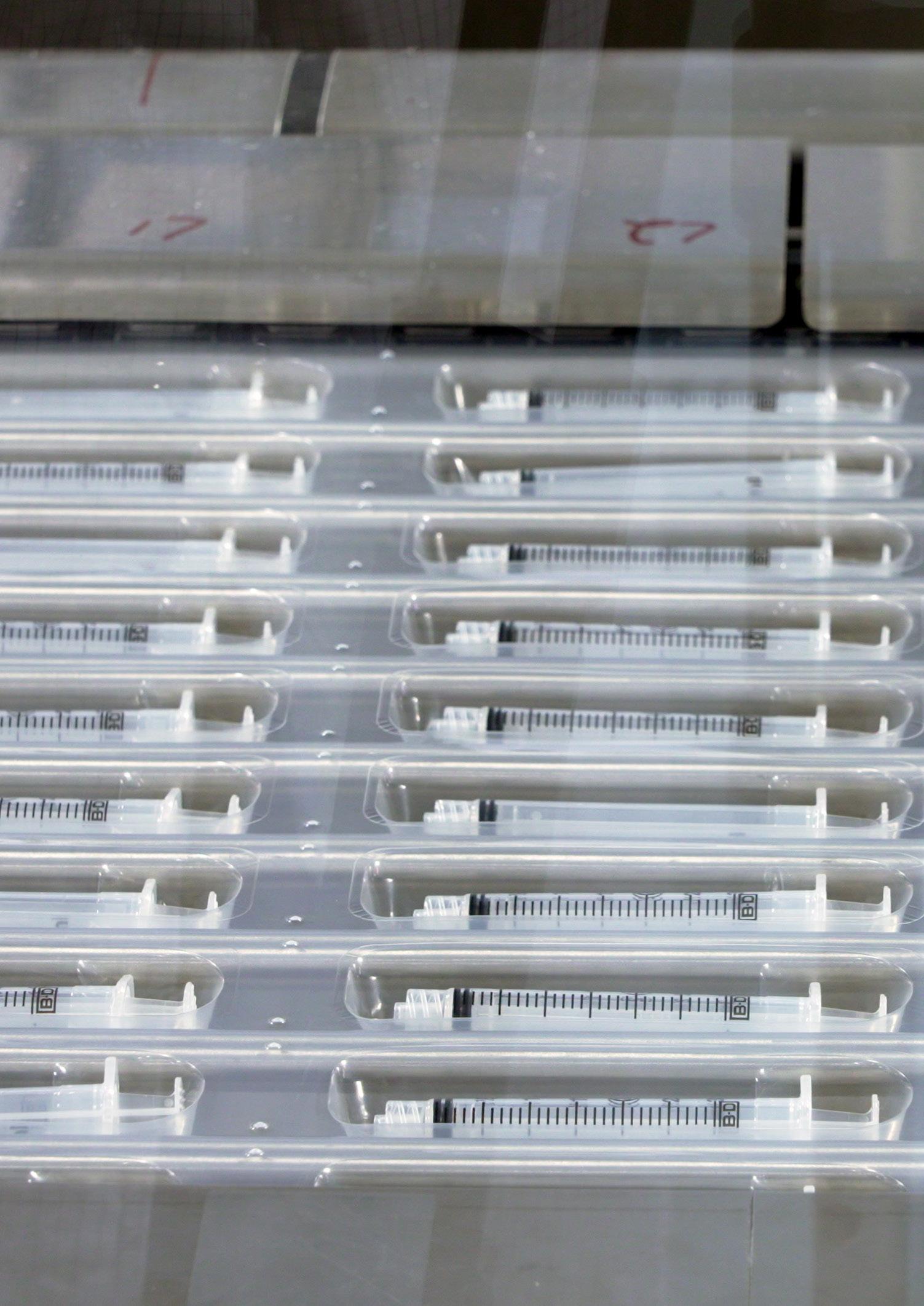

expects when doing business with them, while also making sure risks are anticipated and managed effectively.
Like most companies, Nelson and his team have certainly found some areas of concern in their network that need to improve.
“Instead of moving away from that supplier and letting it be someone else’s problem, we’ve tried to see how we can work with them to identify an area they need to improve in. If they’re able to, that’s great. If not, then we’d have to move away. So far, we’ve been successful in mitigating issues. We’re working to help improve human rights around the world while ensuring important medical products get to those who need them.”
Another focus area of BD’s Responsible Sourcing Program is supplier sustainability. This examines where suppliers are driving reductions in greenhouse gases, diverting waste away from landfills and understanding how much renewable energy they use. The Responsible Sourcing team is also working internally with product stewardship and category management to develop and implement strategies to eliminate materials of concern where possible.


“The partnership is that three-legged stool: our customer, our internal stakeholders and our suppliers”
KEVIN NELSON SENIOR VP & CPO, BD
How well do you know your suppliers?
Or even your suppliers’ supplier?

Get clear visibility and unmatched intelligence to make faster, smarter supply chain decisions. Everstream reveals supplier, material, and revenue risk before anyone else. With the world’s most accurate and reliable data, network graphing, and human analysis, Everstream empowers supply chain leaders to build strong, agile, and sustainable supply chains.
Take control of your supply chain with Everstream everstream.ai
everstream.ai/demo
KEVIN NELSON SENIOR VP & CPO, BDsustainable sterilisation technologies, and addressing materials of concern (MOC).
The third area of focus of the Responsible Sourcing Program is supplier diversity, which has gained a lot of momentum in the US.
“We pivoted our supplier diversity focus from one that historically assessed our spend with small businesses and diverse suppliers, which was more of a reactive approach. Today, we are looking at economic impact in terms of how we’re helping different regions and local economies by using diverse and small businesses that are truly making an impact. We’re looking at how we can help a community where our customers are living,” explains Nelson.
“The Supplier Sustainability pillar includes working alongside our R&D team and business units to identify products, materials and components that are ‘greener’ in nature while also making products that are more effective, efficient and economical,” Nelson explains. “This might be a packaging component that uses less energy to make or is recyclable.”
In 2022, BD launched the Sustainable Medical Technology Institute, a model of practice within the organisation that brings together BD researchers and engineers, as well as quality, regulatory, policy, sourcing and operational expertise, to focus on reducing the environmental impact of the company’s product portfolio in three areas: adopting sustainable product design strategies, developing and deploying
Finally, there’s end-to-end transparency, which is connecting back to the customer and providing enhanced visibility to them. “The key is providing this information proactively and transparently to the customers, to the patients, before it’s a problem, so they have the ability to do something in advance.”
As with any medical manufacturer, BD’s partner ecosystem is vast.
“Partnering with our customers upfront is a key priority for BD. We aim to identify the customer requirements and expectations and build those into our long term strategies and initiatives,” he explains.
From day one, BD’s style has been to collaborate and work with its partners, which was essential during the pandemic.
“We came in working together, wanting to figure out a solution with our supplier partners, as opposed to demanding, ‘Shift this or I’m going to move away from you’.
“Instead of moving away from that supplier, we’ve tried to see how we can work with them to identify how they can improve”
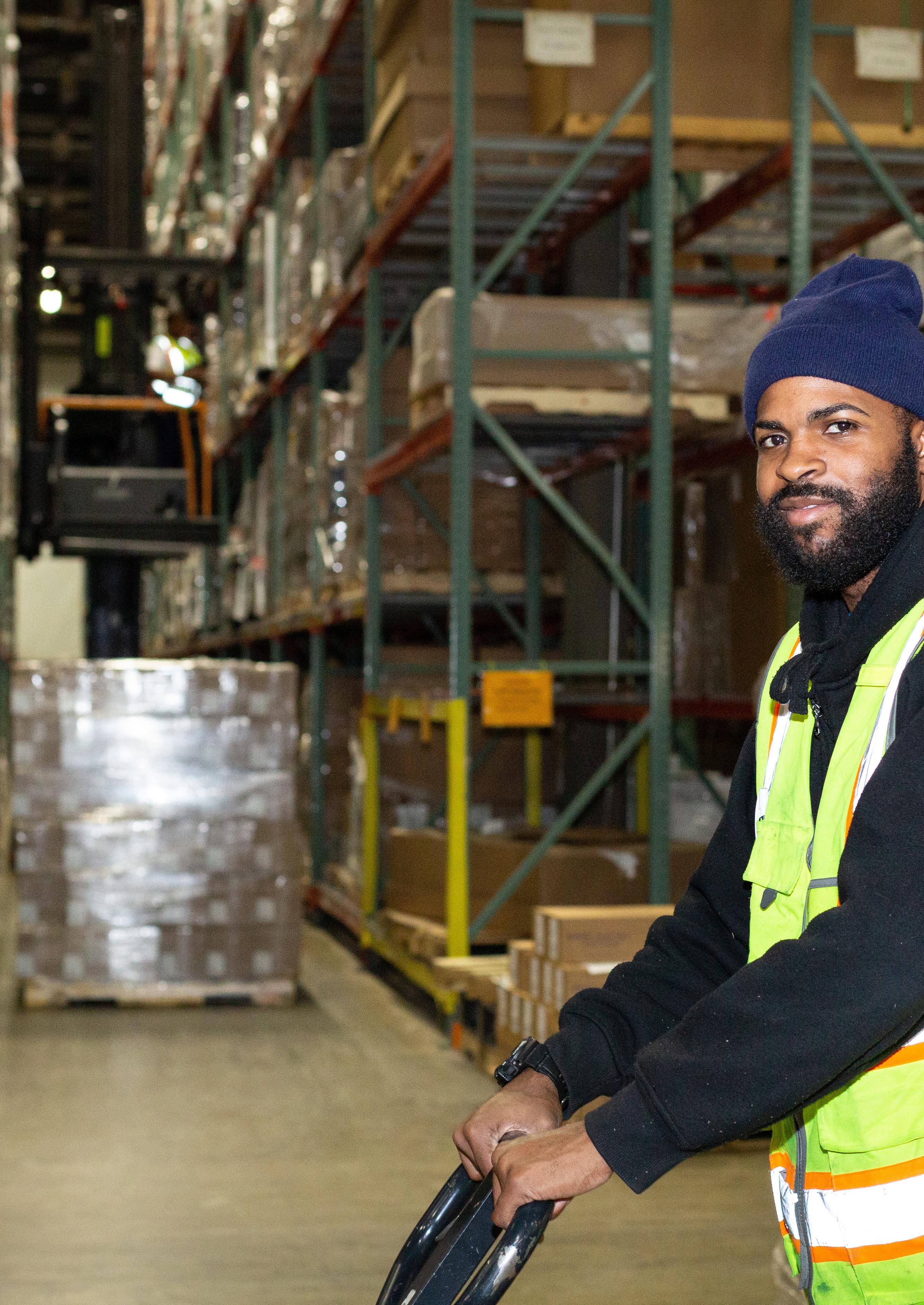
“The partnership is a three-legged stool: our customer, our suppliers and our internal stakeholders that includes business units, Quality and Regulatory, among others.”
This work is further strengthened through strategic collaboration and public-private partnerships with government agencies, including the FDA, HHS, POTUS/White House – and industry collaboratives like Advamed – to address supply chain and sourcing issues that plague the broader healthcare industry.
Being able to incorporate those areas into BD’s strategy has allowed what Nelson sees as a resilient end-to-end supply chain.
The momentum of BD’s procurement supply chain team has been exciting for Nelson and his team.

“We’ve experienced very little turnover in our function, and I think a big reason for that is that people see the movement we are driving and understand we have become extremely vital to BD, our customers and the patients they serve. We are on the frontlines; we are helping shape strategy as we go forward here.”
Nelson views this as an entirely different kind of mindset and even acumen, from a team perspective.
“I think it’s been refreshing for the team to pivot away from historical firefighting or cost-reduction to facing the bigger opportunity we’re trying to address.”
“We have more engineers on the team now doing more,” says Nelson. “Our engineers look at an existing product line and see what we can do to redesign elements that can meet the needs of our customer and patients, reduce our overall risk exposure and benefit BD as well.”

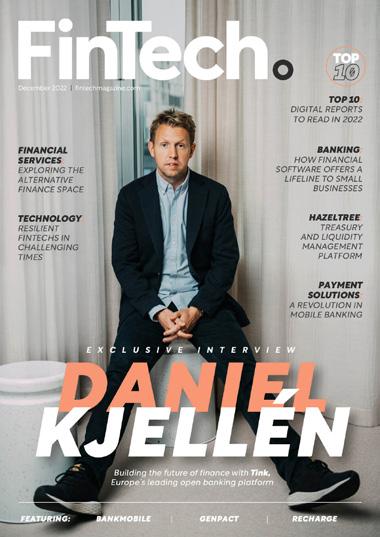
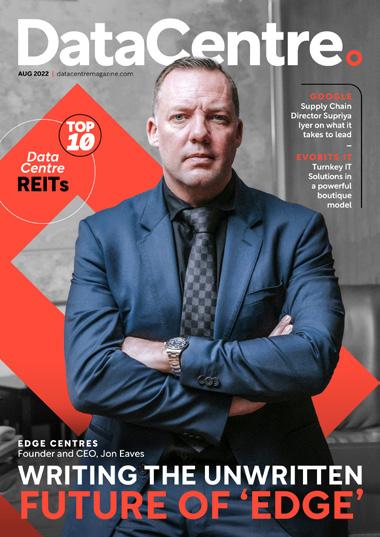


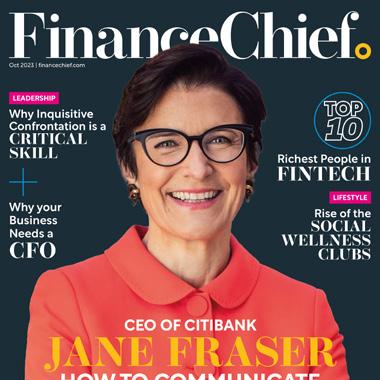



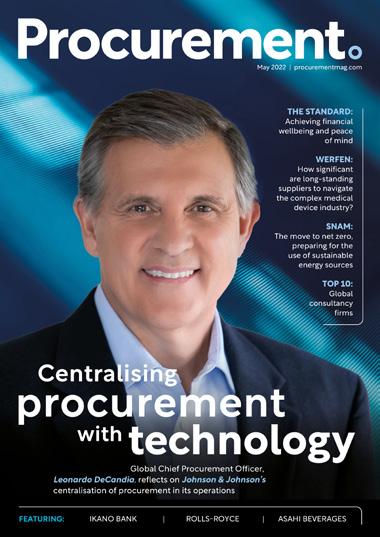
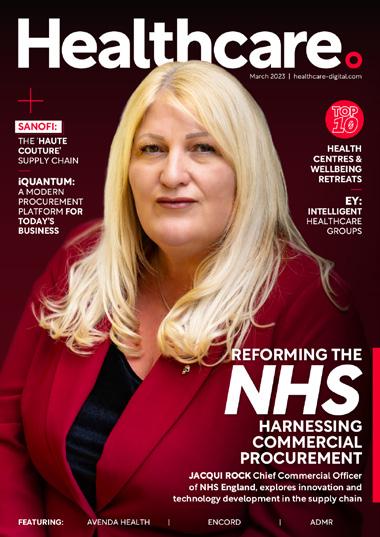

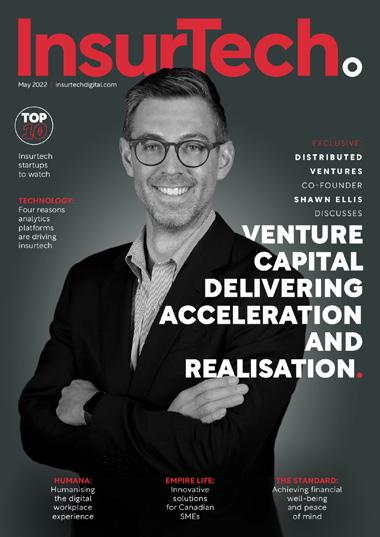



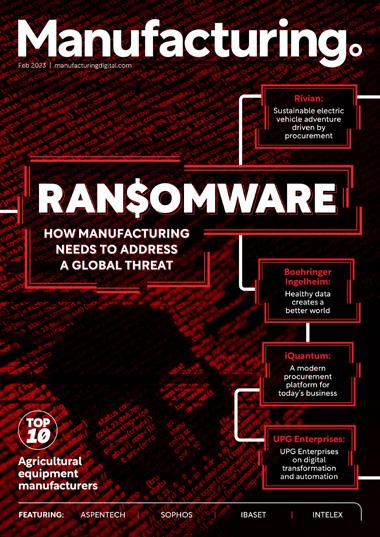
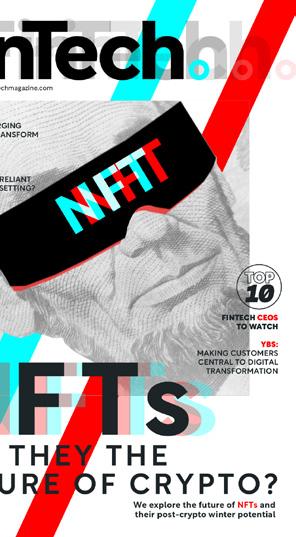
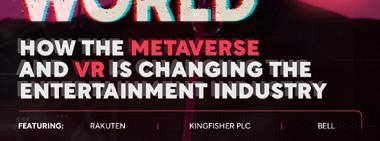

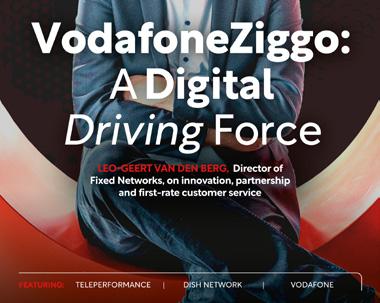

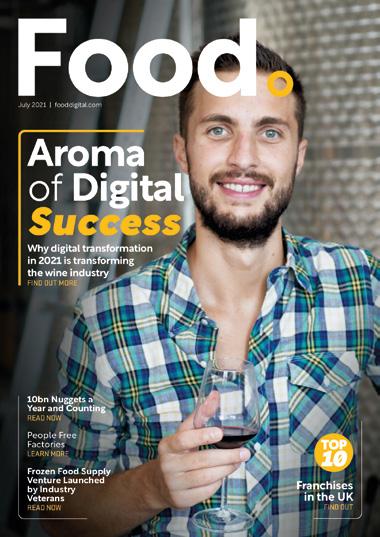

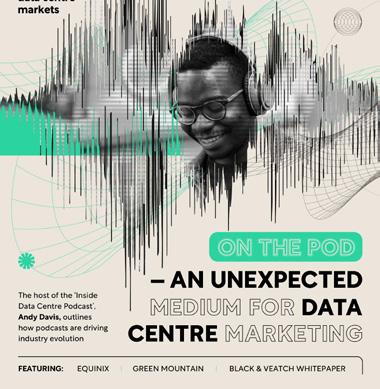
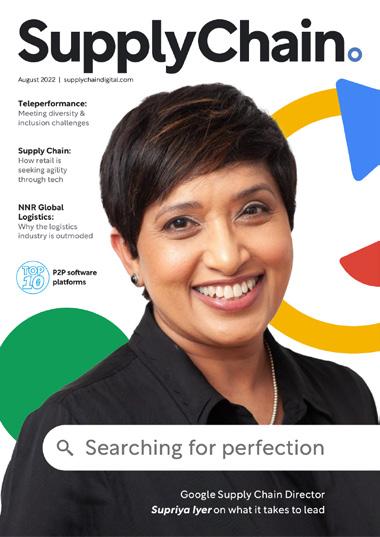


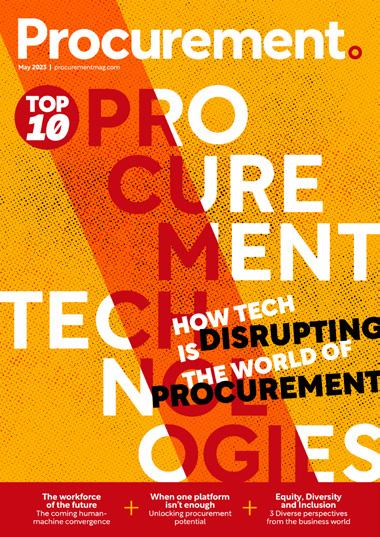


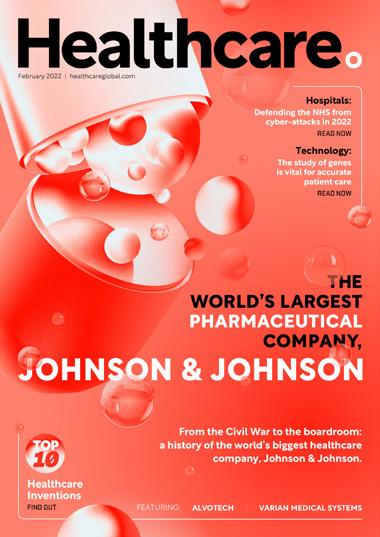






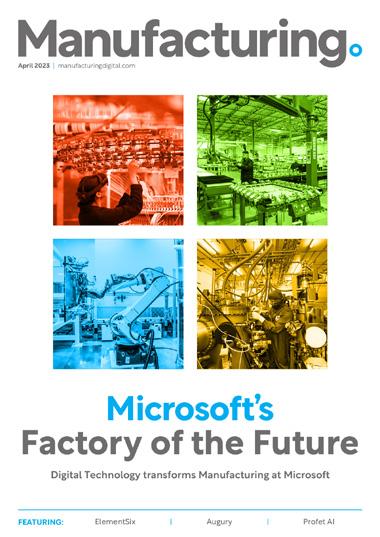






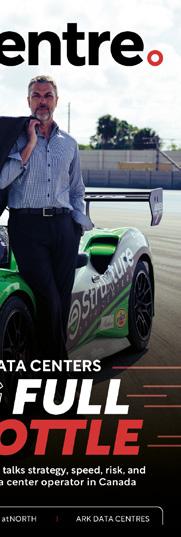












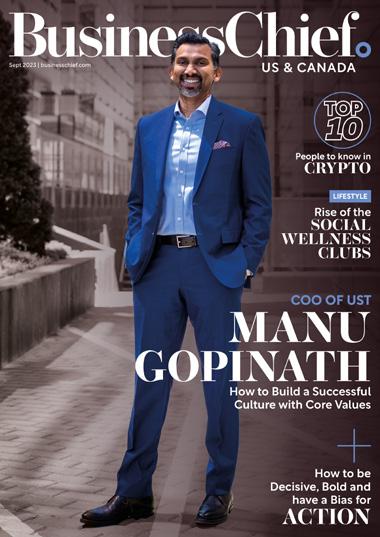





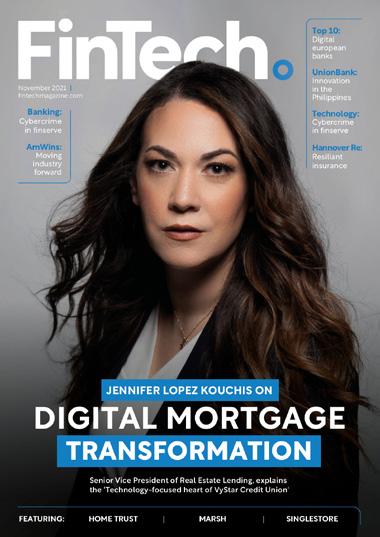

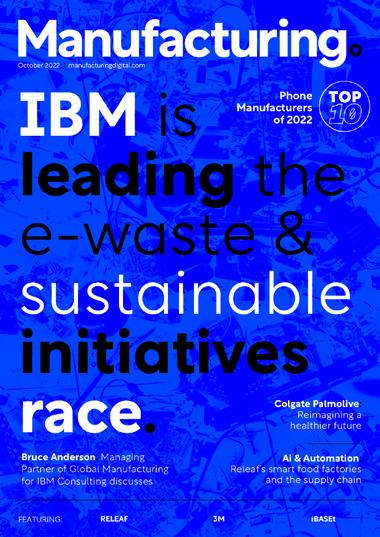





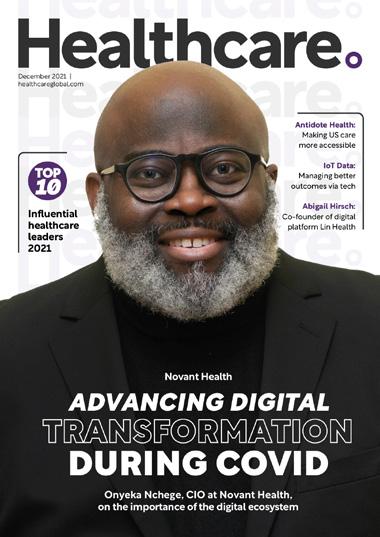


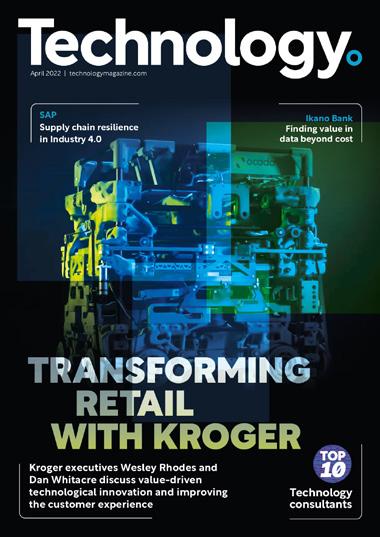


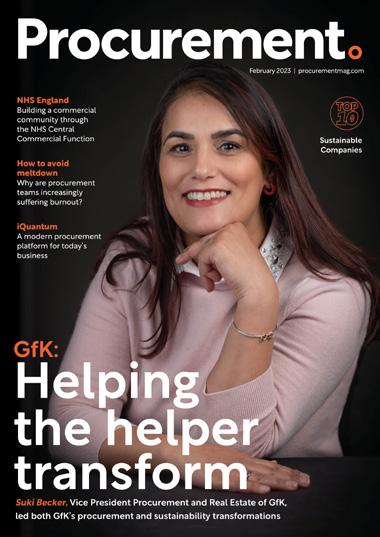




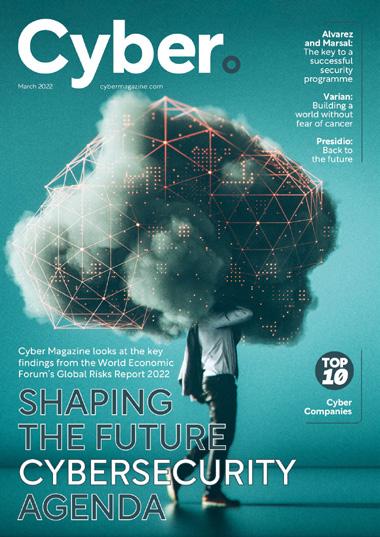
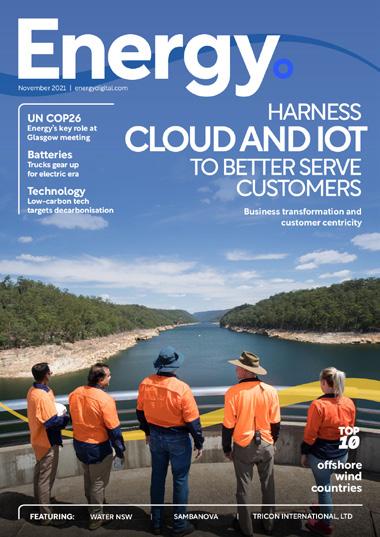
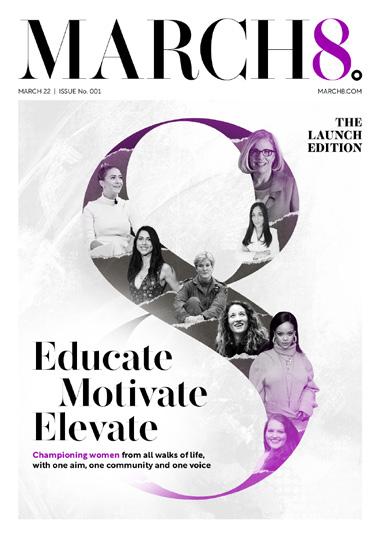
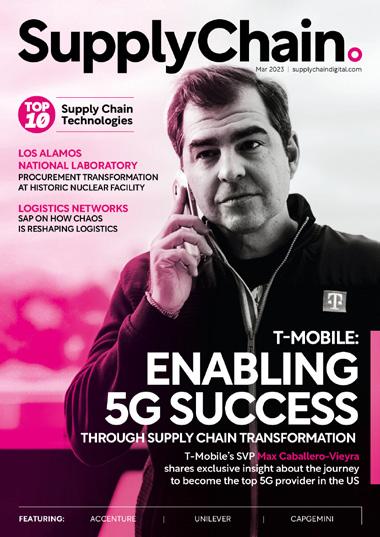
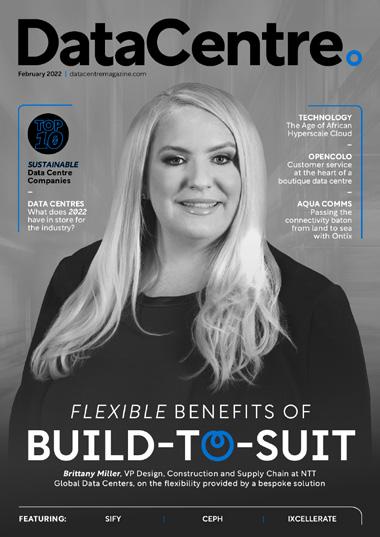


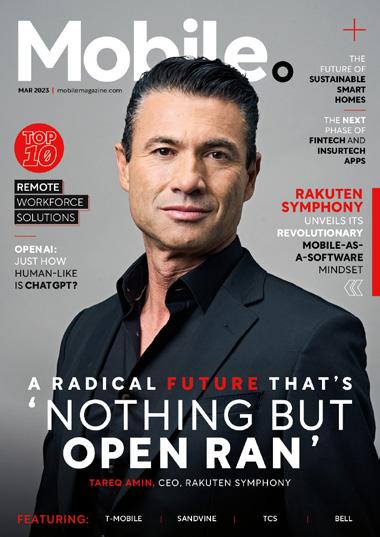
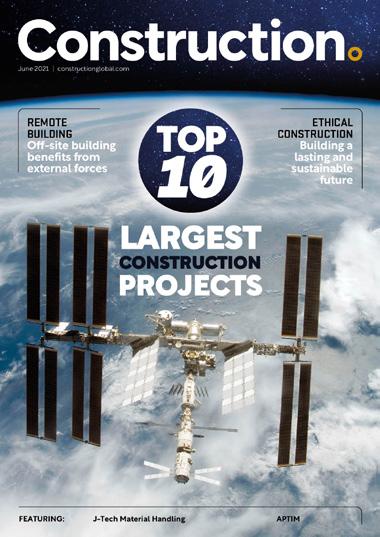

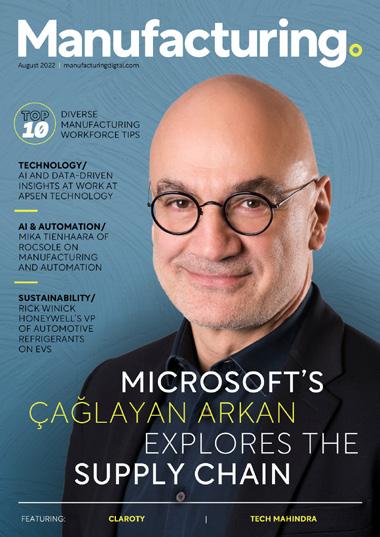




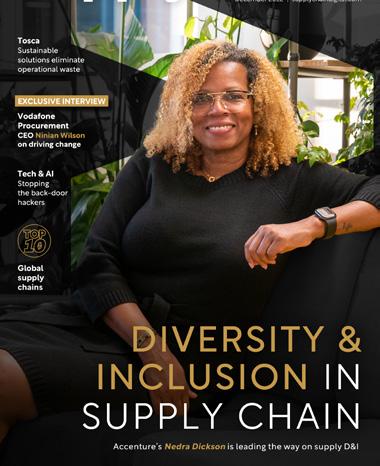
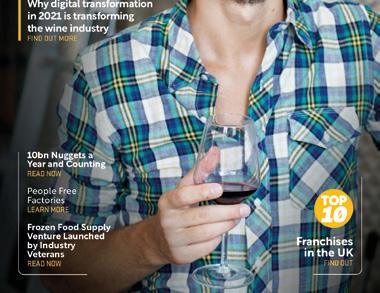
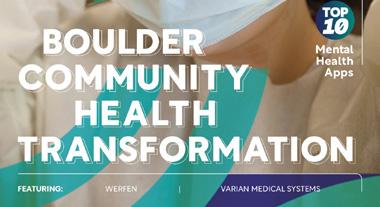
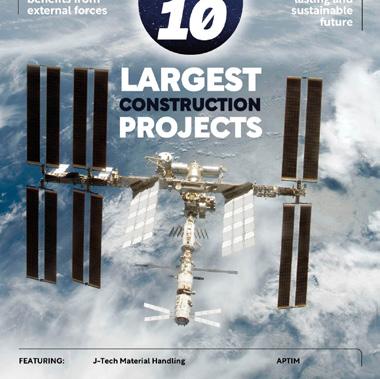






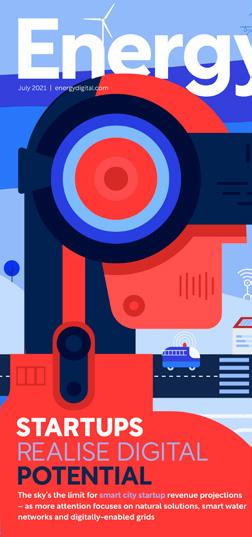

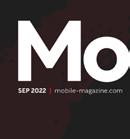


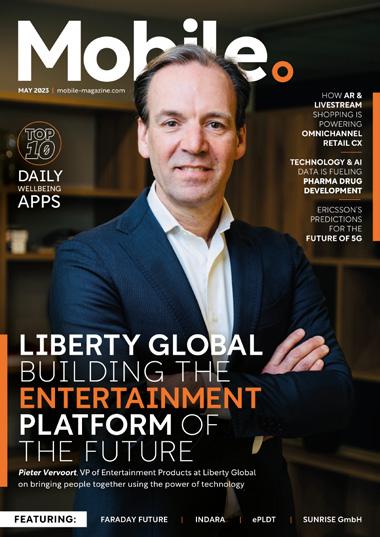


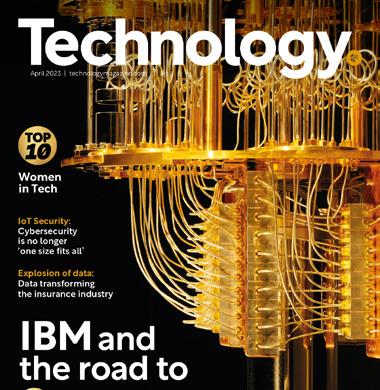



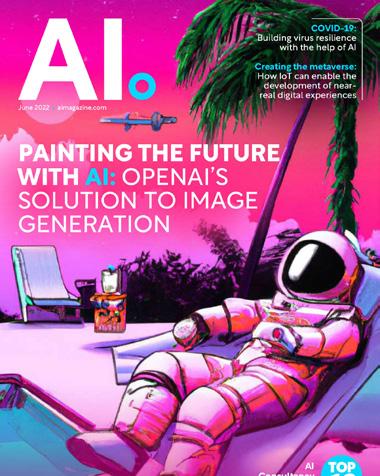


LLast month saw Pride festivities springing up in many countries – from Hungary to Greenland. First officially recognised by Bill Clinton in 1999, June was chosen as Pride Month to pay tribute to the pivotal Stonewall Uprising of June 1969.
Over fifty years later, queer people globally continue to have a varied healthcare experience to that of the heterosexual and cisgender population.
Alongside the higher risk of depression and suicide, higher rates of alcohol use, smoking, stigmatisation, and stress, undefined guidelines and lack of education for healthcare professionals can often lead to unequal treatment from healthcare providers.
LGBTQ+ folks also face legal complications surrounding healthcare across the globe – with some countries having inconsistent and regularly changing attitudes to LGBTQ+ healthcare, while in 64 countries, homosexuality is still criminalised.
It is criminal to be queer in many countries, Qatar – which recently gained international attention by hosting the 2022 Fifa World Cup – and almost 75% of countries in Africa included.
Despite decriminalisation in many countries, there are still many governmental barriers to inclusive healthcare.
“LGBTQ+ people deserve the same healthcare as the cis-heterosexual population in all spaces,” says David Stein, CEO and Co-Founder of Ash Wellness.
Stein applauds the three-site testing for STIs and approaches to pregnancy, parental leave over maternal/paternal leave, and gendered bathrooms that some healthcare providers have adopted: “These are great strides, but there’s so much room for growth and consistency.”
And Stein’s point becomes abundantly clear when you look at the numbers.
20 bills attacking queer rights in healthcare were passed in the US in 2022, with 2023 numbers sharply increasing amid a general rise in anti-LGBTQ+ bills: a total of 417 anti-LGBTQ+ bills have been introduced into state legislatures across the US in 2023 so far, while 45 have been enshrined in law; 13 of these laws ban gender-affirming care for transgender youth
In May 2023, the ‘Protections of Medical Conscience’ bill was signed in Florida that intends to “provide the right of medical conscience for healthcare providers and payers to ensure they can care for patients in a manner consistent with their moral, ethical, and religious convictions”.
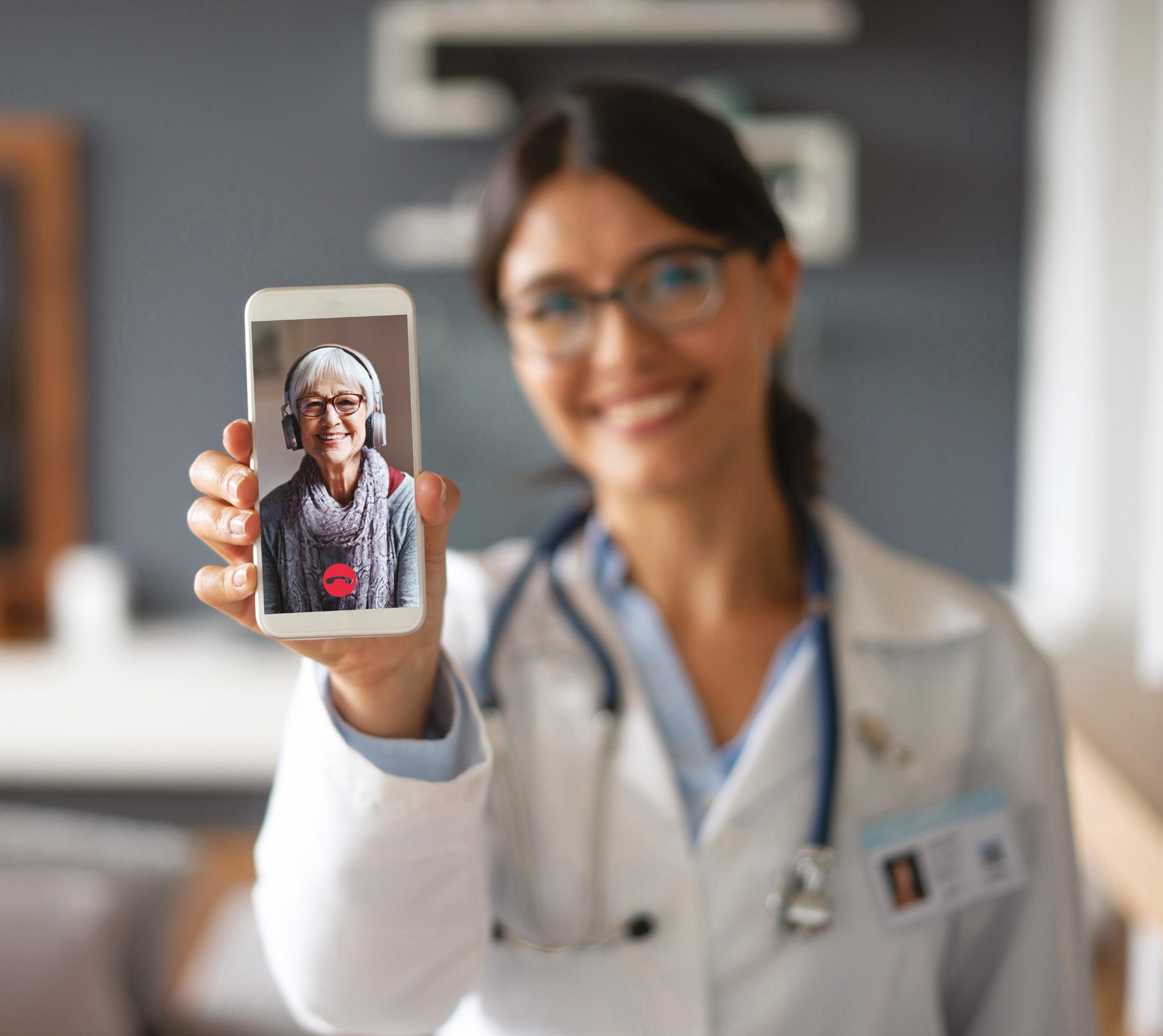
DAVID
Advocates for equality in healthcare fear that the bill allows healthcare providers to deny care based on bigoted views that could negatively affect the LGBTQ+ community.



“It creates a licence to discriminate, and it bars medical boards from disciplining doctors for spreading misinformation,” says Equality Florida, the largest organisation dedicated to securing equality for Florida’s LGBTQ+ community. “No one should be denied access to critical medical care.”
DAVID STEIN
TITLE: CEO & CO-FOUNDER



COMPANY: ASH WELLNESS
LOCATION: NEW YORK
David Stein is the CEO and co-founder of Ash Wellness, the at-home diagnostic company launching remote care services for healthcare organisations and businesses. He holds an MBA from Cornell Tech and a BBA in Finance from The George Washington University of Business.

DAVID STEIN CEO & CO-FOUNDER, ASH WELLNESS
“Nothing is too small to be powerful. Together we can all work toward justice and equal opportunity”
“The message translates to a dangerous and dehumanising lived experience for millions,” Stein emphasises. “It’s been a terrifying year for the LGBTQIA+ community.”



LGBTQ+ rankings
In 2017, the UK Government launched a national survey open to anyone who identified as having a minority sexual orientation, gender identity or had variations in sex characteristics.
It received 108,000 responses, making it the largest national survey of its kind in the world, and became the National LGBT Act ion Plan.
“Our vision is for everyone, regardless of their sexual orientation, gender identity or sex characteristics, to be able to live safe, happy and healthy lives where they can be themselves without fear of discrimination,” says The UK Government Equalities Office.

The state of healthcare for LGBTQIA+ patients | Cameron Leakey | TEDxUOA
Despite these strides, the UK has fallen from its ranking as one of the leading countries in Europe for LGBTQ+ rights to 17th, according to ILGA-Europe.
In comparison, Spain has risen to fourth place - in part due to the introduction of the so-called ‘Trans Law’, which allows Spaniards to change gender markers on official documents without medical certification.
“This law recognises the right of trans people to self-determine their gender identity, it de-pathologises trans people,” Irene Montero, Spanish Equality Minister says. “Trans people are not sick people; they are just people.”
Although the rankings have changed, the UK’s score has not, highlighting that it is not enough to maintain standards in LGBTQ+ rights – if a country is to stay ahead, constant innovation and progression is necessary.
Ash Wellness was established in 2019 to offer at-home testing across the United States, with an aim to prioritise accessible healthcare for all. Based in New York, the company aims to improve accessibility and adherence to medications like PrEP through easy at-home collection.

The path to equality in healthcare for the global LGBTQ+ community is not a simple one – there can be no agreed action that all healthcare professionals should take to improve LGBTQ+ healthcare.
Stein, however, has three key suggestions to improve healthcare for queer people in the US and beyond:
1. “Healthcare providers removing gendered language from materials where possible. Transgender and nonconforming patients deserve
to see themselves represented in the materials, language, and services that healthcare services provide.” The NHS is working to make content as gender neutral as possible, and are actively rolling out sessions to teach their staff, too.
2. “Wider implementation of three-site testing for STIs, reflecting different ways that the LGBTQIA+ population may have sex, while ensuring they receive the appropriate result and subsequent care.”

3. Insurance options for the queer community: “Healthcare and testing is expensive, so it’s crucial to develop programmes that
accept insurance and medicaid/ medicare to reach economically disadvantaged members of the LGBTQIA+ community.”
LGBTQ+ access to targeted and proportionate healthcare has generally improved over time, and activists, charities and organisations are operating globally to strive for equality in healthcare for all.

“Nothing is too small to be powerful,” Stein says.“Together, we can all work toward justice and equal opportunity.”

“Our vision is for everyone to be able to be themselves without fear of discrimination”
THE UK GOVERNMENT EQUALITIES OFFICE






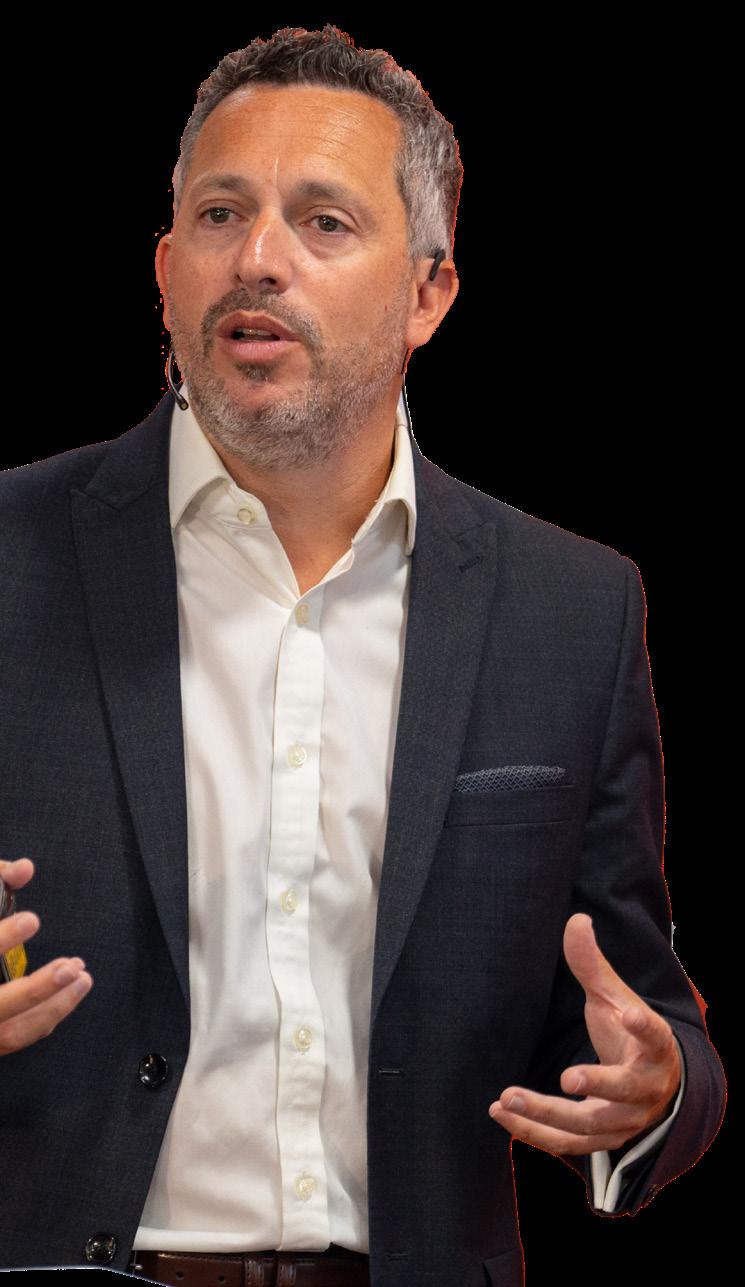

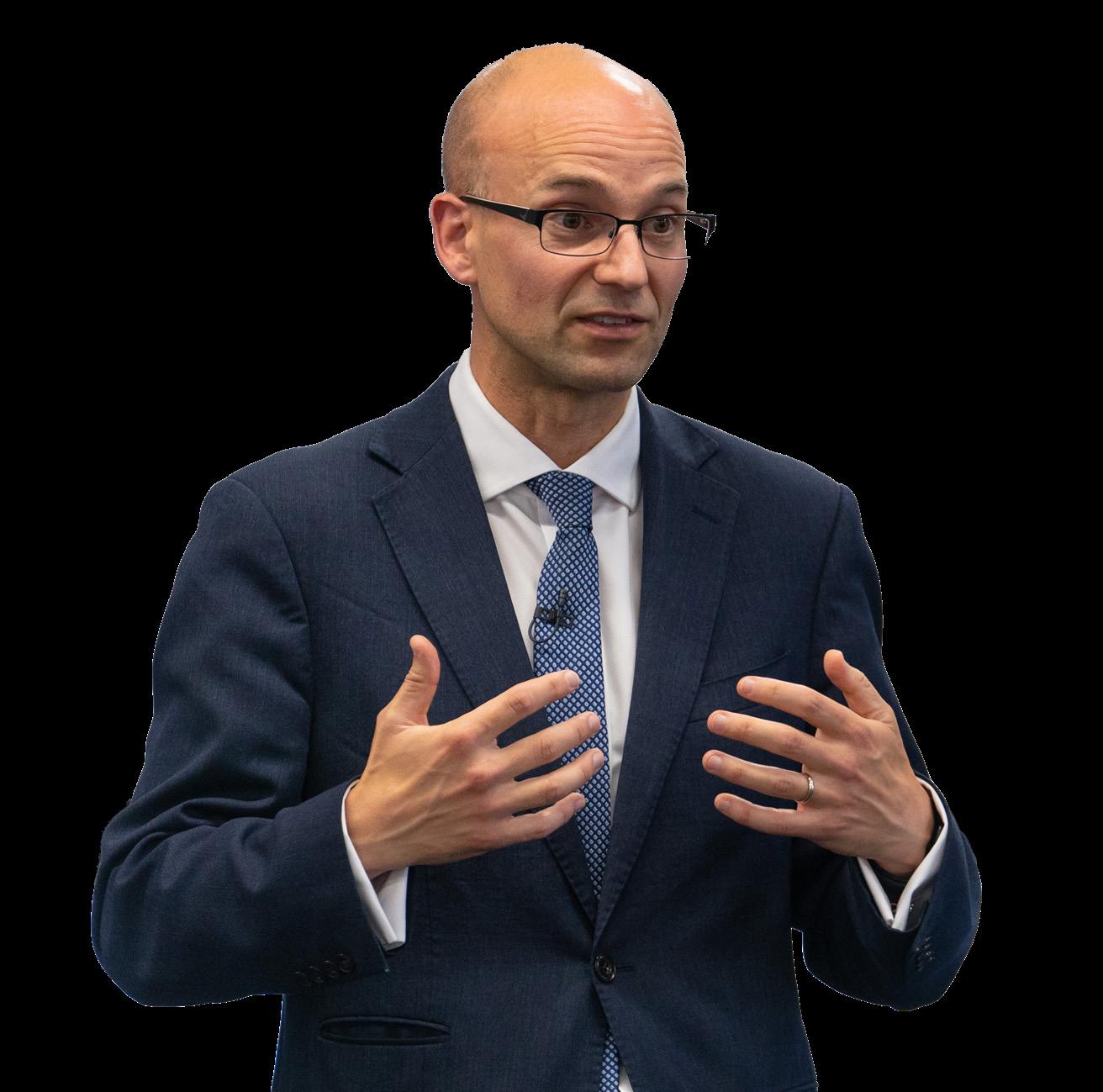

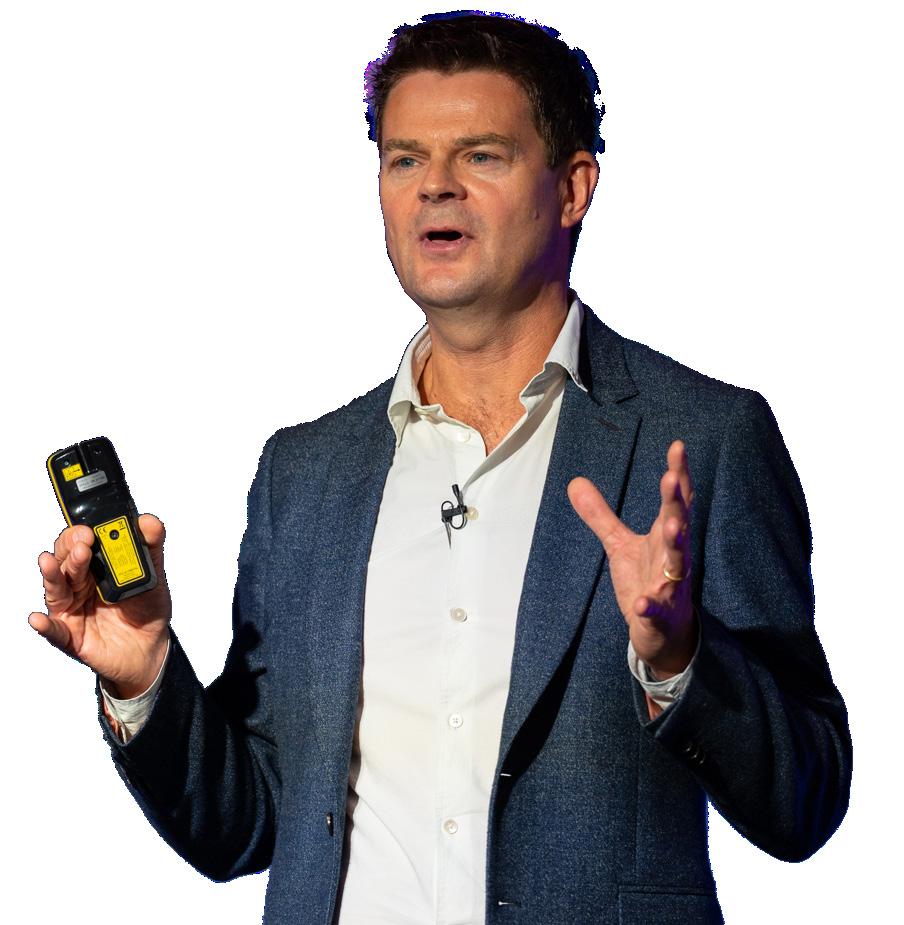





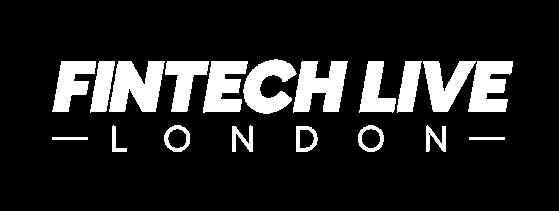


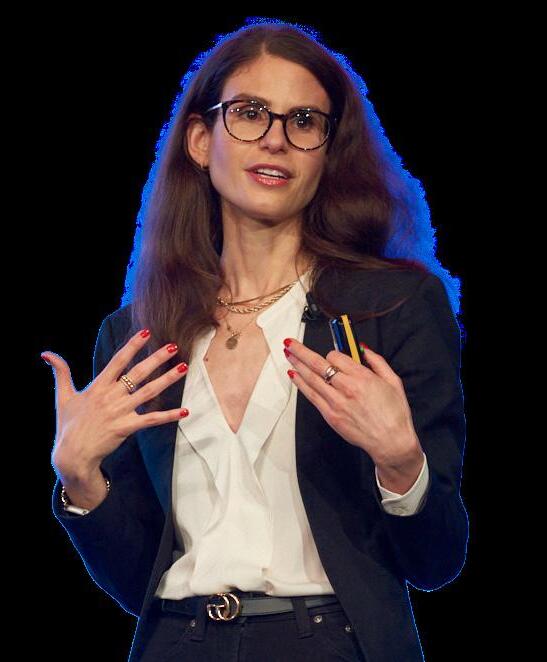


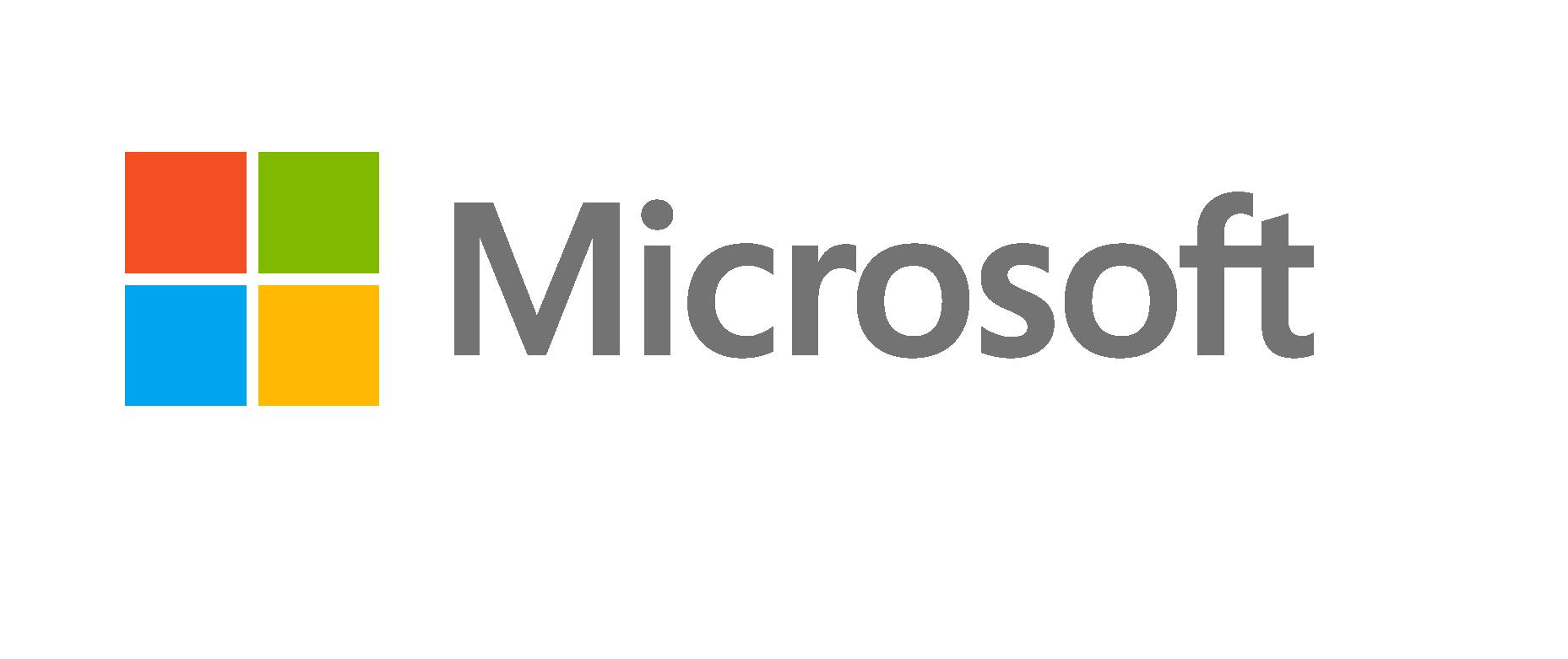 WRITTEN BY: SEAN ASHCROFT
WRITTEN BY: SEAN ASHCROFT

 PRODUCED BY: JAMES BERRY
PRODUCED BY: JAMES BERRY





Supply chain is a complicated industry that typically requires highly trained engineers to oversee, but pharmaceutical (pharma) supply chains take complexity to another level.
As well as the usual litany of supply challenges, pharma has distinct requirements on the handling of materials like a cold chain element, and also faces the perils of product recalls and compliance issues, because the field of medicine is just about the most regulated sector there is.
And then of course there’s the added pressure of how catastrophic any delays might prove, because the medicines being shipped are critical for ensuring patients have access to the medicines they need to maintain their health, or even keep them alive.
While there is a variety of permutations, the most prevalent today is the small molecule pharma supply chain. This chemical-based drug will typically begin with the sourcing of raw materials – active pharmaceutical ingredients – used to manufacture drugs. The manufacturing process involves several stages: formulation, quality control, packaging and labelling. Once the drugs are ready, they are shipped to warehouses or distribution centres, from where they are distributed to healthcare providers, pharmacies and hospitals.

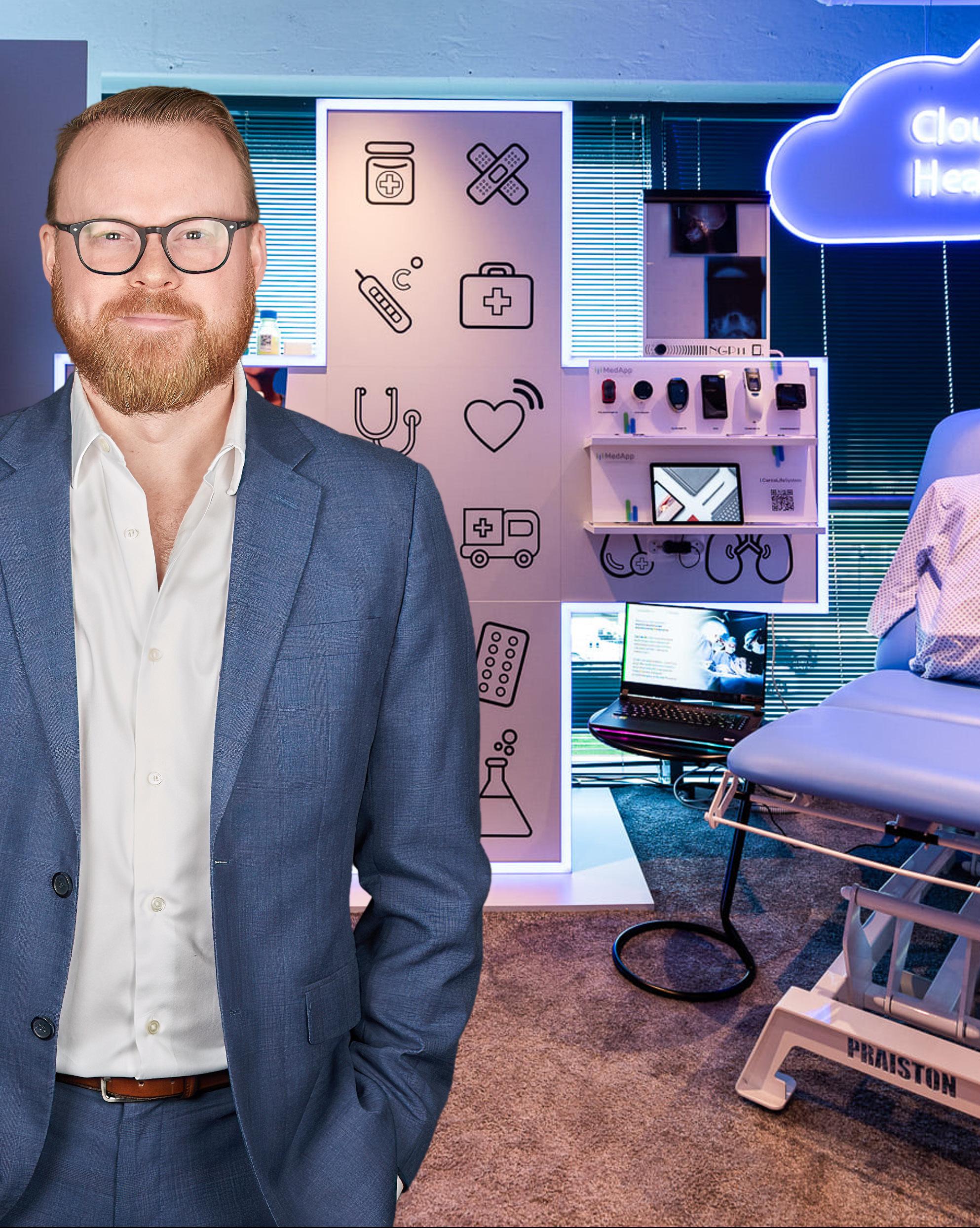
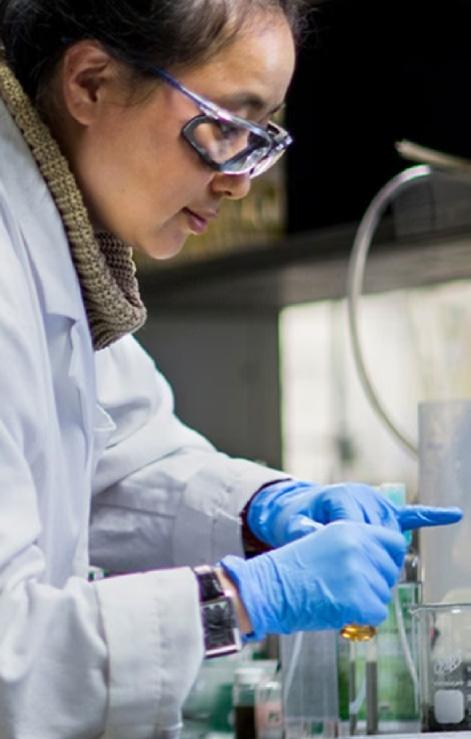



For other forms, like biologics or vaccines, the supply chain is required to keep these volatile medicines stored at the right temperature and humidity, with tracking shipments to prevent counterfeiting and diversion.


To address such challenges, pharma companies are adopting digital technologies such as cloud, blockchain, artificial intelligence and the Internet of Things (IoT) to enhance transparency, traceability and efficiency in their supply chains.
One company that is helping pharma firms digitally transform operations is Microsoft,



“My role is about being a trusted business advisor to empower our top global customers with expertise and proven practices to accelerate their digital strategy”
MIKE J. WALKER EXECUTIVE DIRECTOR GLOBAL HEALTH & LIFE SCIENCES STRATEGY, MICROSOFT
and at the forefront of its offerings is Mike J. Walker, Executive Director, Strategy, Health & Life Sciences.
In his role, Walker is the strategy leader for Microsoft’s supply chain and manufacturing point of view on pharmaceuticals, med-tech and biopharmaceuticals.
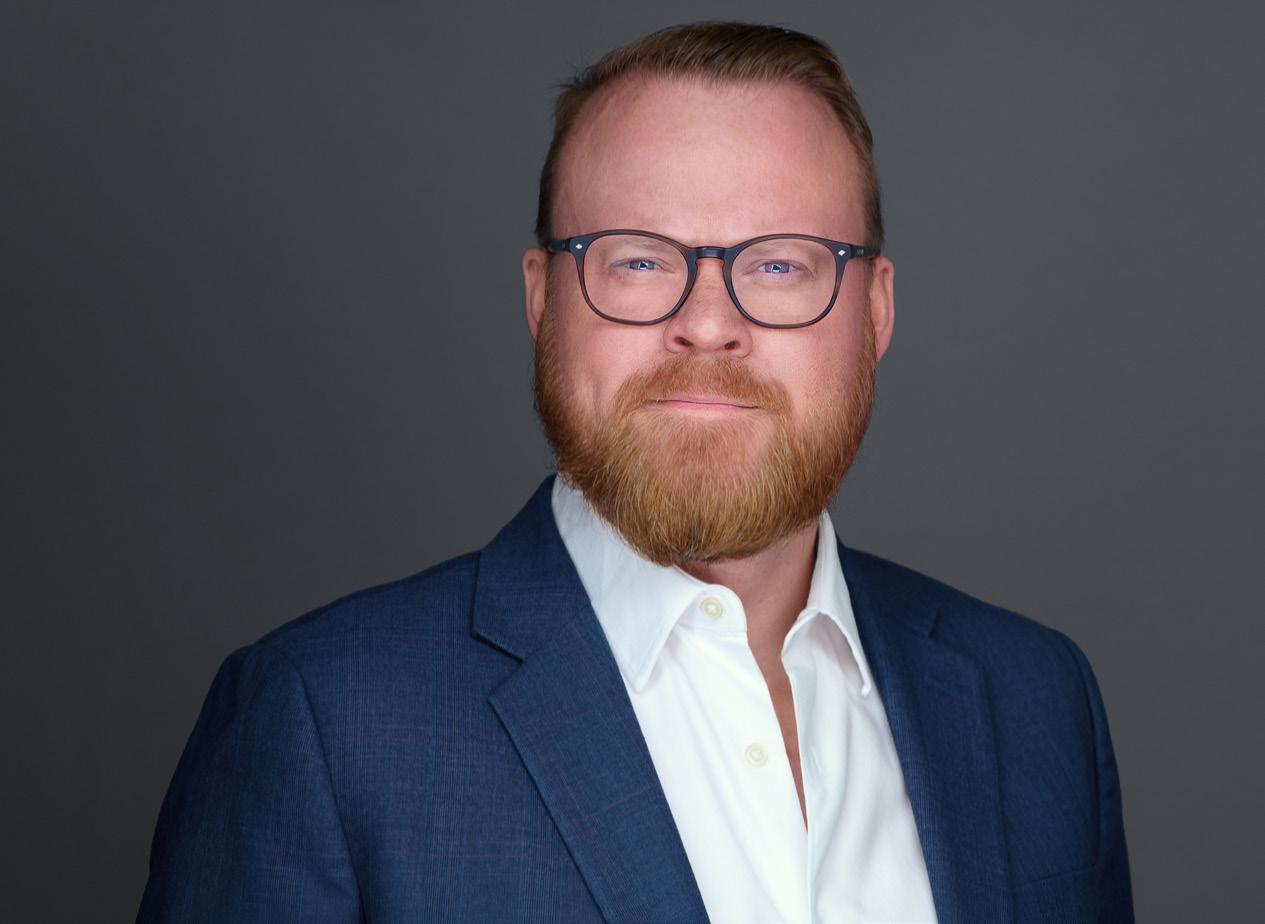
“My role is about being a trusted business advisor to empower our top global customers with expertise and proven practices to accelerate their digital strategy,” he says. “Ensuring that these conversations are business-led with a keen understanding of the pharma business along with the external market risks. As with all industries, technology is always part of that conversation, but the key is to ensure that
TITLE: EXECUTIVE DIRECTOR, GLOBAL HEALTH & LIFE SCIENCES STRATEGY

LOCATION: UNITED STATES
Mike J. Walker is an entrepreneur, futurist, digital strategist, podcast host, global keynote speaker and a best-selling author with a specialty in helping business executives stay relevant in the digital economy.
Walker brings paradigm-shifting digital transformation by leveraging leading innovation practices through experiences with Fortune 500 leaders around the globe.

He has found success in driving pragmatic approaches to large scale problems, an ability to break down large complex challenges into something manageable, along with an insatiable need to bring teams together.
Currently at Microsoft, Walker leads a team focused on life science supply chains and manufacturing.
He acts as a trusted advisor to executives, helping them with some of their toughest challenges. This includes how pharma organisations digitally transform using digital ecosystems, digital twins, AI, IoT and blockchain.




How cloud-based supply chain management specialist Kinaxis is helping pharma navigate transformation, in partnership with Microsoft.



Microsoft’s Azure ecosystem is helping businesses modernise supply chains worldwide, and Kinaxis is at the heart of this important process. Kinaxis provides cloud-based supply chain management (SCM) software called RapidResponse, built on prescriptive AI and automation. This provides organisations with supply visibility and resilience. Supply chains are by nature complex, and involve many operational steps and activities – whether this is manufacturing, procurement or logistics.
Using RapidResponse, planners can create disruption scenarios – such as severe weather events, material shortages or major surges in demand – and use this to make informed decisions, with business outcomes, customer needs and sustainability in mind.

Giovanni Pizzoferrato is Kinaxis CTO and helps define the technology strategy of its customers globally. “We are an amazing global team of engineers and experts,” he says. We are grounded in a ‘people matter’ culture built over nearly 40 years.” It’s a culture Kinaxis brings to its customers through Microsoft Azure,
the cloud computing platform that facilitates access, management and development of applications and services through global data centres. Kinaxis is a Microsoft Independent Software Vendor partner, and co-sells RapidResponse through the Azure Marketplace, where businesses seek out Azure-optimised software solutions.
“We work closely with Microsoft’s industry verticals teams, and interoperate with the MS Supply Chain Frameworks and Cloud Solutions,” explains Pizzoferrato. In terms of pharma supply chains, Kinaxis helps some of the world’s leading pharma companies manage supply chain complexities that are unique to areas like biotechnology, cell and gene therapy, medical devices and over-thecounter medicines. “The regulatory environment is very complex in pharma,” says Pizzoferrato, “so our software uses embedded, attribute-based planning specifically for this challenge.”
He adds that “expiry management” is another critical part of the pharma landscape. “Planners use RapidResponse to get a clear view of what’s on-shelf, what’s about to expire, what the demand patterns look like and what supply plans will meet consumers’ future needs.”
those technology conversations are focused on how strategically relevant they are to your businesses long-term goals. Once we know that, we can have a conversation on how to maximise the value potential of those technologies. That is what really matters for my client’s executive teams.”
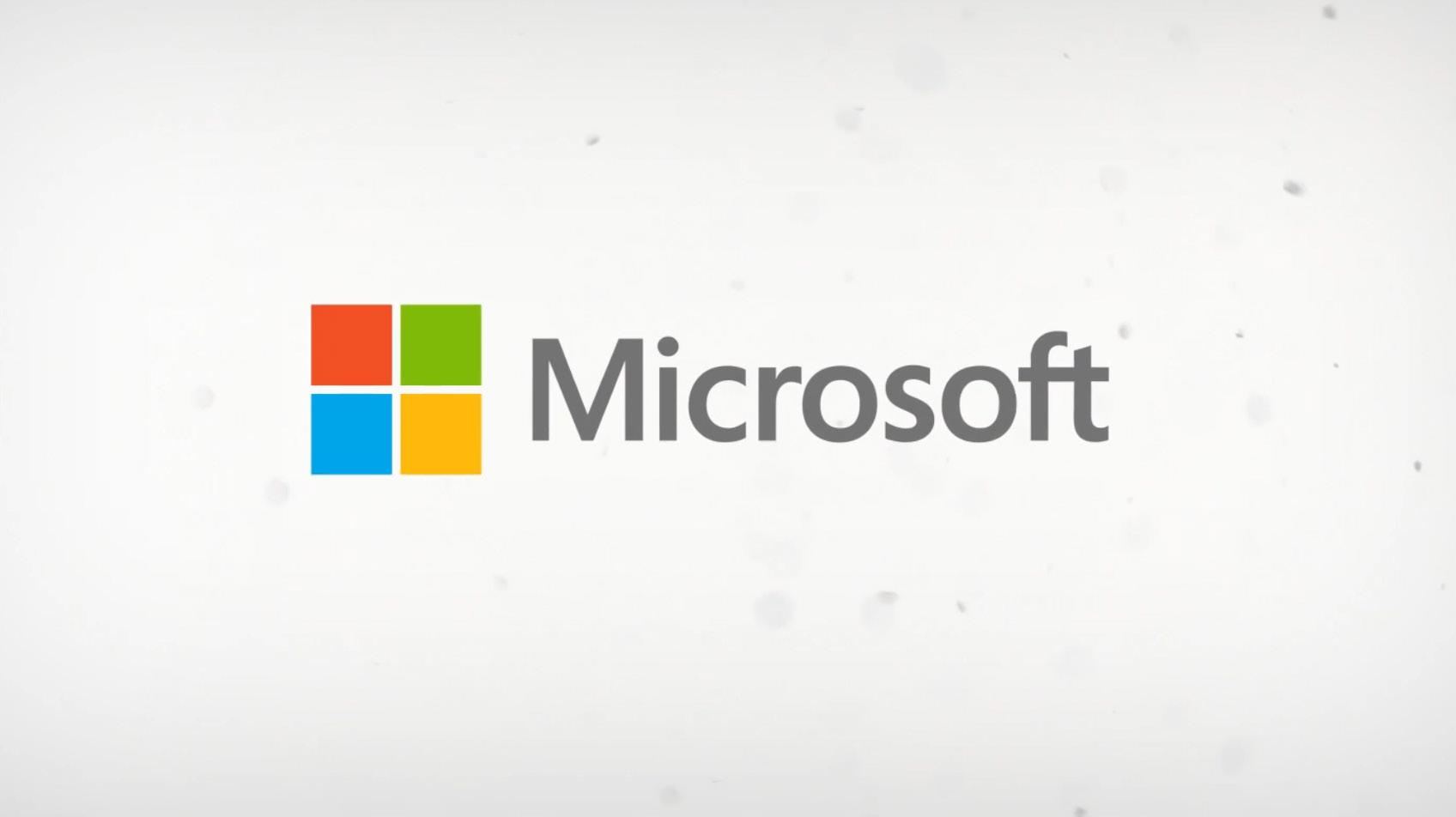

Typically, Walker partners with “decisionmakers” – C-suiters both on the business and technical sides of pharma organisations.
The most challenging aspect of the role, he says, is “the pace and the sheer amount of change happening”. He adds: “When you peel back the onion you find each has subtly different business drivers, different cultures, different personalities and leadership styles. It requires you to employ a level of emotional intelligence to your approach. ‘This is the right answer’ is something that never flies.

Microsoft helping pharma supply chains navigate change
‘I am like a counsellor, only without the couch’
“Instead, provide the executive with a framework to work within and let them drive the conversations based on the guided journey and lots of questions. I am there to shepherd them through proven practices, almost like a counsellor, only without the couch.”
Another challenge stems from the nature of the pharma industry itself.
Walker says: “What most needs changing in pharma supply chains is the legacy mindset and a culture of risk aversion. These organisations fall into the trap of thinking they can’t do something because they’ve always done it that way. With this mindset they don’t ask the right questions.”

Questions, he says, such as: How do we create this experience within the bounds of the rules? Will the market dynamics change that would make this a viable solution? What is the level of risk tolerance we are willing to take? How can we partner with the regulatory bodies to influence change?
On the latter point, Walker says that, in his experience, regulatory bodies like the FDA are “very willing to hear you out if you've got a compelling approach to solving industry challenges”.

As for barriers to digital transformation, Walker says that here things are playing out just as they have in other sectors.
“I see lots of barriers other industries have gone through and have overcome,” he says. “It just takes time. The nice part of having a cross-industry background is I've seen how other supply chain organisations have dealt with this level of change.”

This is why Walker likes to take biopharma clients to visit Microsoft customers in other fields, such as consumer goods. He has also taken them on visits to brewing giant ABinBev Anheuser-Busch.
“Brewing beer is very similar to what a biologics organisation does,” he explains, “so showing them what is possible in a less complex environment is a worthwhile thing to do.”
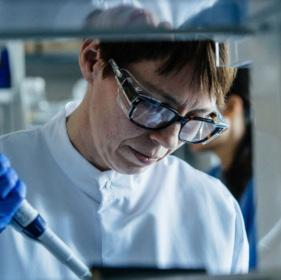
Technology obsolescence is another hurdle, 65% of manufacturing environments run outdated operating systems, he says.
“Even though the intent is to update technology and software, if you’ve got manufacturing equipment running Windows XP on devices supporting your biologics


manufacturing lines, you can’t just shut it down and replace it because that could impact the entire batch worth millions of dollars.”
He adds that from a strategy perspective the challenge is “to not only fix the current problem, but to create an evergreen model that prevents obsolesce from happening to begin with”.
Of course, some of the barriers to transformation in pharma differ to other sectors, particularly around regulation. The FDA’s Drug Supply Chain Security Act (DSCSA), a single federal framework for tracing prescription medications through the supply chain, is challenging the pharmaceutical sector to reach data transaction targets by November 2023.

“We need visibility across the entire value chain, and you can't do that in a sequential, linear, compartmentalised way”
MIKE J. WALKER EXECUTIVE DIRECTOR GLOBAL HEALTH & LIFE SCIENCES STRATEGY, MICROSOFT
“There is much less scrutiny on manufacturing a beer versus a vaccine,” says Walker. “Medicine is treated very differently not only from a supply chain perspective but also from a manufacturing and a sourcing perspective.”
Pharma regulatory environment is unique
He adds: “The entire supply chain looks a little bit different, and the regulatory environment is unique. In an automotive company's supply chain, for example, they don't necessarily have to tell a regulatory body the specific specs of the machines that they will use to make that product.“
And of course, like all businesses across all sectors, pharma organisations are getting

hit from all sides. There’s a rising need to be more sustainable, materials cost more, increased energy costs – especially in Europe – which drives the impetus to do more with less cost. They're also getting hit from a geopolitical perspective, like the war in Ukraine but also, says Walker, economically from a global trade and tax perspective.
“In China for example, there is an increase in operating costs of doing business in China, especially for manufacturers with aspects like minimum wage increasing between 30% and 65% in recent years. Tax rates are also higher across the board due to a unified corporate tax, and with China’s new cybersecurity and privacy regulations, they

have the potential to transform how pharma companies conduct business in China. The most pressing question I hear from pharma executives is, should we stay or should we go.”
Walker also points out that the pharma industry is being disrupted by smaller biotech firms, along with tech-savvy companies. He likens what’s happening here to how Uber and Lyft have changed the taxi business.
“It’s the same in the pharma industry, where you've got countless small biopharmas that, from an R&D perspective, are pumping out way more patents than the traditional players.
“A lot of that has to do with their ability to be nimble and they also leverage technology at its fullest. With the bigger organisations you've got a big ship to turn, and you've got a lot of moving pieces.”
Technology is a conversation for later in the relationship
Technology is vital, but Walker says it is “always a conversation I have later in the relationship”. But it is very much a conversation that needs to be had, because many supply chains as they stand are simply ill-suited to being digitally transformed.

“Supply chains can be very linear,” he says. “The connections between the ecosystem of partners can be brittle and fragile, and there is a growing need to make sure supply chains are modular, dynamic and provide transparency across the entire value chain –and you can't do that in a sequential, linear, compartmentalised way with technology.”
He adds: “You have to do it in a way now that is much more decentralised than what it was before. There's a significant amount of processes around reconciliation of data that is introduced because of that.”

“
Many of my customers are regional ecosystem hubs that serve specific markets”
MIKE J. WALKER EXECUTIVE DIRECTOR GLOBAL HEALTH & LIFE SCIENCES STRATEGY, MICROSOFT
Walker observes that this requires “an ecosystem approach” – supported by a common “data fabric” that allows organisations to digitise their supply chains in a meaningful way.
On this note, Walker has partnered with Kinaxis, a ‘visionary leader in supply chain’ solutions, according to analyst firm, Gartner.
Walker believes that leveraging the power of the Microsoft Azure cloud platform together with Kinaxis' solutions will provide pharma organisations with an agile and autonomous supply chain platform,
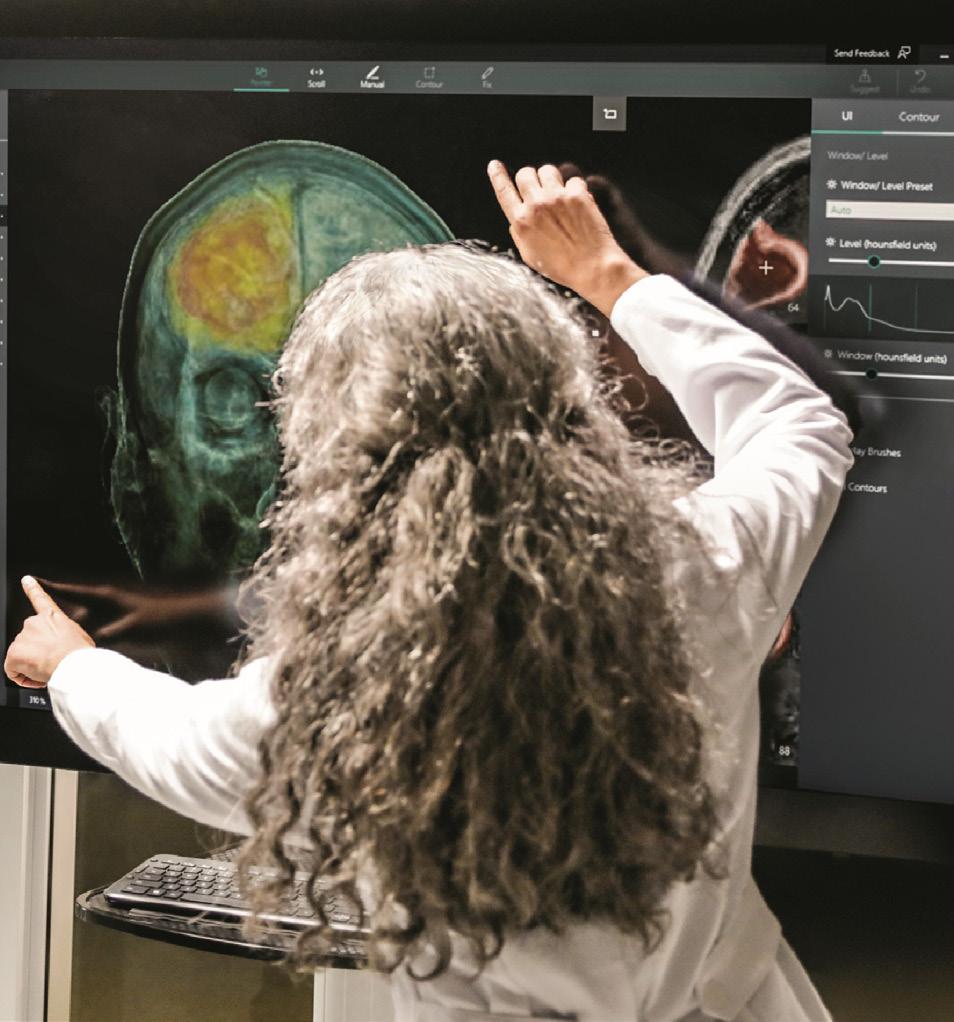


which are essential in today's rapidly changing business environment.



He says: “This combination of capabilities enables a digital ecosystem platform for pharma supply chains that uses advanced analytics and artificial intelligence to analyse data from across the supply chain, including suppliers, customers, and internal systems.
“It can also integrate with other systems, such as ERPs, MES, CRMs, and logistics systems, to provide a comprehensive view of the entire supply chain.





Walker recounts a past conversation he had with a pharma company.
“They were talking about how one of their key priorities is to digitise all instances of paper use,” he says. “On the surface
“But I asked if this meant putting scanners into their factories at each process-step to make sure that all paper was scanned, and then entered into a document management system.
“Then I asked if they wanted instead to solve the root problem, which was fundamentally how to reinvent the business process and how data is handled.” This, he says, requires a rethink of the organisations’ relationship with data
Walker says he knows of pharma organisations that are leveraging digital twins for an end-to-end view of their supply chain. But does this tick all the boxes that need to be ticked, even? Probably not, he feels.
“When you look at these digital twins there's different levels and types. You have layers of digital twins that coexist within an organisation. Some represent the asset itself. Some represent the people and the interaction. Some represent the process, and others represent the facility or the
Walker says that what is needed, and often lacking, is a strategy around creating “a common data platform that is able to create digital threads to connect all of this data”, and “a full genealogy of everything that was involved in the creation of all these layers of digital twins”.

What makes Microsoft unique is our commitment to industry specific standards

and communities, such as the Open Manufacturing Platform, the OPC Foundation, the Digital Twins Consortium and our innovative partner ecosystem, coupled with composable and extensible solutions that seamlessly connect people, assets, workflows and businesses processes. Our technology is giving businesses more intelligence and visibility than ever before and making operations more adaptable.
Looking at the bigger geopolitical picture, Walker says pharma companies are changing the shape of their businesses, by stepping away from globalisation.
“I've heard from four very senior executives in the pharma supply chain that globalisation as an approach is dead,” he says. “Now it's more about de-globalisation and modularity. Many of my customers are creating an ecosystem of ecosystems strategy whereby they are regional ecosystem hubs that serve specific markets. However, each one of these is still loosely connected and provides a level of autonomy but also flexibility.”
Walker references McDonalds here because “they solved this problem in the fifties with the franchise model”.

He adds: “Why make every one of your factories unique and bespoke when you can create a franchise model that provides speed, modularity, and flexibility through a common set of methods and standards? For example, maybe it would be possible to take an oral solid dose drug and make the manufacturing and supply chain 90% standard across all applicable factories.
“This also gives you a level of nimbleness and agility in the marketplace that you won't have in linear supply chains with bespoke factories.”


Patients in recovery would rather be at home than in crowded hospital wards; Doccla explains how virtual ward technology makes this possible
WRITTEN BY: HELEN ADAMSDoccla is a virtual hospital, proud to be the fastest growing and leading provider to the NHS of virtual wards in the UK, partnering with hospitals to enable early discharge and reduced readmission across a wide range of patient groups. Its end-to-end solution is device agnostic, integrated with local systems, and delivers data-driven insights. As an accredited healthcare operator, Doccla provides additional clinical capacity – not just technology – to reduce hospital workload.
Martin Ratz, CEO & Founder, has been an entrepreneur for nearly 20 years, primarily in the healthcare industry.
“I’m one of the founders of Doccla along with my colleague and fellow tech entrepreneur, Dag Larsson. Together, we founded Doccla in 2019 with the intention of improving patient experience of hospital care by keeping them out of hospital unless it is absolutely necessary for them to be there.”
As Doccla’s Chief Medical Officer, Greg Edwards’ role involves the medical oversight of Doccla’s remote patient monitoring solutions.
“One of my previous roles was as Chief Clinical Officer at NHS Digital, where I provided leadership to NHS Pathways and the NHS website, so I have first-hand experience working with our NHS, and continue to do so as Doccla expands, providing virtual wards to more and more NHS Trusts.”

After an unexpected heart attack in 2017, Ratz’s own personal experience of staying in the hospital and the lack of aftercare once being discharged led him to the conclusion that a revolution in the hospital care system was needed.

“Something needed to be done to use new technology and keep patients away from the hospital,” says Ratz. “Back then, hospitals were using very outdated technology. By using modern technology, it is easy for clinicians to monitor patients at home, which improves patient aftercare and minimises readmissions.”

Ratz and his team created a virtual hospital ward, using remote medical monitoring technology to enable the early discharge of patients from hospitals.
Having completed his training as a General Practitioner in 2007, Edwards later discovered a passion for medical management, taking up leadership roles including Senior Clinical Director at Greenbrook Healthcare and then Chief Clinical Officer at NHS Digital.
“My continued fascination with the ability of technology to enhance patient care led me to work with Doccla, providing an end-to-end virtual ward service, offering customer service support and clinical capacity,” he says.
Today, Doccla is present in nearly 30% of all Integrated Care Systems (ICS) in the UK, with patient intake from over 20 hospitals. Current clients include a number of NHS trusts across the country – Northampton General Hospital,
“Something needed to be done to use new technology and keep patients away from the hospital”
MARTIN RATZ CEO & FOUNDER, DOCCLA
Cambridgeshire Community Services, Hertfordshire Community Trust, NHS BNSSG Integrated Care Board and Solent NHS Trust.
“Doccla’s virtual ward technology enables the early discharge of patients while remaining under the care of clinicians, thereby minimising NHS costs and workload pressures,” says Ratz. ”To date, Doccla has already saved thousands of bed days for the NHS and for client health trusts, achieving a 29% reduction in emergency admissions and a 20% reduction in A&E attendance.”
The UK is currently suffering from intense pressures and record waiting times for NHS services, as well as ongoing strike action by nurses and ambulance staff. The hospital bed crisis and NHS staff crisis can certainly be improved with the help of virtual ward technology.
“Delayed discharge puts huge pressure on emergency departments and ambulances,” says Edwards. “Doccla’s solution means that patients can be discharged early while remaining under the care of clinicians, thus reducing the need for patients with long-term or chronic health conditions to visit hospitals in the first place. This reduces patients taking up much-needed hospital beds, freeing up hospital capacity by creating bed space in busy hospitals.”

“We also offer tech support for any patients unfamiliar with digital healthcare”
MARTIN RATZ CEO & FOUNDER, DOCCLA

Furthermore, as an accredited healthcare operator, Doccla provides additional clinical capacity on top of technology to reduce hospital workload, alleviating pressures on frustrated and overworked NHS staff.

“Doccla has its own full clinical team of specialists who support the NHS with the clinical monitoring,” explains Ratz. “We also offer tech support for any patients unfamiliar with digital tech and how to use it. This further helps to ease the pressure on the trust’s staff.”
Virtual wards were initially set up to treat COVID-19 patients as a coping tool for the many overwhelmed hospitals that had run out of beds.
“Pushed to its limits by the pandemic, the NHS has struggled to recover and is constantly stretched. There is simply not enough bed capacity in the hospitals or enough staff to cope with the numbers
of patients,” said Ratz. “Delayed discharges are a major cause of the immense pressure the NHS is facing. Patients who are medically fit enough to be discharged can’t be because there are no after-care packages or care home beds available for them.”
“That clinical hub can also send medical staff out to people’s homes to check up on them,” explains Edwards. “Several integrated care systems are launching virtual wards in partnership with Doccla. Patients are provided with a tailormade box of equipment, including smartphones with

“Doccla’s solution means that patients can be discharged early while remaining under the care of clinicians”
GREG EDWARDS CHIEF MEDICAL OFFICER, DOCCLA
a large font that is easier to read for those with poor vision.
“Virtual ward monitoring works in a similar way to traditional ward rounds in a hospital, with patients submitting data once or twice a day, which is then reviewed by a clinician. Others who need more acute care can stick a patch on their chest that syncs with the app so their heart rate is constantly monitored. If it goes above or below a certain threshold, the clinician will be alerted.”
Doccla enables patients to recover at home as soon as possible after a hospital

stay, ensuring a far better overall experience than lying in a ward surrounded by strangers for days on end. People want to spend as little time in hospital as possible and to avoid hospital visits where they can, particularly as frequent visits and long periods of time spent in hospital can be damaging to the mental and physical health of older patients.
“I believe that virtual wards will become a standard mode of care for the next generation. We are very much driven to make the NHS work better for all involved and keep patients out of hospital,” said Ratz.

 WRITTEN BY: HELEN ADAMS
PRODUCED BY: TOM VENTURO
WRITTEN BY: HELEN ADAMS
PRODUCED BY: TOM VENTURO
OSF HealthCare is an integrated health system owned by The Sisters of the Third Order of St. Francis. It is headquartered in Peoria, Illinois and has 15 hospitals, including 10 acute care and five critical access. There are a total of 2,084 licensed beds and 24,000 Mission Partners in over 150 locations. Roopa Foulger has worked at the Catholic healthcare organisation for 14 years.
“We are a comprehensive health system and also have a digital health arm,” she says. “Fortune Magazine has recognised us as one of the most innovative companies in the country for 2023 – this is a huge testament to what the organisation has invested in innovation.
“My role at OSF is Vice President of Digital Innovation Development. In that role, I focus on building innovative digital products for what we term Horizon 2 and Horizon 3.”
Foulger, who has a background in software engineering, is passionate about utilising data for automation and enhancing user experiences. One innovation that OSF built during the pandemic was a texting-based communication platform, which had a 520% increase in adoption from patients compared to traditional means.
“We’ve also created a data hub, which enables all of our digital health operations with 25 different sources of data. My focus is anything around adjacent and breakthrough digital innovation that supports our patients or our caregivers.”

Roopa Foulger of OSF HealthCare harnesses technological innovation to advance patient monitoring and telehealth, in partnership with Current Health

It was the desire to make an impact on people’s lives that drove Foulger to the healthcare industry.
“I enjoy enabling patients to be more connected and helping to improve their health. Also, given my background, I’m excited about using data to help reduce costs and expand services for our patients, as well as for our healthcare system. A recent study by Harvard and McKinsey showed that artificial intelligence can save healthcare industries at least US$360bn annually.

“These data points help us: classify the problems; match expertise with clinical availability; plan diagnostics and therapy for the patients; and also provide support for our clinicians at the point of care”
The intersection of technology and remote patient care Technology has always played a crucial role in achieving better care, lower costs and improved experiences. More recently, there’s been a focus on the intersection of technology and remote patient care.

TITLE: VICE PRESIDENT OF DIGITAL INNOVATION DEVELOPMENT FOR OSF HEALTHCARE
LOCATION: ILLINOIS, USA
Roopa
Foulgeris Vice President of Digital Innovation Development for OSF HealthCare. Her team develops new digital technologies to attract and guide patients through their healthcare journey. Foulger has been with OSF since 2009. With 25 years of experience in data and enterprise information management, analytics and product development, Roopa drives technology strategy for the healthcare system’s digital transformation. She also leads research at the OSF Innovation Data & Advanced Informatics Lab, building adjacent and breakthrough solutions in data science and artificial intelligence (AI). Her Lab focuses on cancer, promoting health equity and finding solutions for chronic disease conditions.

“I’m really excited to be part of a team that is enabling and creating those models to support and benefit our patients as well as our providers.”
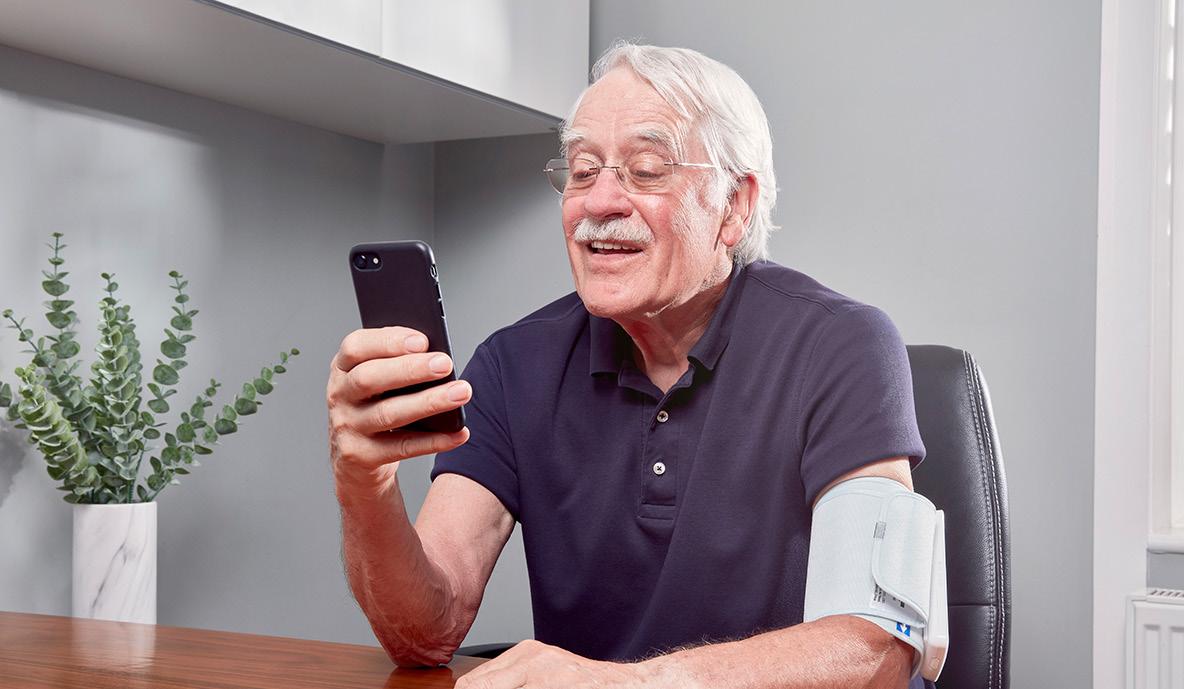
The OSF OnCall Advanced Care program is led by a multi-disciplinary team dedicated to providing in-home disease management for patients with complex conditions.
The team relies on Current Health’s platform to assess patients’ health needs, manage their care and provide education and support– all in the comfort of patients’ own homes.
1. Connected devices for broad data capture
Combine data from remote patient monitoring devices with patient-reported symptoms to provide a holistic look into health at home.
2. Patient communication and human touch
Asynchronous messaging and video calls allow for ongoing connection and deeper insights into patient wellbeing.
3. Risk identification
Identify when a patient needs clinical attention through configurable clinical pathways and clinical alarm algorithms tailored to the individual or population.
4. EHR Integration
Integrate with leading EHR systems to simplify workflows and a create a single picture of patient health.
5. Comprehensive support
Get programs up and running quickly with robust services for patient kit logistics, 24/7 technology support, and clinical monitoring.
~400 patient census
Spend index decreased from 1 to .71 pre vs. post enrollment
95.7% of patients would recommend the service to others
Multiple clinical pathways, including asthma, diabetes, CHF and COPD
“Through the Current Health platform, we’re able to track the clinical data points that are relevant for each patient and see how their condition is improving or deteriorating from day to day.”
Beth Wharton, Manager of Virtual Care Operations for OSF OnCall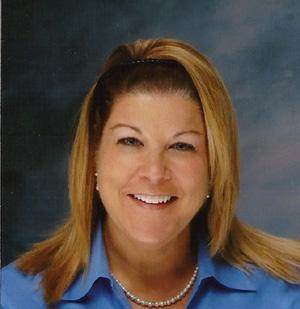
Current Health, from Best Buy Health, provides an enterprise care-at-home platform that enables healthcare organizations to design, launch, and scale safe and effective programs to deliver care outside of the four walls for a hospital by providing the technology backbone as well as end-to-end support services.
LEARN MORE
“We have our digital-first strategy with human connection,” Foulger says. “It’s not just technology, as there’s always a human at the other end that the patient can connect to. Our remote patient monitoring platforms for proactive and personalised support are one intersection of how technology supports the healthcare sector.”
From a digital perspective, OSF focuses on swiftly responding to community needs with virtual care. The company uses trained community health workers that are digitally enabled.

“We call them digital health navigators, who help in expanding access to our underserved populations, such as those in rural areas. We implement remote patient monitoring programmes for specific conditions swiftly.”

“Our remote patient monitoring platforms for proactive and personalised support are one intersection of how technology supports the healthcare sector”
ROOPA FOULGER VICE PRESIDENT OF DIGITAL INNOVATION DEVELOPMENT FOR OSF HEALTHCARE, OSF HEALTHCARE
Last year, there was an outbreak of RSV in young children and babies, yet it took OSF less than a week to support the parents and the babies remotely with monitoring and the ability to escalate to video visit if necessary.
Another group of patients is benefitting from a remote patient monitoring (RPM) programme that is providing support for some women in between medical appointments.
“We added 24/7 RPM and communications for our pregnancy and postpartum patients. Medicaid patients are the most vulnerable in terms of access to and quality of care. We added that last year in August and we’ve seen nearly 1,500 patients enrolled.”
OSF has been expanding some of these programmes in communities where other hospital systems have decided to suspend services. In addition, the non-profit healthcare organisation is utilising real-time patient data in multiple ways.
“It’s a valuable indicator for intervention and decision making for our providers. We also use the real-time data to enhance our AI model, with the end goal to improve patient outcomes and enhance care quality for our patients.”
One of the things that patient data can be used for is patient records, as Foulger explains: “Over the years, we’ve built a comprehensive set of longitudinal data around our patients. These patient health records look at the continuum of what care

the patient has received since they arrived at our premises.”
This helps the team at OSF see patterns and gain insights about who is at risk, for example, of hospital readmissions, based on their health history and their choices.
“These data points help us: classify the problems; match expertise with clinical availability; plan diagnostics and therapy for the patients; and also provide support for our clinicians at the point of care,” Foulger explains. “The fact that we’ve built this data over time also helps us understand how we can personalise care for our patients and provide assistance. We’ve also built a number of algorithms that help us with risk identification.”
OSF OnCall, the system’s digital health arm, offers telehealth and digital tools that support patient engagement to promote better individual and community health. In rural communities, where it is challenging to hire and keep specialists, OSF OnCall offers remote monitoring for ICUs and telehospitalists.
“We have a hospital-at-home programme, it’s a digital hospital. We also have a chat bot that was developed early during COVID-19 for care, which is used to help triage patients. The patients who are digitally savvy can use it to direct them to the point of care,” says Foulger.
OSF also has a nurse hotline that serves a similar purpose.
OSF leverages technology that gives the healthcare organisation the opportunity to connect with patients through educational microsites, text alerts and two-way text messages as well as phone calls for appointments and screening reminders. Data identifies patients who have missed

“I’m excited to be part of a team that is enabling models to benefit our patients and providers”
ROOPA FOULGER VICE PRESIDENT OF DIGITAL INNOVATION DEVELOPMENT FOR OSF HEALTHCARE, OSF HEALTHCARE
appointments or are likely to miss appointments and provides opportunities to get re-connected with important care.
“We ask if they need any support in making sure they’re able to reach those appointments,” Foulger says. “We have so many different channels to reach out to our patients. We’ve seen a 520% increase in the response rate from our patients using different means and how we connect with them. We’ve also seen increased responses in some of the screening metrics for Medicaid patients.”
As Foulger asserts, Medicaid patients are often the most vulnerable: “In terms of
getting access to care, we’ve doubled our mammogram rates of patient compliance since we’ve used digital means to connect with them, communicate and engage.”
Increased accessibility has also enhanced the patient experience at OSF. The two-way targeted communication allows the organisation to help patients know their health challenges and become more engaged in their own care.
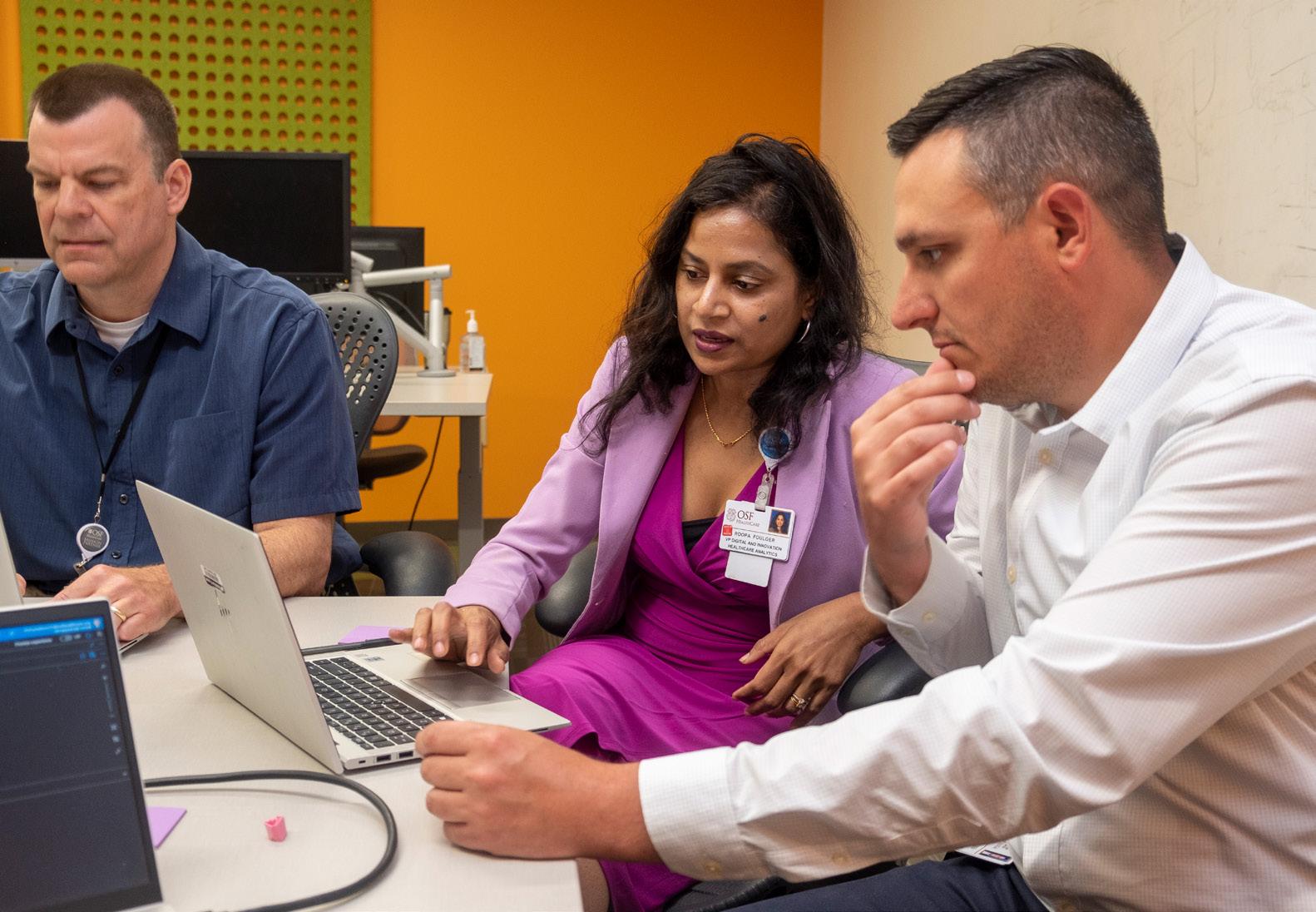
“With this technology solution, there’s always another person at the end that they can connect to if they need support,” said Foulger.


Current Health is allowing OSF to safely monitor and care for more patients – with a wider range of conditions –at home, outside of a hospital setting. Founded in 2015 and headquartered in Boston, Current Health (a Best Buy Health Company) offers an enterprise care-at-home platform to enable healthcare organisations to offer the best patient-centric care. The Current Health platform unites remote patient monitoring, telehealth capabilities and patient engagement tools.

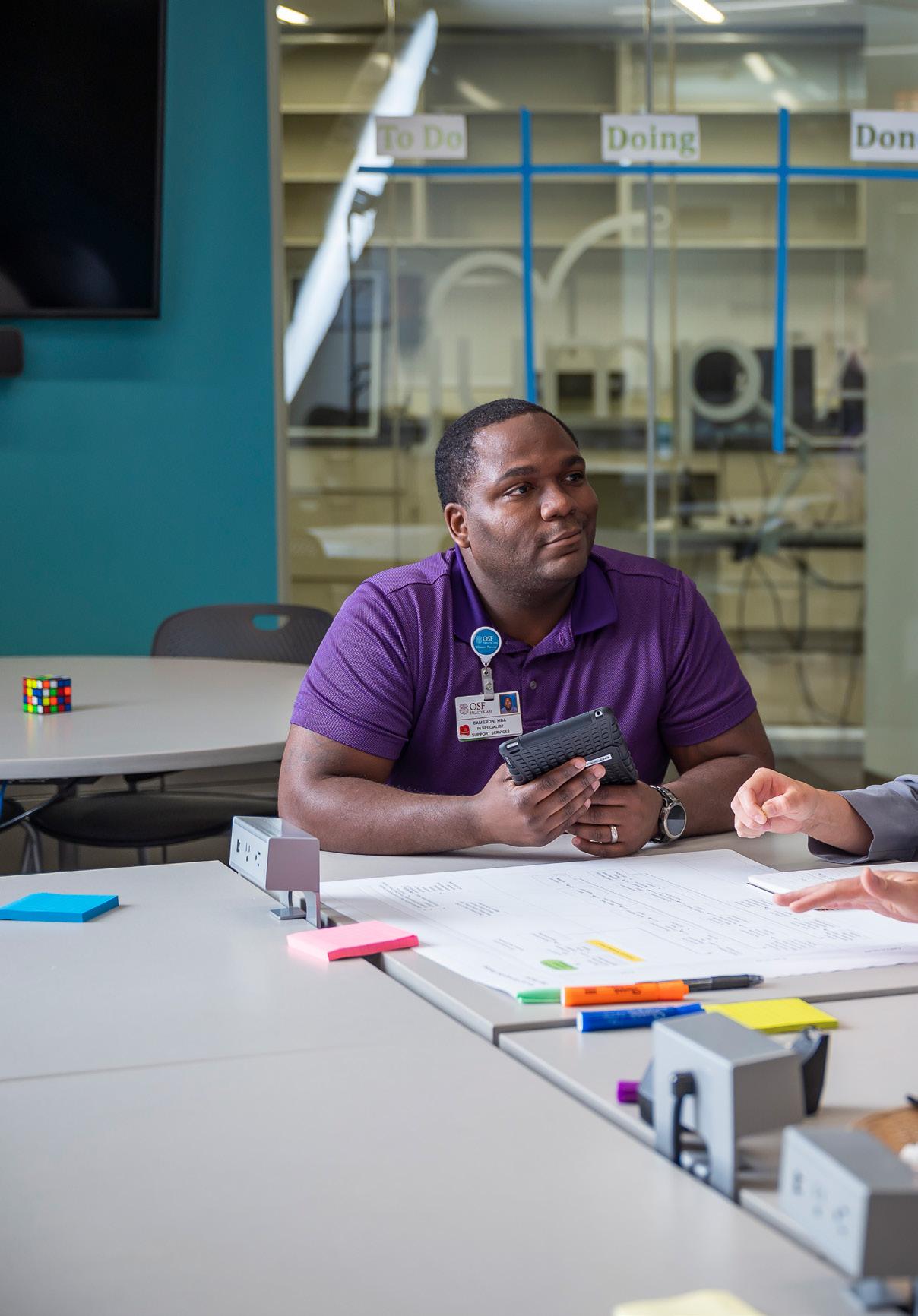
Foulger explains, “We have a chronic high-risk, advanced care-at-home service, supported through Current Health digital’s platform. Patients receive pulse oximeters, blood pressure cuffs and glucose monitors, which are seamlessly integrated through bluetooth connection. The captured data gets recorded in the electronic patient health records and care plans at OSF, which, in turn, are monitored 24/7 by our clinicians.” As a result of real-time monitoring and data, OSF clinicians are able to intervene when they see something that is out of range. They can then connect to the patient via video technology which is integrated within the Current Health platform. According to Foulger, the core ingredient to a successful partnership is ensuring that you partner with someone who understands key needs.
“As a healthcare system, we need a configurable digital platform that caters to both our patients and us. Therefore, is it important that our partners listen to our voice to ensure the technology works seamlessly for patients and clinicians. I think the feedback that our staff has provided is fine-tuning the solution and
that has been one of the key ingredients in the success.”
Over the next 12 months at OSF, the team is looking to continue on its Horizon 2 and Horizon 3 capabilities.
“We have a number of partnerships with startups,” says Foulger. “Current Health, for example, was a startup. We first invested with them and now we are implementing their technology.
“We also have relationships with a number of universities that we tap into to source young talent. Through that, we are looking to continue our journey in the AI space; that is, especially in the generative AI area – one such position that we are focusing on is how we can help automate how our clinicians’ work.”
Globally, healthcare workers are facing mass burnout. At OSF, leaders are dedicated to improving the workload so employees have the time and energy needed to give their patients the treatment they deserve.
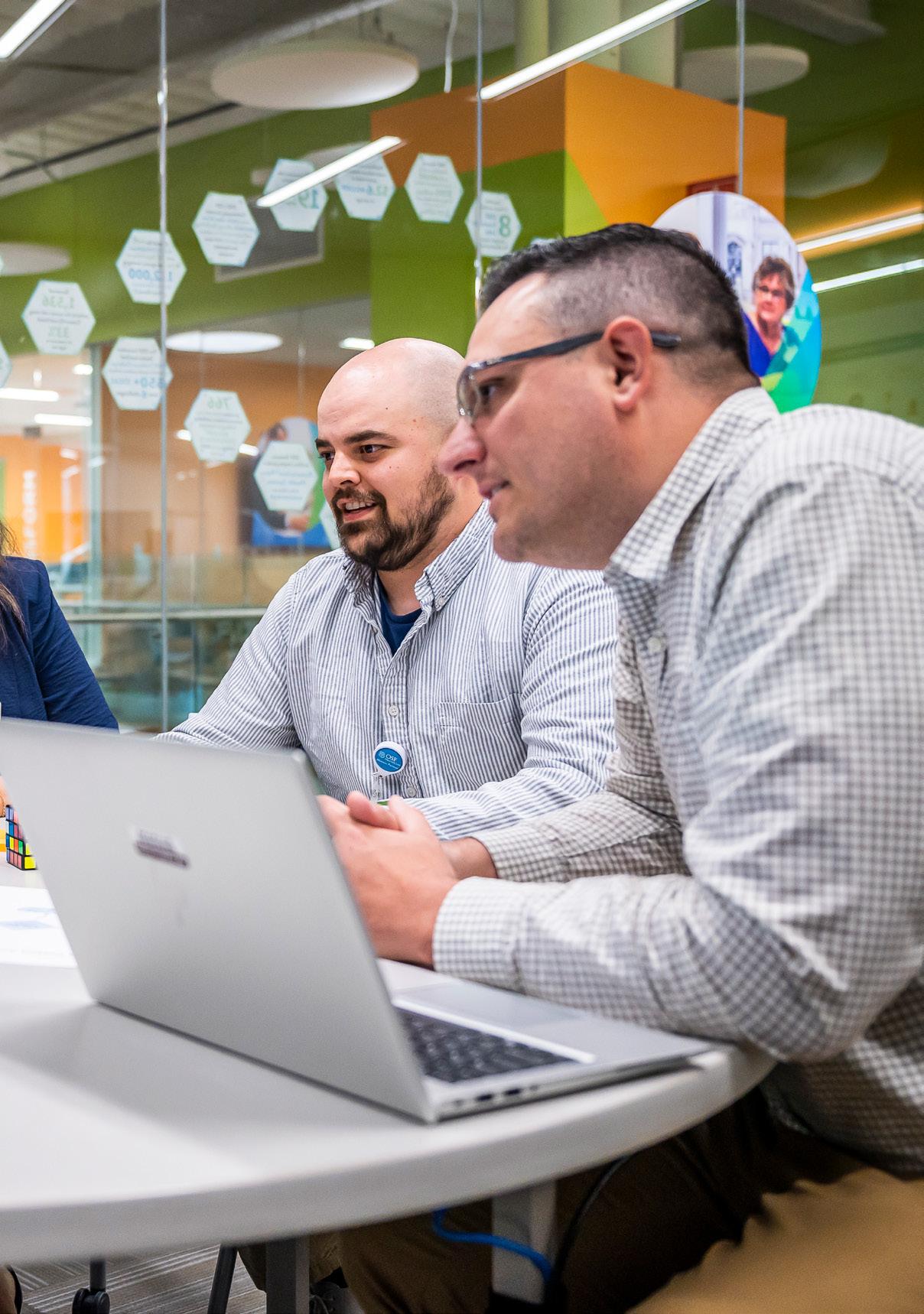
“We want to use technology to reduce the burden. We’ve already started building some solutions in partnership with universities or with startups and we now want to deploy them – using automation, personalised medicine and AI.”

“It’s not just technology, there’s always a human at the other end that the patient can connect to”
ROOPA FOULGER VICE PRESIDENT OF DIGITAL INNOVATION DEVELOPMENT FOR OSF HEALTHCARE, OSF HEALTHCARE


All across the healthcare sector, new technologies are being used to decrease carbon emissions and bring Net Zero goals within reach. Although the global healthcare sector is only responsible for 5% of our planet’s carbon emissions, the impact of climate change on healthcare could be catastrophic. Unchecked, it will pollute the air we breathe, the water we drink and impact the supply chain of the food we eat. Making renewable energy affordable for the masses and EVs more efficient will help to improve global health in the longterm, as will technologies that safeguard water conservation and wastewater treatment. Technologies that promote sustainable farming practices, such as precision agriculture and vertical farming, can reduce the environmental footprint of agriculture. Blockchain technology also has the potential to support Net Zero efforts by enabling transparent tracking and verification of carbon emissions as well as renewable energy generation.
Considering the enormous reach of the healthcare sector, it is an excellent opportunity for new technologies to flex their sustainability muscles – and this is where Lexica comes in.


The climate crisis is a health emergency and Lexica is supporting the healthcare sector in the push to Net Zero, says Lucy Symons-Jones, Director of Net Zero


TITLE: NET ZERO DIRECTOR
COMPANY: LEXICA
Founded in 2013, Telstra Health works to improve lives by delivering digitally-enabled care to its communities by providing software products, solutions and platforms to governments and healthcare providers throughout Australia.
LOCATION: LONDON
can monitor patients’ blood pressure, pulse oximetry, temperature and weight remotely. These baseline metrics are then combined with a virtual appointment in which the clinician can follow-up with the patient to discuss and provide results.
In her role as Director of Net Zero at Lexica, Symons-Jones integrates sustainability through Lexica’s services. She drives the Net Zero team to work on practical, achievable sustainability programmes and strategies for their clients.


Telstra Health was chosen as a key partner of Gold Coast Health Services, providing their virtual health consultation platform as a way to deliver patient care remotely. “Traditionally, you might go to see a specialist at a hospital and, after a five minute conversation, be sent home,” Jamie Spencer, Regional General Manager Business Development at Telstra Health says. “Someone living in rural Queensland might drive for up to four to six hours for that five minute appointment. Now, rather than people having to make those long journeys to see a specialist, we can provide that consultation to people in their own homes, in a way that leads to a richer conversation, which results in better feedback and, ultimately, a better standard of care.”
Lexica is a specialist health and life sciences consultancy of more than 100 experts – and it’s still growing. The company supports international health and life sciences organisations with the planning, delivery, and continuous improvement of their services to secure immediate and long-lasting results. Lucy Symons-Jones is the esteemed Net Zero Director at Lexica.
Telstra Health’s virtual care technology adopts a twofold approach. First, using Bluetooth connected devices, clinicians
“We offer the full spectrum of healthcare planning from our team of experts, handpicked from the fields of architecture, clinical, finance, health services operational management, and informatics,” explains Symons-Jones.
“We’ve found that our service has helped to dramatically reduce readmission rates, and enabled early discharge, which means that patients get to be at home sooner,” enthuses Spencer, who also notes that, “The overarching monitoring aspect can also help people who need readmission get back into hospital sooner, which can make a huge difference in some cases.”
Lexica is also a founding member of the UK Healthcare Planning Academy, an initiative established to share knowledge and best practice across the field, to raise the professional profile of healthcare planning, and to encourage and develop talent in the sector.
With a professional background in public policy and external affairs, Symons-Jones has always been committed to advocating for energy policy reform, expanding worldwide access to energy and championing the development and implementation of green energy solutions.
Spencer, who works closely with Sandip Kumar, Gold Coast Health’s Executive Director of Transformation and Digital, emphasises that the relationship between Telstra Health and Gold Coast is far more than that of vendor and client. “We’re looking for a real partner, not just a customer.”
“Under my role as Director of Net Zero at Lexica, I work to embed and integrate sustainability thinking across all Lexica services. I drive the department to meet the urgent political and social agenda and the push to net carbon zero,” she says. “Our Net Zero team creates ambitious yet practical and achievable sustainability programmes and strategies for our clients to deliver value to them, to society and to the environment. Our work is always robust, leading-edge and technically assured.
“We also host three free-to-access frameworks that can accelerate the delivery of net-zero ambitions while delivering

excellent service, quality and value. In running these frameworks, we actioned approximately £40m in clean tech transactions for completed projects in the last few years.”
Lexica partnered with climate intelligence company Cervest to screen and analyse the climate exposure of critical infrastructure assets such as hospitals, medical clinics and other healthcare facilities across the UK.
“Our team of consultants will use Cervest’s climate intelligence product EarthScan™ to accurately assess climate risk exposure, right down to the individual asset.

WHO warns of ‘health catastrophe’ without climate
We chose EarthScan because it provides a comprehensive view of asset-level climate risk, allowing us to look back to 1970 and ahead to 2100 and access insights into both acute and chronic risks – including flooding, heat stress, wildfire, precipitation, wind and drought – across multiple climate emissions scenarios. We will use these insights to baseline, monitor and forecast climate risk as well as develop strategic, operational and financial plans for our healthcare clients and their assets.”
Extreme weather has increased pressure on health services still grappling with COVID-19 and the various backlogs it amassed.

“OUR NET ZERO TEAM CREATES AMBITIOUS YET PRACTICAL AND ACHIEVABLE SUSTAINABILITY PROGRAMMES AND STRATEGIES FOR OUR CLIENTS”
LUCY SYMONS-JONES NET-ZERO DIRECTOR, LEXICA
The healthcare sector is at a high risk of climate-driven natural hazards that can have serious, long-lasting implications, including the immediate effects on staff wellbeing and numbers of patients, as Symons-Jones highlights.
“Health services will also have to grapple with a rise in mortality rates and poorer patient recovery from illness, in addition to medical staff struggling to work in overheated conditions or an increase in staff absenteeism due to illness, school closures or caring for relatives during extreme weather events.
“The IPCC’s sixth assessment report showed that climate change will significantly increase ill health and premature deaths in the near-to long-term future.”
But it isn’t just the human side of healthcare that will suffer; the base infrastructure will also be impacted by severe weather.
The healthcare sector is at high risk of climate-driven natural hazards which can have serious impacts from flooded boiler rooms to leaky roofs.
“The heatwaves of summer 2022 brought climate adaptation to the forefront of our minds. Many trusts were forced to cancel appointments due to IT systems failures and overheated AHUs and cooling systems.”
“As it stands, Britain’s critical national infrastructure for providing healthcare is not built to withstand forecasted changes in climate. We can expect the increasing frequency and severity of risks like heatwaves and drought to lead to healthcare assets and infrastructure having to be retrofitted or even relocated.”
According to Symons-Jones, the healthcare industry has the opportunity to lead the rest of the world in becoming more resilient in the face of climate change.

“One of the most exciting opportunities is that the healthcare service, given its scale and size, can be a testing ground for the clean tech industries of the future.”
Whether thinking about new ways of generating electricity or different ways of heating buildings, putting new technologies to work in the healthcare sector is a very exciting source of progress.
“WE ACTIONED APPROXIMATELY £40M IN CLEAN TECH TRANSACTIONS FOR COMPLETED PROJECTS IN THE LAST FEW YEARS”
LUCY SYMONS-JONES NET-ZERO DIRECTOR, LEXICA
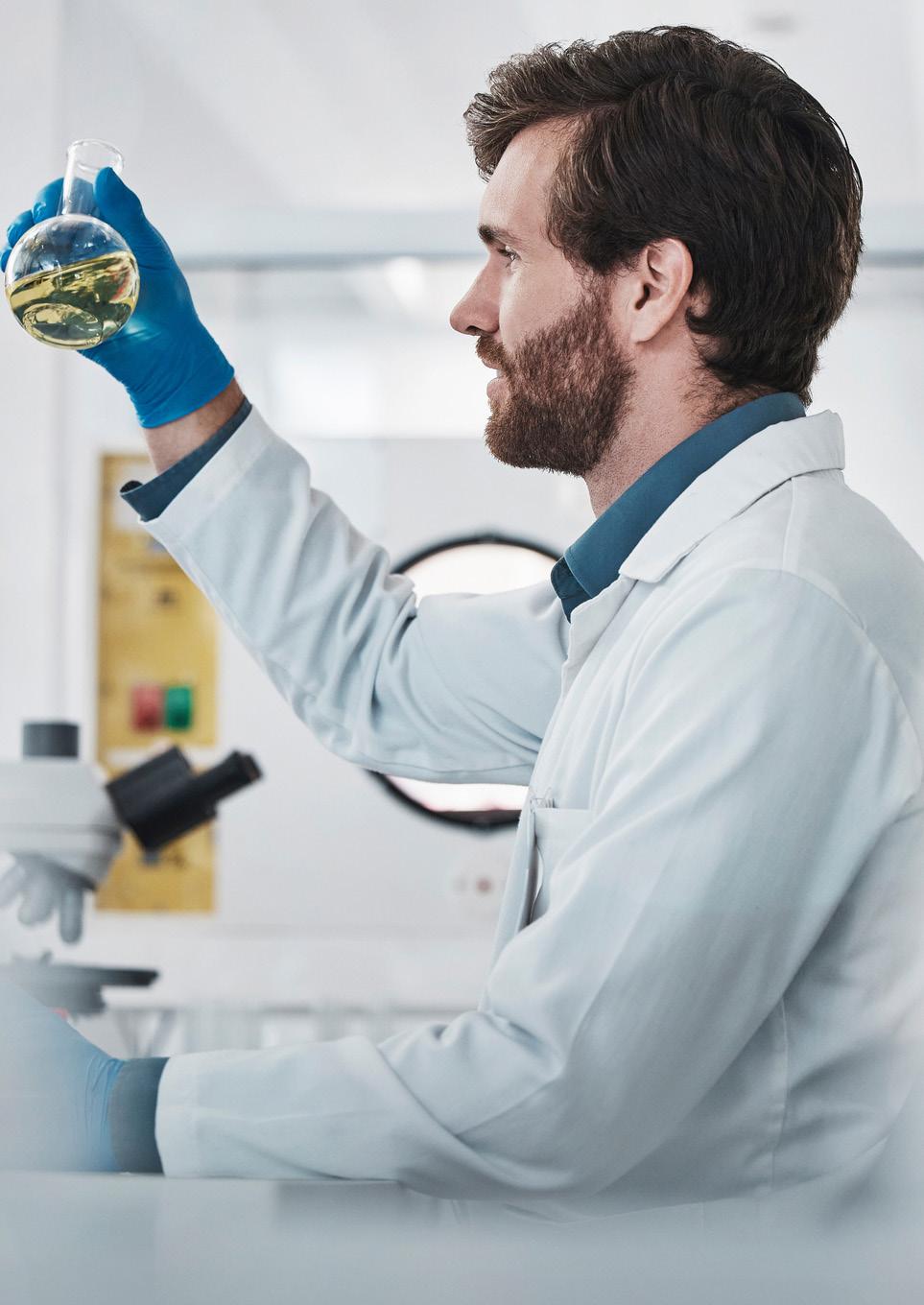

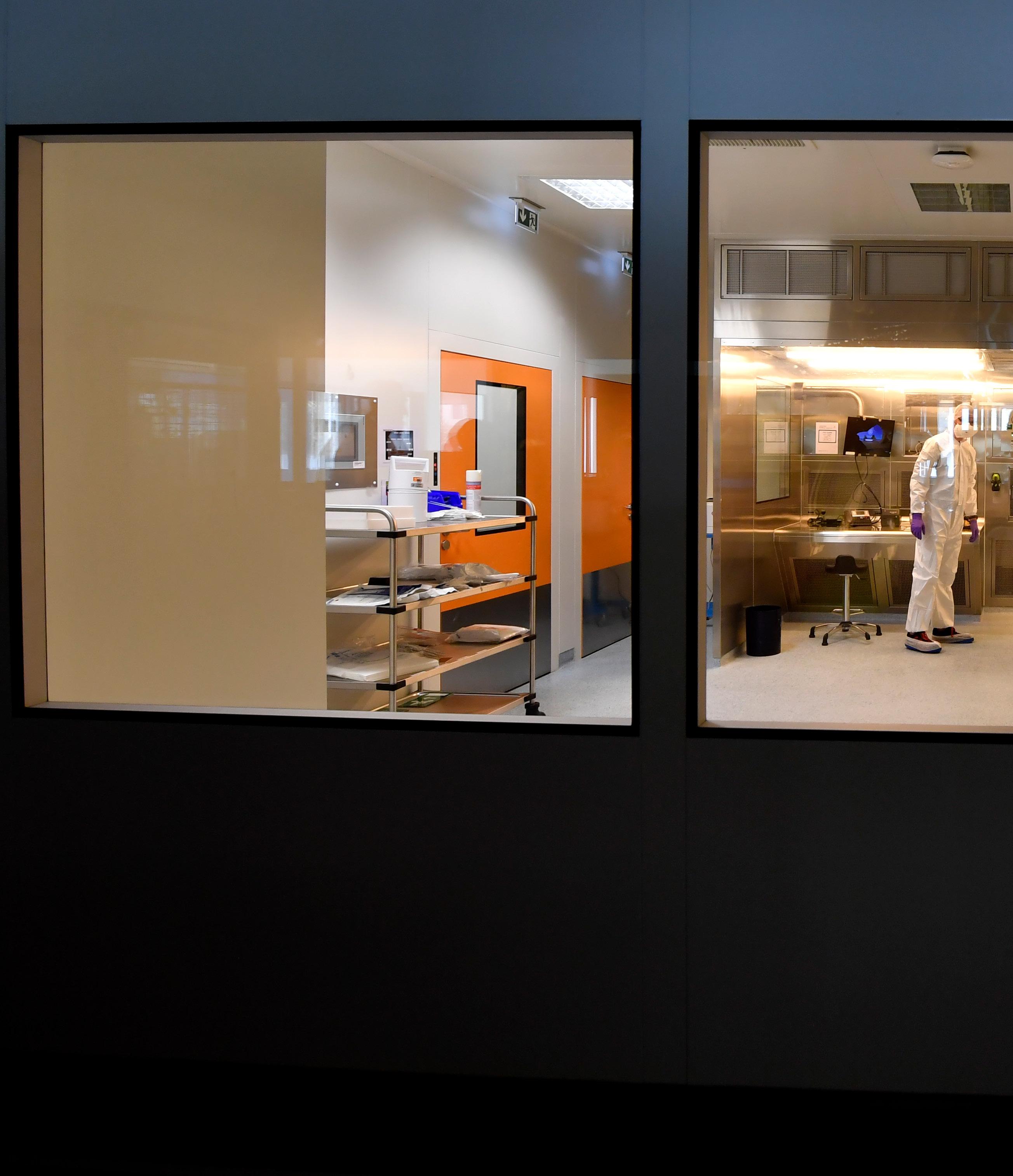
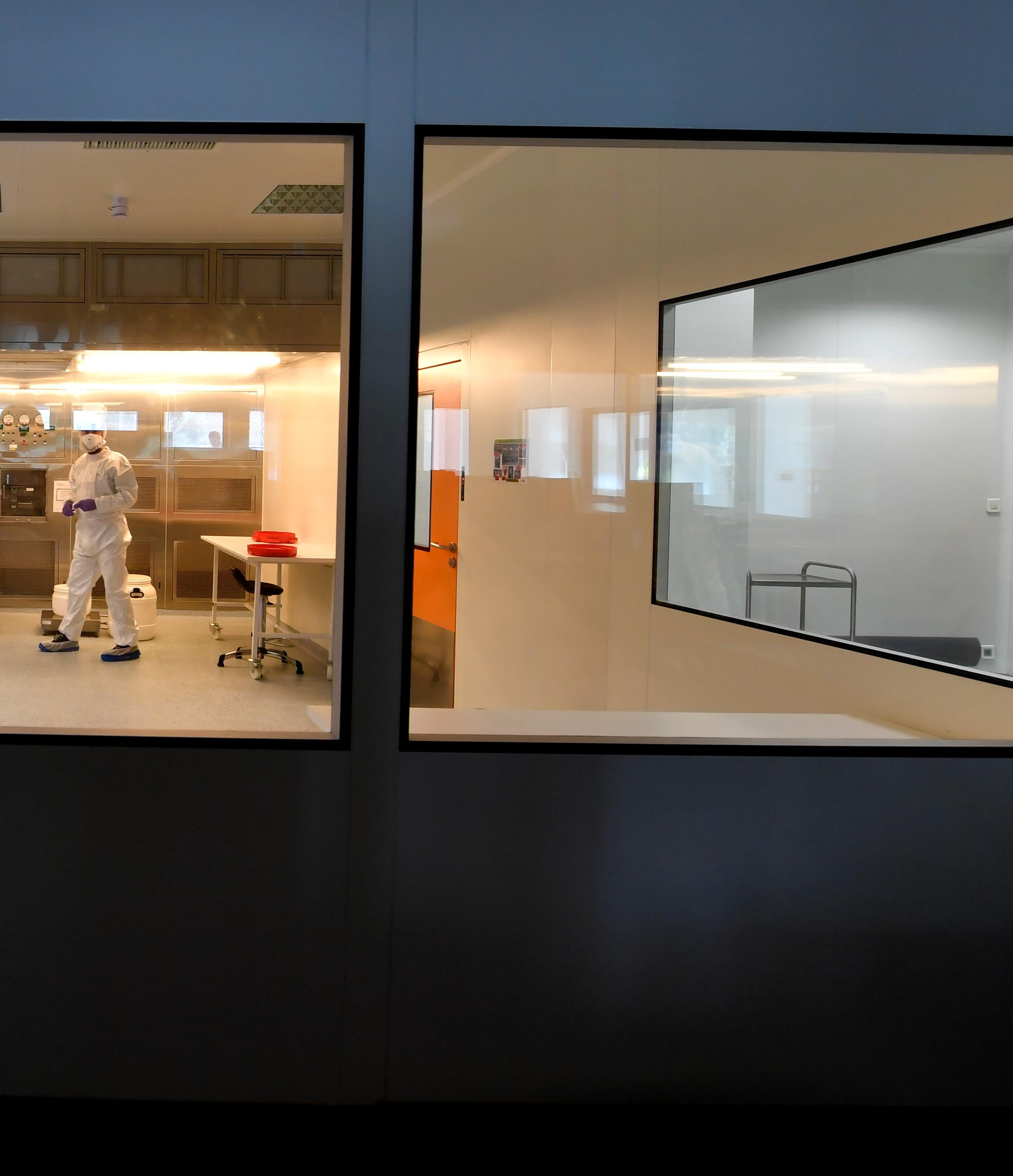
Pharmaceutical supply chains take supply chain complexity to another level. Supply chain can be a complicated industry at the best of times. There are so many moving parts, all of which can, and have, been impacted over recent years by a conveyor belt of problems, including the pandemic, the Suez blockage, war in Ukraine, labour issues and inflation.
As well as the usual litany of supply challenges, pharma has distinct requirements on the handling of materials, while also facing the perils of product recalls and compliance issues; the field of medicine is just about the most regulated sector there is.
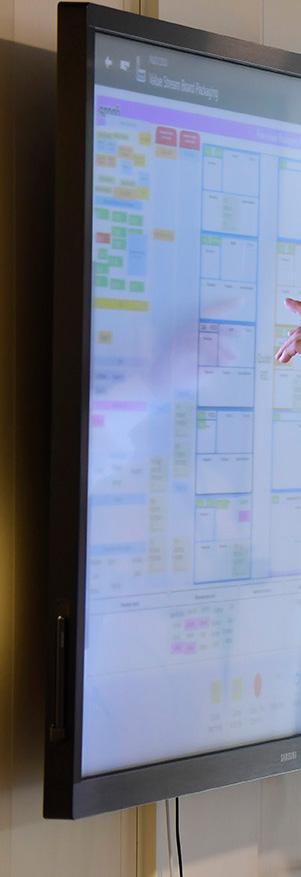
Then there’s also the added pressure of how serious any delays might prove, because the supply chain is critical for ensuring patients in clinical trials have access to the medicines they need to maintain their health, or even to keep them alive.
There are different forms of pharma supply chains. The most common is the so-called small molecule pharma supply chain. This involves time sensitive and temperature controlled chemical-based drugs, that typically begin with the sourcing of raw materials – the active pharmaceutical ingredients – that are used to manufacture medicines. The manufacturing process alone involves several stages: formulation, quality control, packaging, and labelling.
When pharma firm Sanofi needed end-to-end clinical supply chain visibility it turned to logistics specialist Marken
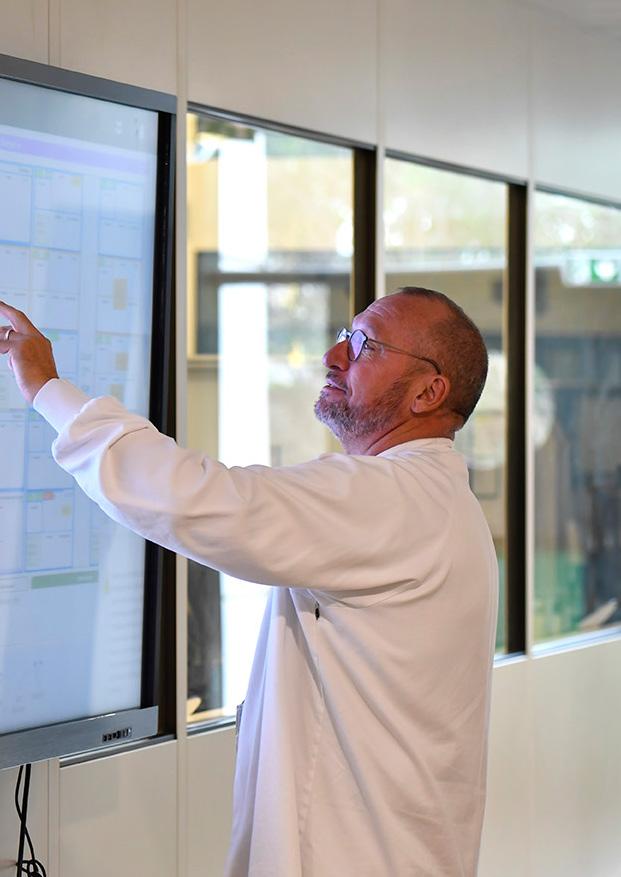
Once the drugs are ready, they’re shipped to warehouses or distribution centres, fromwhere they are distributed to healthcare providers, pharmacies, and hospitals.
For other medicines, such as vaccines and biologics (drugs produced using a livingsystem, such as a micro-organism, plant cell, or animal cell) a controlled supply chain is required, to keep such volatile medicines at the right temperature and humidity, and with tracking shipments to prevent counterfeiting and diversion. Both small- and large-molecule pharma supply chains are temperature controlled and time sensitive.

“Marken and Sanofi have a vital role in the storage and distribution of groundbreaking medicines that have the potential to cure diseases, and not just treat them”
One business that understands these challenges intimately is Sanofi, a multinational pharmaceutical company headquartered in Paris. Its focus is on therapeutic areas that include cardiovascular disease, diabetes, oncology, immunology, rare diseases, and vaccines for diseases including influenza polio and meningitis.
The company offers a wide range of prescription drugs, over-the-counter medications, and vaccines to improve health outcomes for patients worldwide. Healthcare supply chain is a critical link with the patient that must never break, which is why they built a strategic partnership with supply chain solutions provider, Marken.
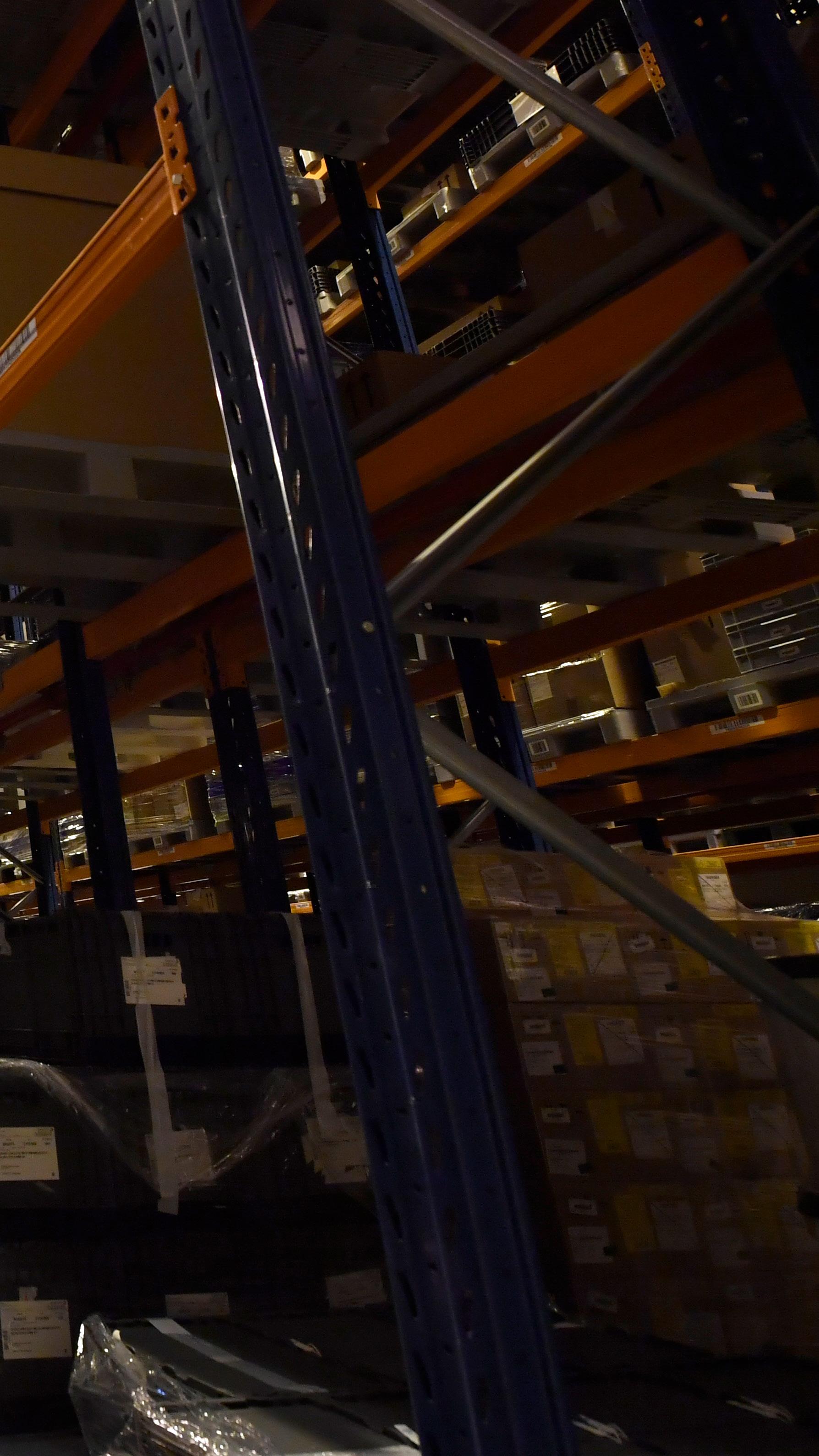
TITLE: PRESIDENT
COMPANY: MARKEN
Ariette van Strien serves as President of Marken and brings 25+ years of clinical research experience from Phase I to Phase IV. Ariette has held senior executive roles across global marketing and business development, pricing, project management and global operations. Her extensive experience in the pharmaceutical and CRO industries provides exceptional insights into the challenges associated with research, development, commercialization, marketing, and supply chain for medicines. Since joining in 2010, Ariette has positioned Marken as the clinical and cell and gene supply chain leader and developed optimized
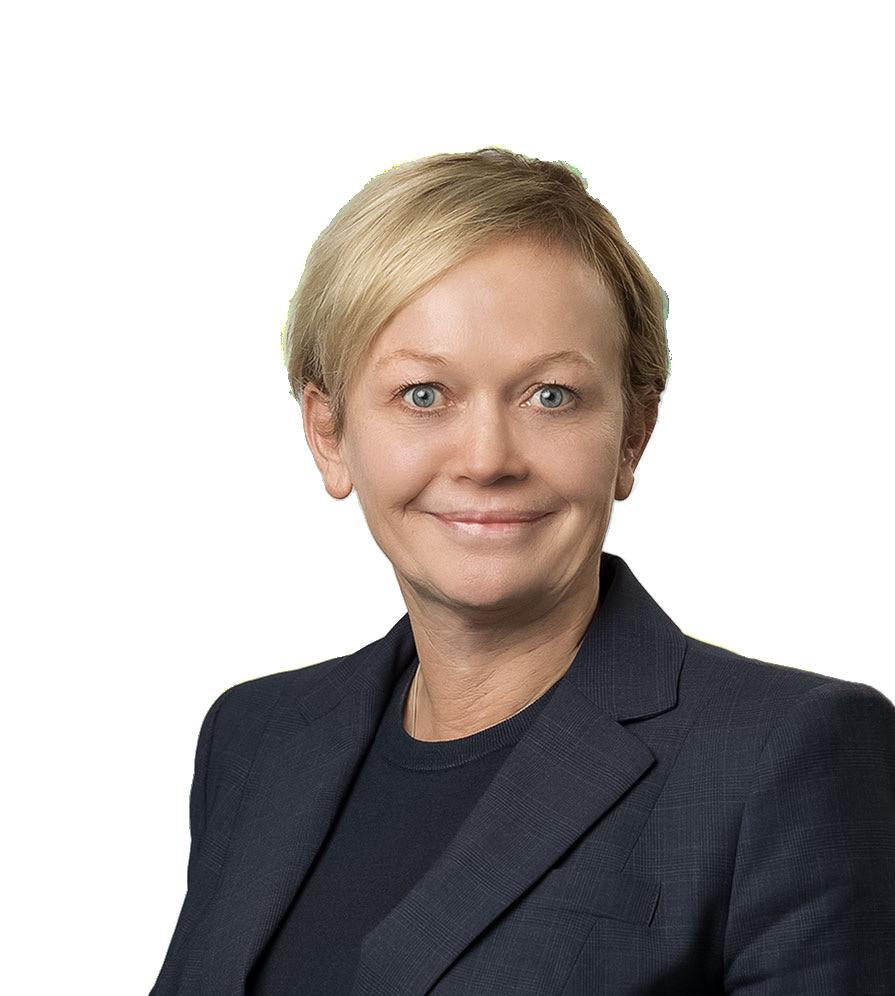

Reach more patients with single-source reverse logistics
Store treatments closer to patient populations globally at all temperature ranges
Scale distribution via a best-in-class Quality Management System
Deliver personalized patient care with dedicated logistics teams
We go beyond to connect patients with new medicines
Driven by our passion for patients, Marken’s unique position within the biopharma and life sciences industry is unparalleled. Leveraging our limitless capacity and scalability, Marken manages 154,000 drug product and biological sample shipments every month at all temperature ranges to more than 220 countries and territories and have orchestrated 14,000+ home healthcare visits. Our state-of-the-art GMP-compliant depot network and logistics hubs are strategically located in 61 locations worldwide, providing clinical to commercial storage and distribution services, directto-patient solutions, home healthcare nursing services, kit production, and cell and gene therapy shipments.
Marken’s advanced, hightech storage and distribution capabilities are pivotal pieces in the orchestration of delivering lifesaving treatments to patients. Our robust global GMP-depot network is strategically and expertly designed to meet your current and future demands. Our global network offers storage and distribution capabilities at any temperature range
with limitless capacity, real-time integrated technology and the ability to scale to any volume. Allowing for the immediate start of your clinical trial as soon as you need it, our ready-now network supports how we deliver at lightspeed from clinical to commercialization.
We have the best people and the best tools, and we will continue to operate at the leading edge, investing in new technology, enhancing our global network and lowering our environment footprint to deliver with quality excellence. At the end of the day, we understand that there is a patient who relies on us and our global team will always ‘go beyond’ to deliver what matters. It is in our Marken DNA.
 LEARN MORE
LEARN MORE
TITLE: HEAD OF CLINICAL SUPPLY
CHAIN OPERATIONS
COMPANY: SANOFI
Arnaud Dourlens is an “Arts et Métiers” engineer. He began his industrial career in the FMCG* sector where he held growing responsibilities. Then he joined the LVMH group where he reorganized new product launches and industrial investments in the Make-up segment .
Arnaud joined Sanofi in 2017 as Production Director of a major production site (> €2.5bn turnover). He has been a key player in the development of the continuous improvement mindset and in the transformation of the site through IT projects, investments and activity growth.
Since 2020, hehas been the global head of Sanofi Clinical Supply Chain Operations, managing worldwide clinical supply teams involved in more than 300 clinical studies.
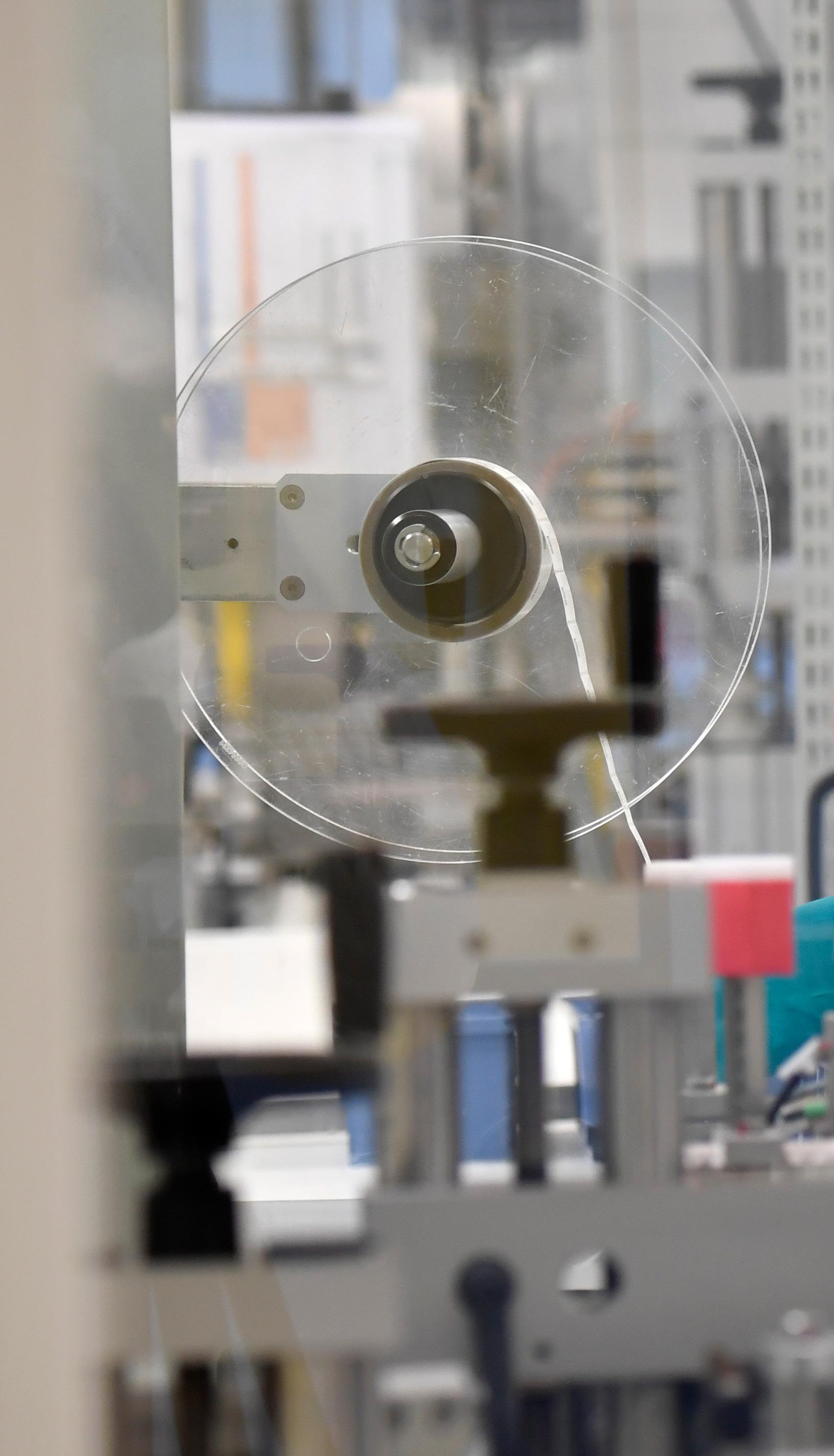
*Fast-moving consumer goods
Arnaud Dourlens is Head of Clinical Supply Chain Operations at Sanofi.
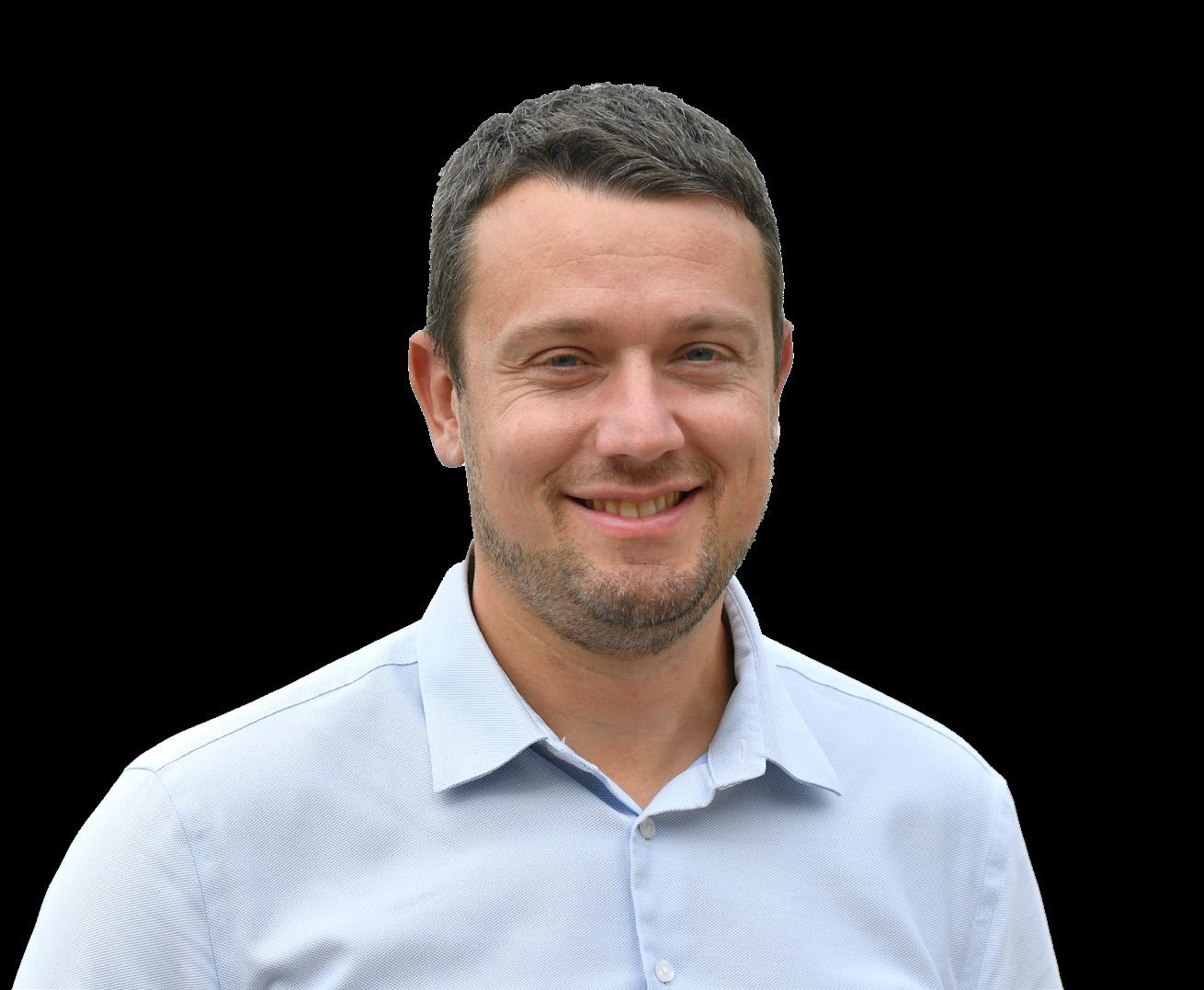
Asked about the main risk management challenges the company faces, he says: “Providing near-perfect delivery performance for complex study designs across multiple countries and their trial sites.”
He adds: “This is the day-to-day complexity of clinical supply. The supply chain needs to be agile to react to all kinds of changes during clinical trial execution.
“The key is to ensure there is a risk management plan in place that focuses on the evaluation of potential issues arising, either internal with changes, but also external
impacts and even the loss of a supply chain partner or a region.
“This requires alternate supply arrangements, tight inventory level management to provide a needed buffer, and very agile operations.”
Dourlens goes on to stress that whatever the market conditions or challenges “we are the one making available patients’ drugs –on time and at the expected quality”. He says that together with Marken, this “is our duty, this is our DNA”.
Dourlens and his team face the daily challenge of balancing risk and efficiency.
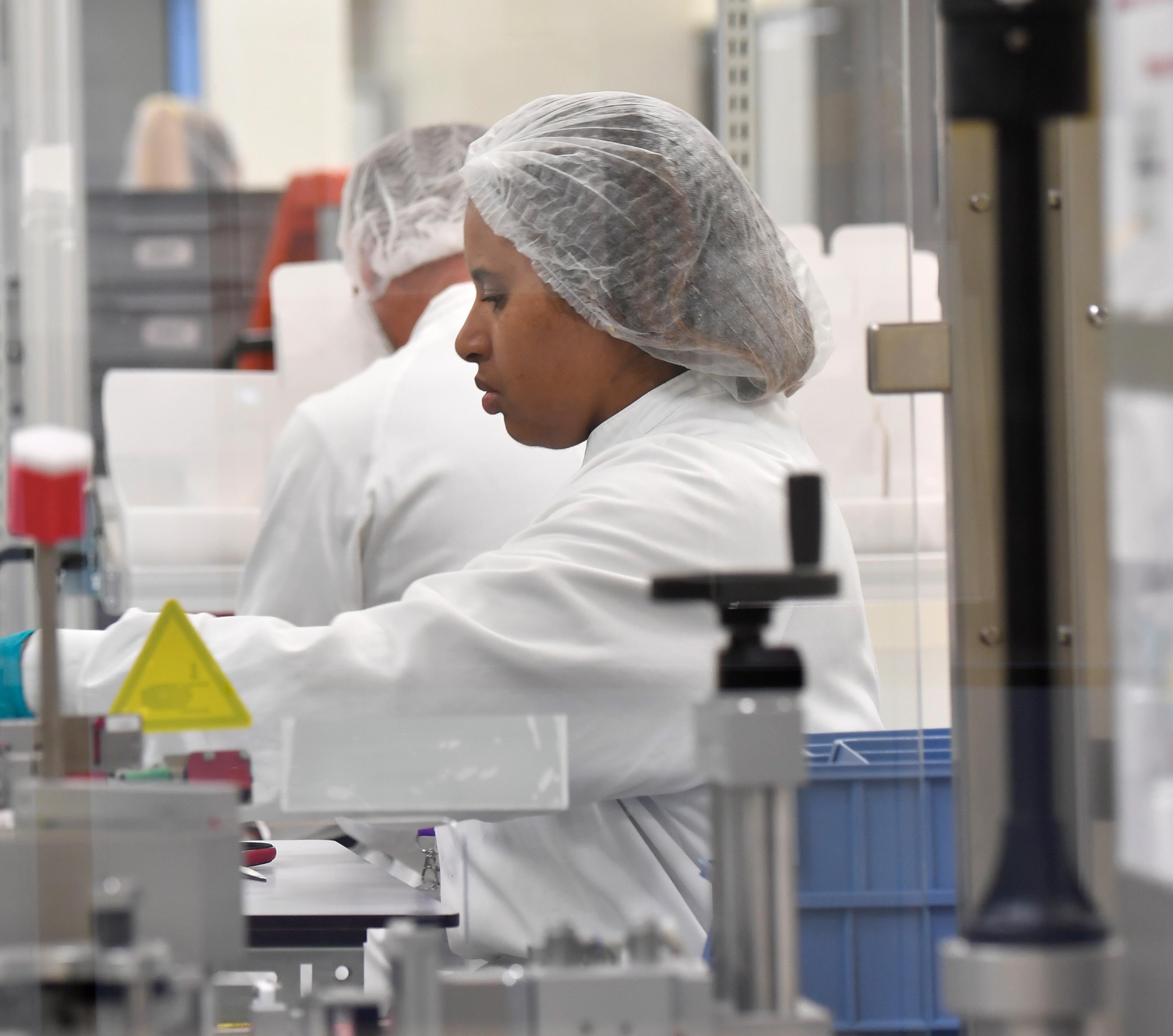
He says that in the wider world of supply
chain businesses focus their efforts on cost and efficiency “because supply chains can become very expensive and complicated”. If a company puts too much emphasis on cost and efficiency, he says this can result in a lack of responsiveness.
“Pandemic, earthquakes, regulatory changes or cyberattacks can easily disrupt our supply and impact business,” he says. “Recent acceleration of such disruptions has led to the breakdown of supply chains, because the resilience was not there.”
But in a pharma context the need to guarantee supplies is all important: “In clinical trials, we are probably more aware
of the absolute necessity to guarantee supplies, and we explore key supply chain strategies to be ready before the crisis and ensure robustness and resilience,” Dourlens explains.
He adds that “the usual supply forecasting systems are suitable for dealing with the disruption”, and says the company’s strengths are its ability to quickly leverage its logistic network and inventory, to build new what-if scenarios and to quickly reset its supply flow if required.
“This is infinitely more challenging than it seems,” he says. “It means that we need to precisely know the quantity of each raw material or medicinal product in the supply chain and where it is at any given moment.”
Examples of Sanofi’s ability to support real time decision-making include:
• On-demand access to clinical supply information and self-service analytics, which helps Sanofi’s clinical supply managers address the complexity of large, geographically distributed trials, react quickly and accurately to change, and meet the evolving needs of new trial designs.
• Giving supply chain managers access
to worldwide, real-time data using cloud-based technology.
• Real-time production and distribution monitoring systems – combined with integrated planning and scheduling tools – that combine not only to deliver supply agility, but also to manage costs on expensive production equipment and resources.
For two years now, Sanofi has leveraged Marken to implement a reimagined clinical supply distribution network. It’s a hybrid model that leverages a unique centre of excellence based in Montpellier, France, managing operations all the way from initial design to drug-delivery.
“It is able to initiate our entire clinical trial portfolio supply,” says Dourlens. “This hybrid model allows us to be highly agile, offering different models combining internal core activities and partners’ expertise to answer each clinical trial supply needed.”
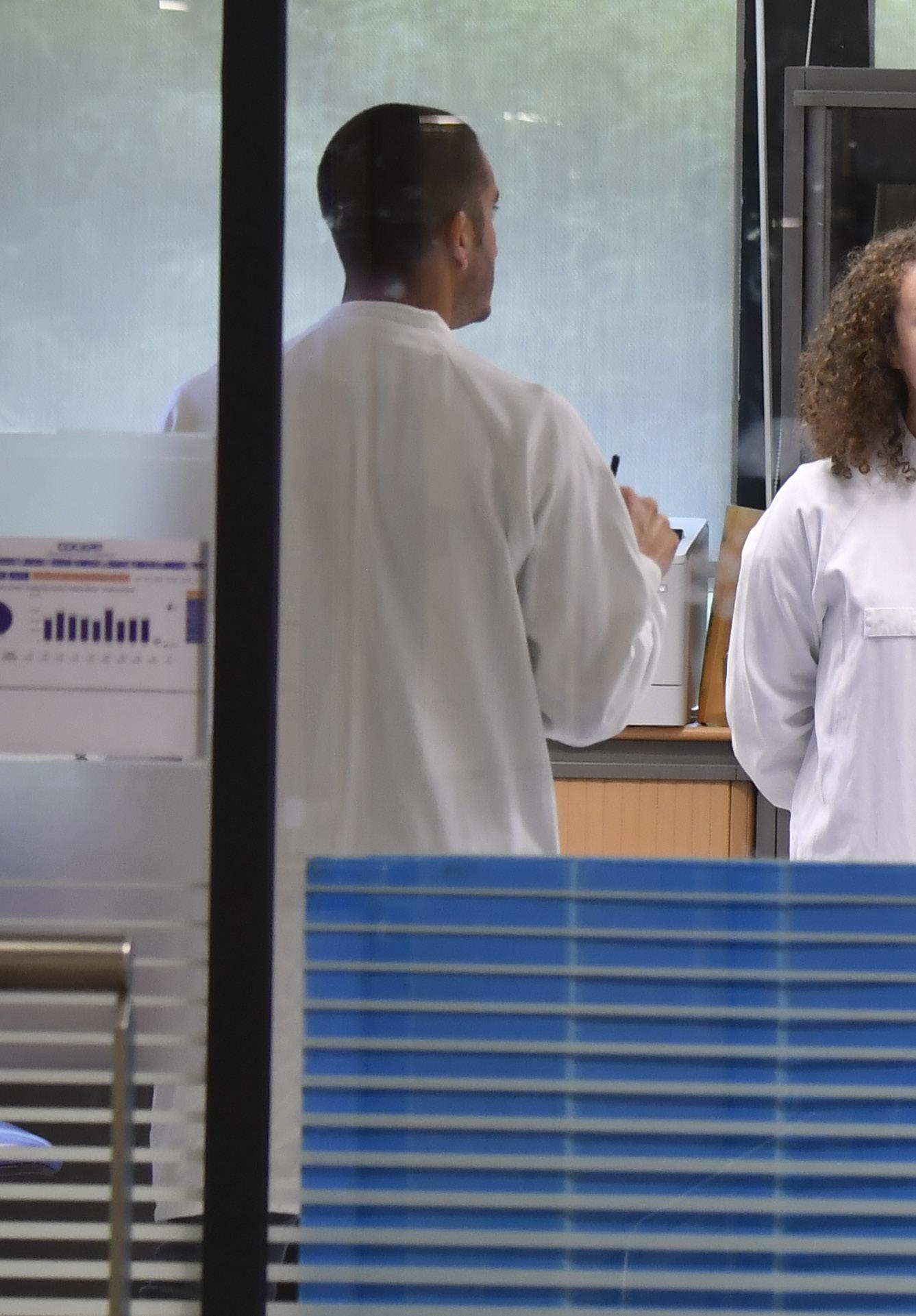
“In clinical trials, we are acutely aware of the absolute necessity to guarantee supplies”

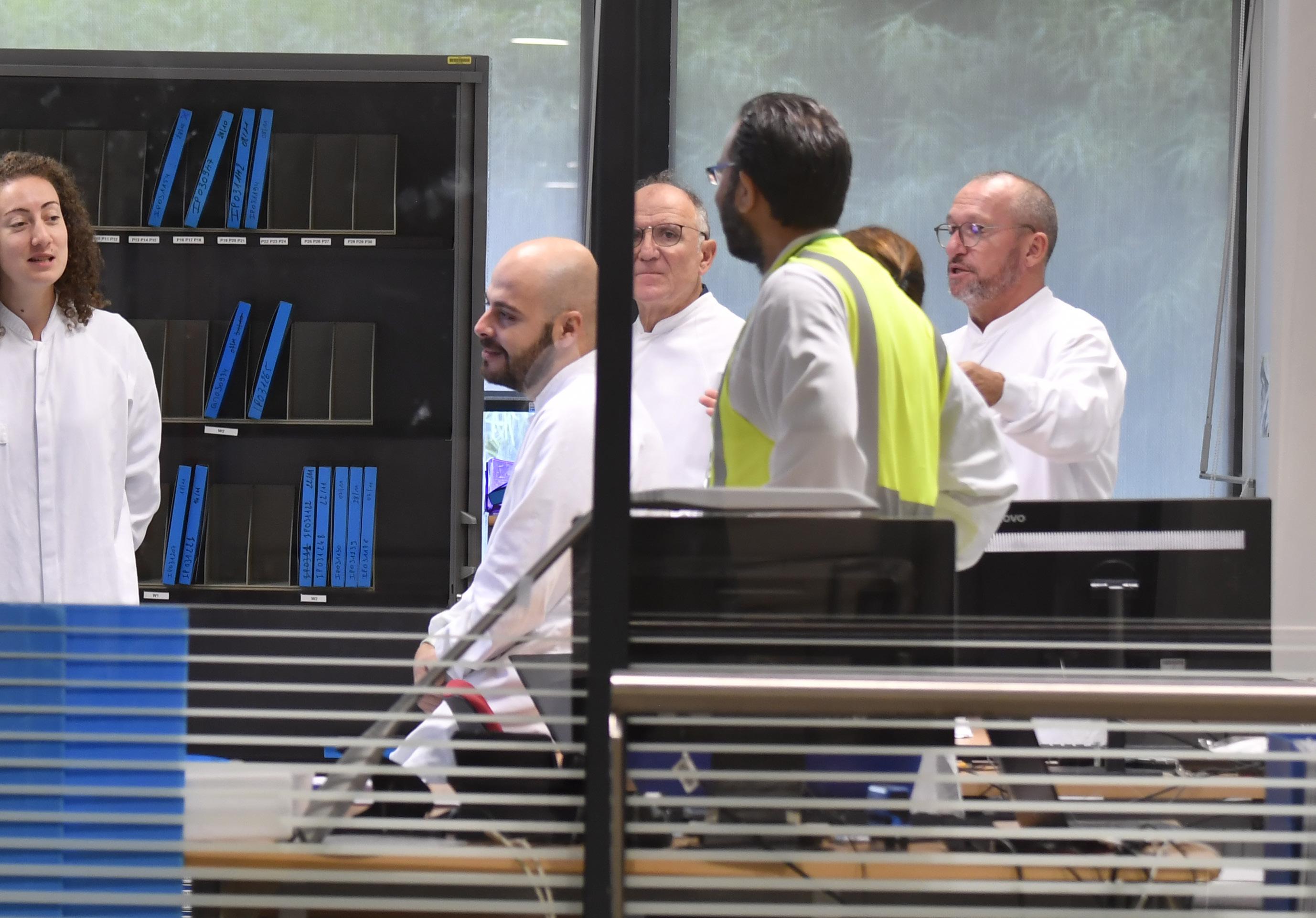
He adds: “At the Montpellier site, we have the ability to pick-and-pack for European direct shipments to hospitals –and even directly to a patient’s home. We can also prepare international shipments to feed our international distribution network out of the EU.”
Dourlens says the company’s international network relies on 31 depots across 24 countries, most of which have been established in cooperation with global logistics and supply chain company Marken. And it is Marken – the clinical subsidiary of UPS Healthcare – that manages Sanofi’s warehousing and logistics, including last-mile delivery and reverse logistics (moving goods from customers back to sellers or manufacturers).
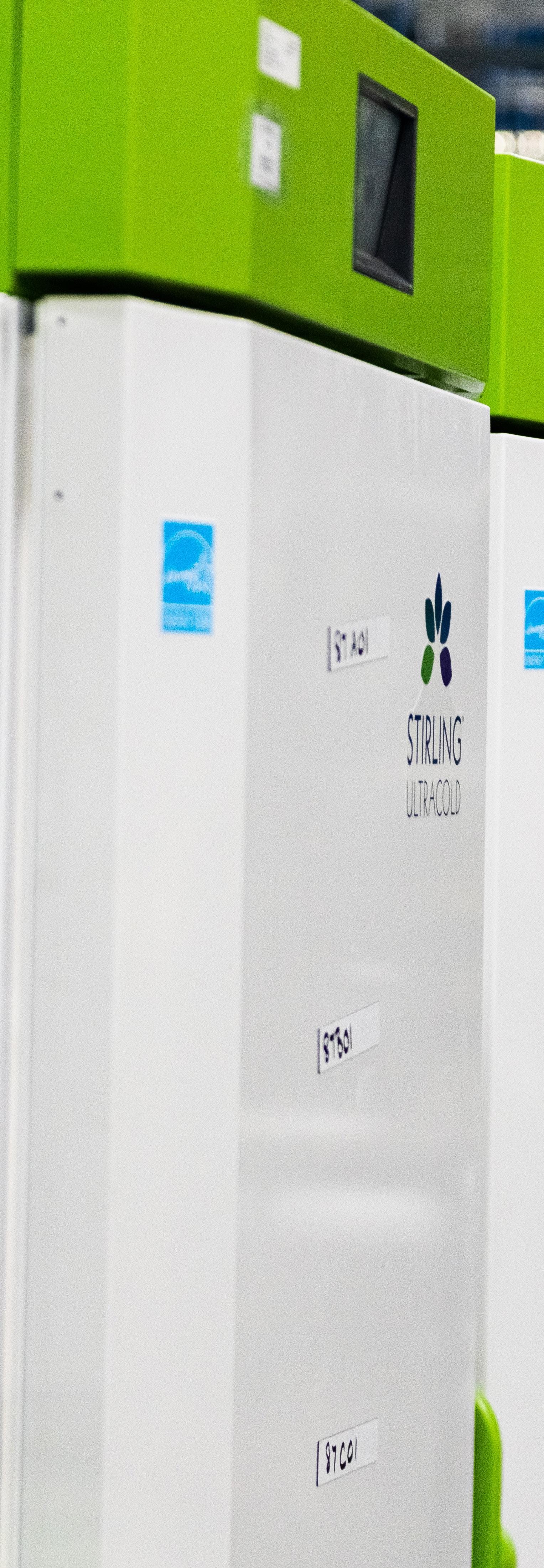 ARNAUD DOURLENS HEAD OF CLINICAL SUPPLY CHAIN OPERATIONS, SANOFI
ARNAUD DOURLENS HEAD OF CLINICAL SUPPLY CHAIN OPERATIONS, SANOFI
Marken’s unique position within the biopharma and life sciences industry is unparalleled. As the clinical subsidiary of UPS Healthcare, its end-to-end global logistics solutions deliver next-generation clinical to commercial cell and gene therapies and clinical trial supply chain services under one roof.
Its state-of-the-art GMP-compliant depot network and logistics hubs are strategically located in 61 locations
“If you put too much emphasis on cost and efficiency, this can result in a lack of responsiveness”
worldwide, providing comprehensive clinical storage and distribution services, direct-to-patient solutions, home healthcare options, kit production and biological sample shipments.
Marken’s focus is on patient-centricity and Sanofi shares this commitment. Every year its devoted Patient Centric Services team expertly orchestrates 200,000 direct-topatient shipments and facilitates more than 15,000 home healthcare visits, supported by its global nursing network.
Leveraging its capacity and scalability, Marken also manages 154,000 drug product and biological sample shipments every month – at all temperature ranges and to every corner of the world.
“We have a vital role in the storage and distribution of groundbreaking medicines,” says Marken’s President, Ariette van Strien. “From advanced therapies and mRNA vaccines to pioneering drugs and novel treatments in development, which have the potential to cure diseases and not just treat them.”
Marken has also had to overcome significant challenges in order to maintain such levels of excellence.
“We pride ourselves on delivering customised services at light-speed,” says van Strien, who adds that the company “continues to offer a competitive edge in the face of mounting complexities with a ready-now network to deliver new possibilities for patients”.
She adds: “From shifts in strategic thinking and talent onboarding to virtual processes, we’ve had to constantly challenge ourselves, develop new services and expand to new areas to be better and faster than the day before.”

Asked how Sanofi’s partnership with Marken aided the digital transformation of its logistics network, Dourlens simply says: “End-to-end transparency of downstream supply activities.”
To that end, the two companies interfaced their systems to enable Sanofi’s global supply chain management “and to allow for future automation and enhancements”. Sanofi started the process in 2020 with the global transformation of its clinical supply chain, and decided to partner with Marken on its international distribution network.

“We ran a very fast transformation, including the setting up of our Louisville depot in the US,” says Dourlens. “Kentucky was handling all US clinical supply distribution in fewer than two months.”
Sanofi has since set up a global network of supply involving 31 depots, in all countries where its clinical studies are conducted.
“Our close collaboration with Marken allowed us to overcome various challenges during COVID, the China lockdown and the Ukraine war,” says Dourlens.
He adds that the partnership with Marken worked so well because – unlike many clinical drug supply organisations –Marken kept pace with innovation and dealt well with crisis situations: “Our partnership with Marken gave us clarity on our vision and strategy, and helped us build a deeper understanding of the mutual need to be successful.
He says benefits to have accrued from its relationship with Marken include:
• Transparency on financials
• A results-oriented approach driven by speedy and informed decision making
• Strong cross-company relationships and routines at all levels, including VP
“Sanofi has come to rely on our innovative solutions to address its diverse needs”
ARIETTE VAN STRIEN PRESIDENT, MARKEN
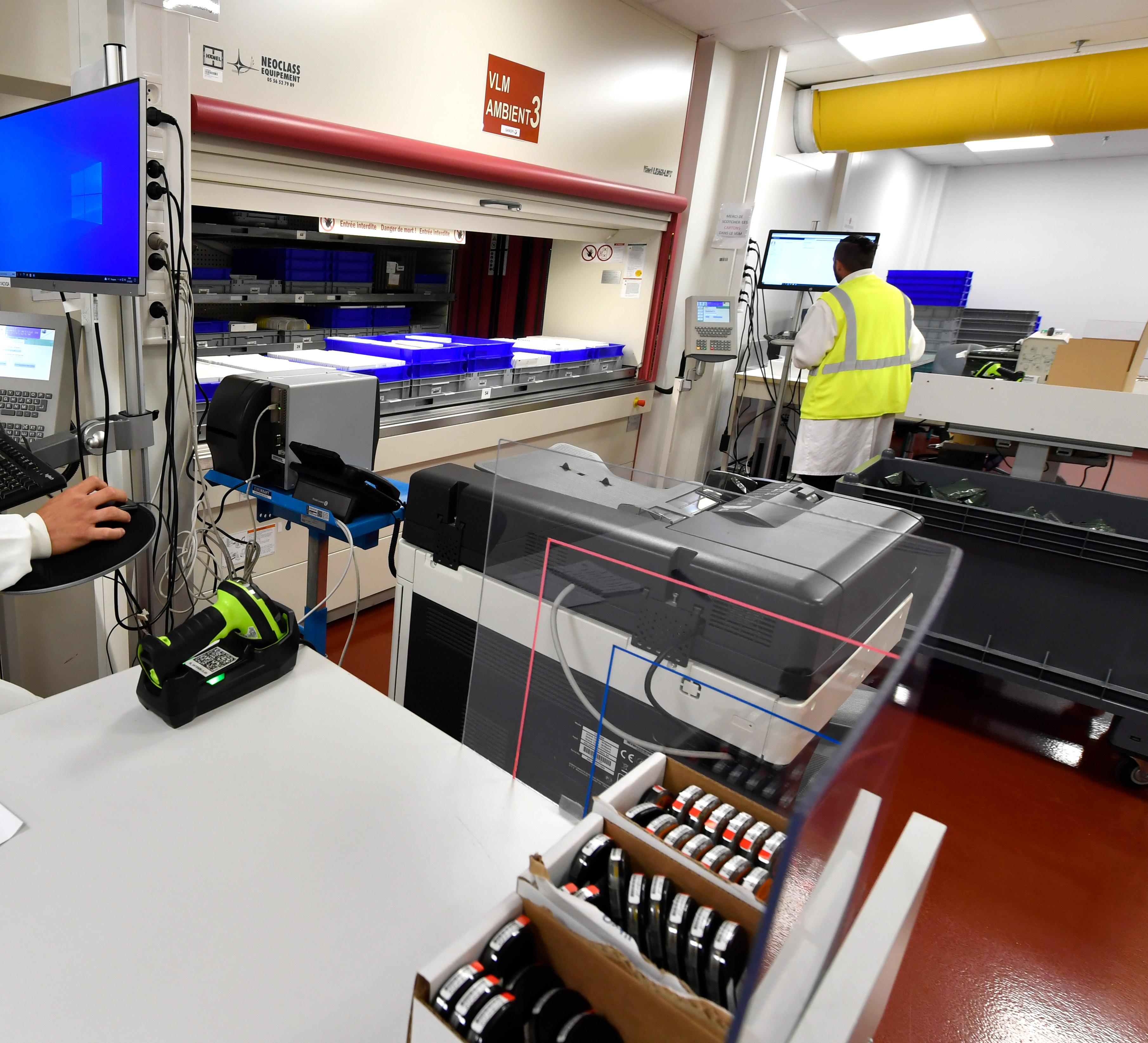

“A true partnership can only be successful if there is a win-win approach,” Dourlens says,
“Our global outcome of the collaboration is a 20% efficiency gain.”
For her part, Marken’s van Strien says the company “takes pride in our capability to expedite the worldwide delivery of medicines through our extensive network”.
She adds: “We empowered Sanofi with enhanced flexibility and resilience, and our solutions are meticulously tailored to meet Sanofi’s specific requirements, thereby bolstering its operational adaptability.”
Van Strien adds that, as Sanofi’s global storage and distribution partner, Marken redesigned strategies “to create a more efficient and optimised supply chain”.
She adds: “Our logistics ecosystem stands unparalleled in the industry, delivering paramount advantages to Sanofi.
“The breadth of our global capabilities further strengthens our partnership. We possess the agility to swiftly adapt as we did for Sanofi to set up the Louisville depot in less than eight weeks, employing either a direct-to-patient or hybrid approach whenever and wherever necessary worldwide.”
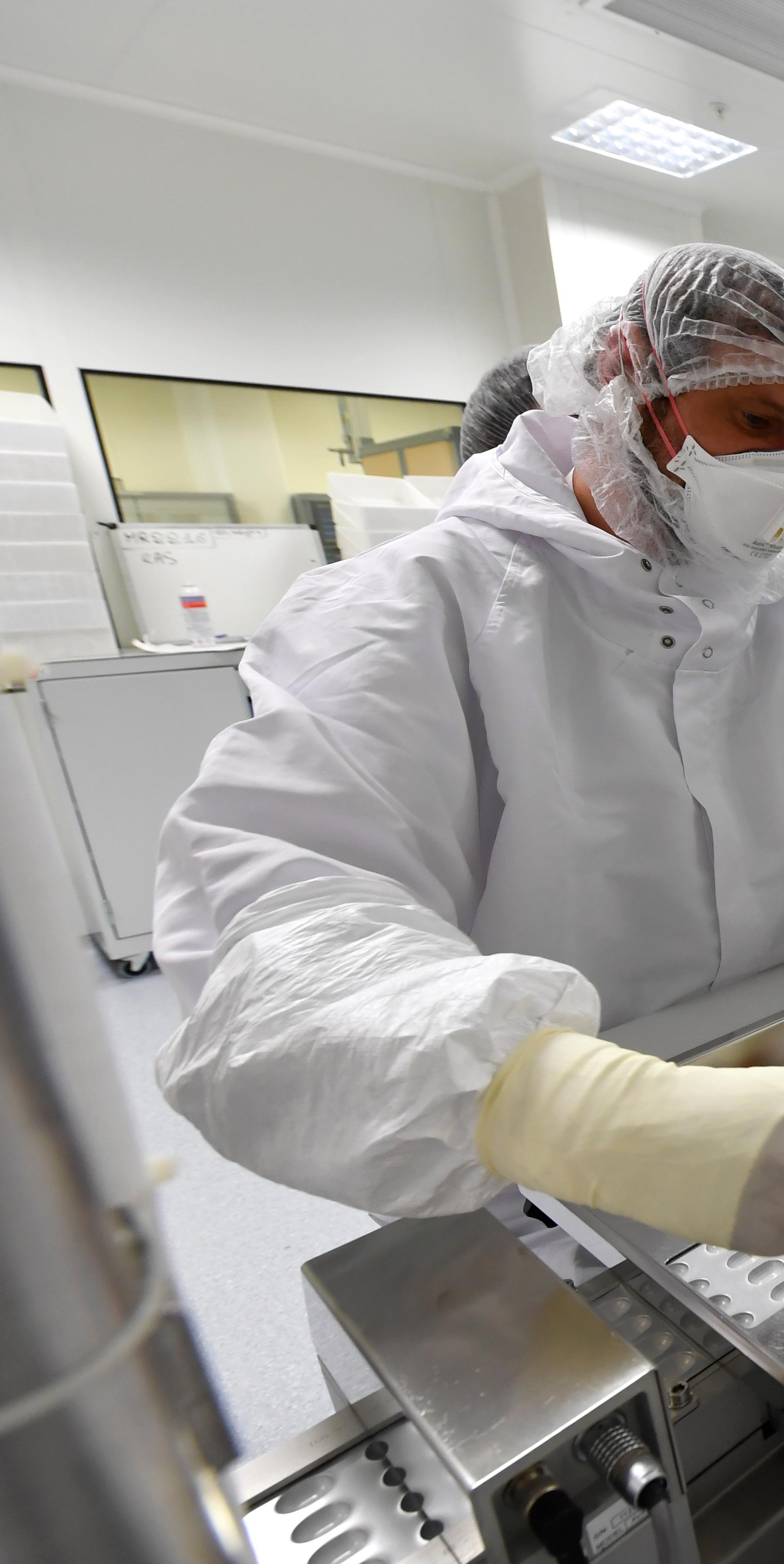
She adds that Sanofi “has come to rely on our innovative solutions to address diverse needs, often resolving critical bottlenecks with expeditious resolutions”. Van Strien also reveals that Marken built a ready-now network for Sanofi, “to enable us to begin operations immediately, ensuring seamless logistical success”.
Van Strien continues: “Over time, we have earned the trust of Sanofi by consistently demonstrating our responsiveness in any given situation.
“With unwavering confidence, Sanofi entrusts us to fulfil its requirements and surpass expectations by leveraging our extensive array of resources. This steadfast partnership propels us forward, united in our pursuit to push the boundaries of personalised healthcare, which is gaining remarkable momentum worldwide.”
Sanofi’s trust is rooted in Marken’s unwavering commitment to diversity, which encourages ideas, talent and experience – “all fostered by a learning
culture that is emboldened by our unique Marken DNA”, says van Strien. “The global team is equipped with exceptionally talented and passionate professionals, who possess diverse skill sets, backgrounds, expertise and a shared commitment to excellence.
“Our talent is core to our ability to innovate and meet patient and client needs, and every employee has a critical role to deliver what matters.”
Together, Sanofi & Marken will continue to strengthen their strategic
partnership, leveraging their innovative portfolio and combined global network, to accelerate impactful solutions for patients worldwide – and this is only the beginning.

Matthew Bardell of nVentic & Dr. Hemmel Amrania, Digistain CEO, discuss helping healthcare companies become resilient & reducing supply chain friction
WRITTEN BY: HELEN ADAMSHere, Matthew Bardell, Managing Director at nVentic, and Dr. Hemmel Amrania, the inventor and Founder of biotechnology research company Digistain, discuss keeping the healthcare supply chain moving, the threats to pharma, and the newest breast cancer technologies.
Improving supply chain resilience
nVentic helps companies improve their supply chain resilience and performance. Managing Director Matthew Bardell is shocked at the state of how the healthcare sector supply chain has managed in recent years.
“At nVentic, we apply advanced mathematical techniques to business challenges in a pragmatic way,” says Bardell. “Our offering includes genuine expertise, backed up by proprietary analytical tools and commitment to innovation, creating a legacy of capability to hand on to the next generation.”
Bardell helps businesses develop operational strategy, with a focus on inventory optimisation, supply chain
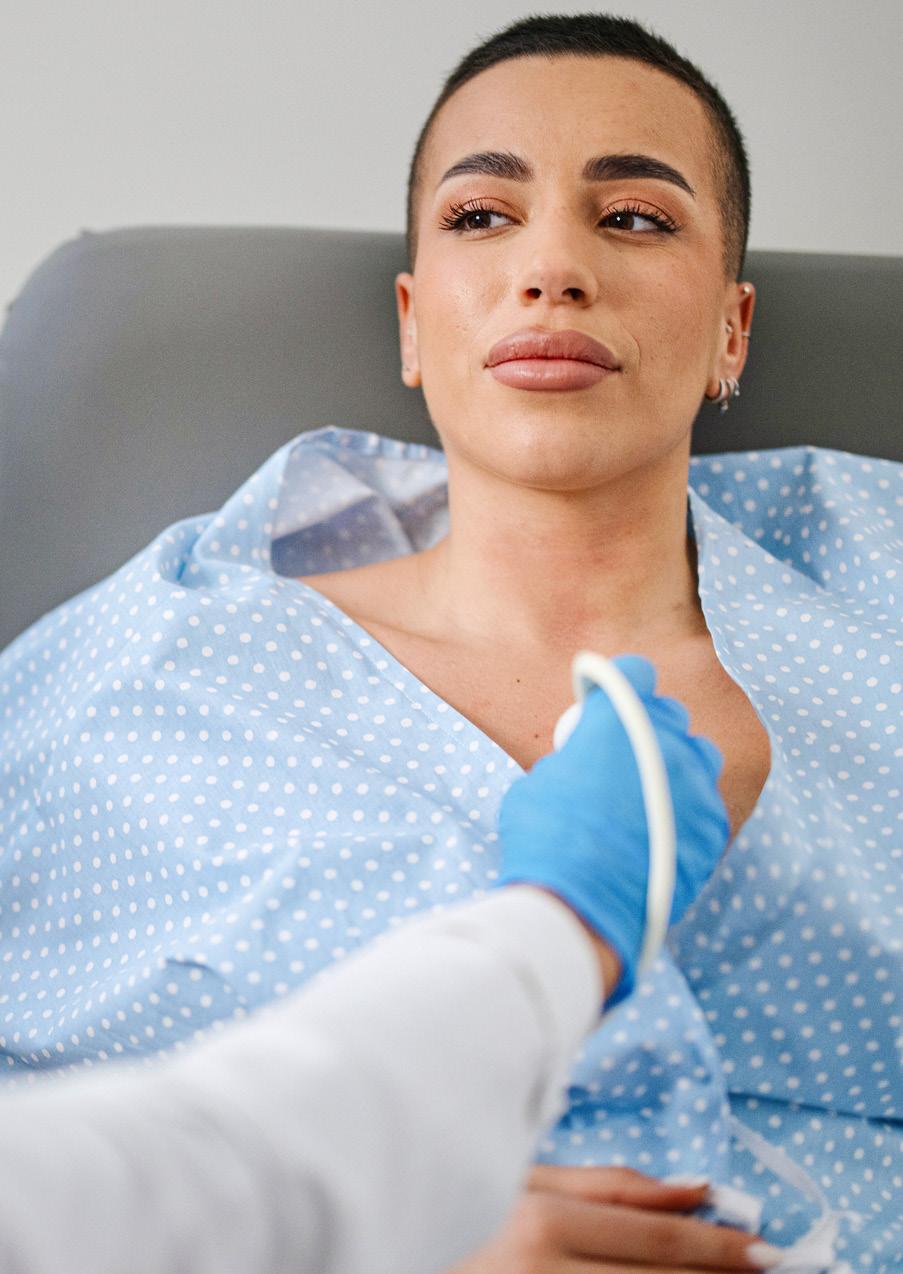








and procurement. Over the past three years, he’s seen the healthcare sector supply chain struggle, particularly, with stockpiling medicines.
“It is difficult to prevent stockpiling since it is a natural human response in times of shortage,” says Bardell. “However, when key actors in the medicines supply chain, from the manufacturers themselves through to the end distributors, such as pharmacies, become aware of shortages, then they need to ration access to ensure a fair share of the available stock.”
The COVID-19 lockdown saw some confused consumers stockpile toilet paper – while some countries stockpiled precious PPE equipment.
“Communication and education relative to coming stocks can help reduce anxiety. Stockpiling exacerbates short-term shortages, but then depresses demand as the stockpiled medicines are used up over time,” Bardell explains.
“The single biggest threat to the pharma supply chain is uncertainty. Medicines and vaccines are usually slow and complex to produce and highly regulated. Changing demand patterns and supply-side risks are challenges for any supply chain, but the particular constraints of the medicines supply chain make uncertainty particularly difficult to manage, especially when you consider how vital they are for patients.”
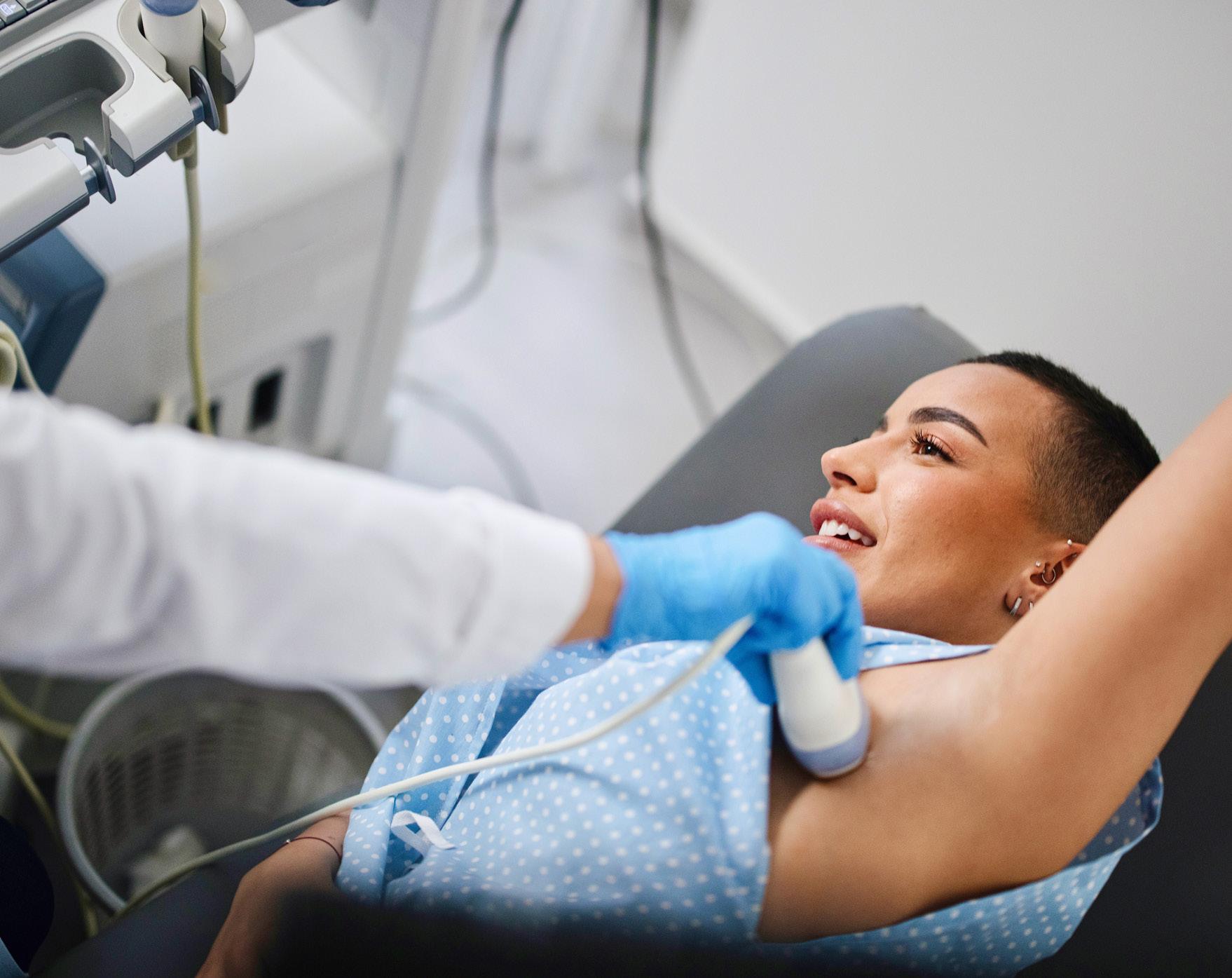
MATTHEW BARDELL MANAGING DIRECTOR, NVENTIC
“ When pharmacies become aware of shortages, they need to ration access to ensure a fair share of the available stock”
WATCH NOW

TITLE: MANAGING DIRECTOR
COMPANY: NVENTIC
LOCATION: MUNICH
Bardell helps companies improve their supply chain resilience and performance through advanced analytics and a range of advisory services. nVentic combines the analytical power of advanced information technology with the human element necessary to deliver sustainable transformations.


TITLE: FOUNDER & CEO
COMPANY: DIGISTAIN
LOCATION: LONDON
Clinical Scientist Dr. Hemmel
Amrania works in an oncology unit at Imperial College London and is the CEO of Digistain. He was awarded the Outstanding Research Prize at Imperial College & the Royal Innovation Award.
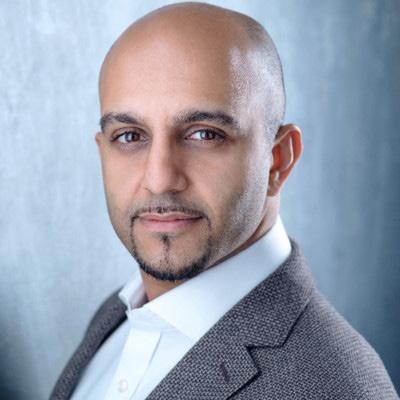
Distributing life-saving technology to women with breast cancer
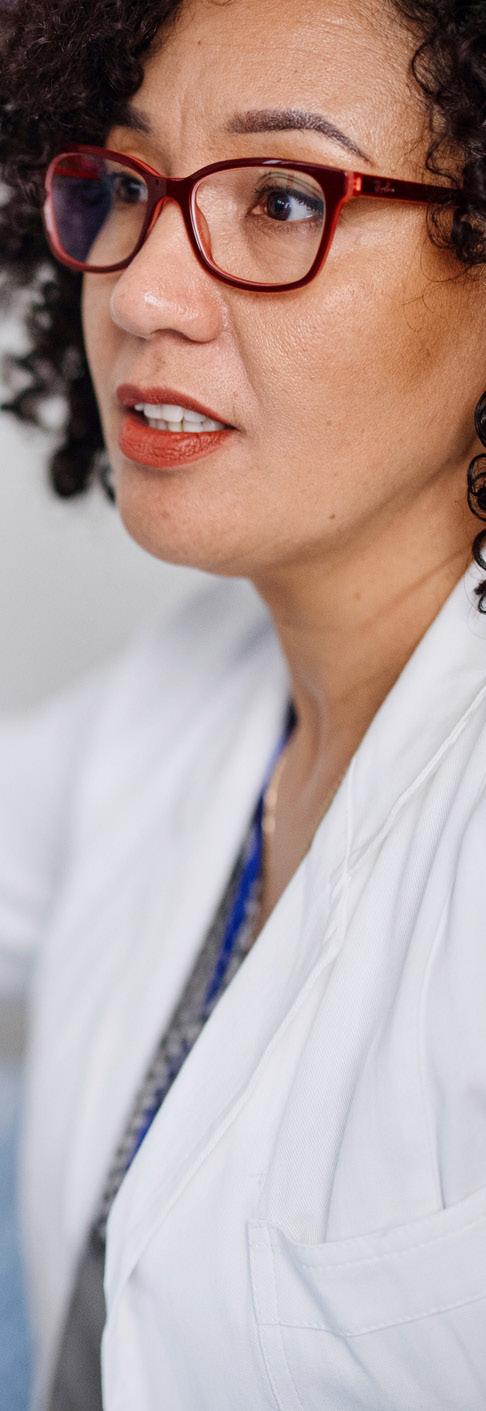
Breast cancer is the most common cancer for women worldwide. In 2020, breast cancer caused approximately 685,000 deaths globally, but incidence rates vary geographically. The highest incidence rates are observed in developed countries, while breast cancer mortality rates are higher in less-developed regions. This discrepancy is due to differences in access to early detection, diagnosis and treatment.
Dr. Hemmel Amrania has a PhD in Physics from Imperial College London, focused on infrared optics and lasers and biomedical imaging. He’s now a Physicist in Cancer Diagnostics Development at Imperial College London, as well as the CEO of Digistain, a biotechnology research company which uses AI risk profiling technology which can be used in the treatment of breast cancer.
He’s an ardent believer in addressing healthcare imbalances with Digistain’s life-saving technology.
“Currently, there is an inequality of care in assessing breast cancer risk for women all around the world,” says Amrania. “We know that recurrence is one of the greatest fears for cancer patients, but existing risk profiling tests are very expensive with results taking a long time.”
The cost of existing methods often makes testing for recurrence unaffordable and the time to receive these results significantly delays treatment decision times. Digistain wants to deliver radically faster breast

“The technology seamlessly integrates with existing pathology workflows so there is no friction to the healthcare supply chain”
DR. HEMMEL AMRANIA FOUNDER & INVENTOR, DIGISTAIN
cancer treatment decision-making for physicians and patients at a dramatically lower cost.

“We are able to do this by transforming cancer risk diagnosis from a long costly manual wet-lab process, to an efficient AI enabled software approach while maintaining gold standard risk-scoring equivalence achieved by traditional methods,” says Amrania. “Our easy-to-read report provides patients and physicians with clear, actionable information on the likelihood of breast cancer recurrence in the next 5-10 years, helping to determine the best course of treatment and if chemotherapy is required.
“Digistain’s technology can reduce actionable treatment decision times from months/weeks to hours at around one quarter of the cost.”
Digistain is in the early stages of entering the African market and in advanced discussions with a number of distribution partners with expertise in specific countries and regions where this could be rolled out.
“We want to help make this technology available to women all over Africa,” he says.
Actress Samantha Womack (known for her roles in EastEnders and Kingsman) is a breast cancer survivor who endorses the use of Digistain in healthcare.

“I am a mother, I’m an actress, I’m also a breast cancer survivor,” Womack said. “50,000 people like me are diagnosed with breast cancer every year. Sadly, that’s up to 11,500 deaths a year, which is almost 32 people a day. The impact of delays in diagnosis and treatment could lead to up to 5,000 excess deaths over 10 years.
Digistain can help save many of those lives. I want to encourage organisations all over the world to make Digistain available to all women.”
Digistain’s technology seamlessly integrates with existing pathology workflows, so importantly, there is no friction to the healthcare supply chain.
“The supply chain impact of using Digistain is the provision of technology that enables healthcare providers to ‘digitise’ cancer risk understanding and management,” explains Amrania. “This means hospitals can offer faster cancer diagnostics services and deliver critical decision-making power, currently inaccessible to many physicians and patients, because existing tests are either too expensive or too slow.”
Over the next 12 months, Doctor Amrania and the Digistain team have one goal: to get their technology out across the world.
“Alongside extending our work with the NHS in the UK, we are expanding into markets such as Africa and Asia, where the affordability of our technology could have a big impact,” says Amrania. “It’s important to continually provide clinical evidence and we expect to publish a number of peer reviewed papers that will further validate our approach. We are also planning to enter the United States market in the short term.”
In 95% of countries, breast cancer is the first or second leading cause of female cancer deaths, yet 80% of deaths from breast cancer occur in low- and middleincome countries, according to the World Health Organisation. With Digistain’s technology and a healthcare supply chain that is supported, those numbers can decrease.

“The supply chain impact of Digistain is the provision of technology that enables healthcare providers to ‘digitise’ cancer risk understanding”
DR. HEMMEL AMRANIA FOUNDER & INVENTOR, DIGISTAIN



Polio, once a devastating disease, is prevented by the polio vaccine, protecting millions from paralysis. The Chickenpox vaccine shields against itchy blisters and potential complications. Smallpox, eradicated globally, owed its victory to the smallpox vaccine. Influenza vaccines combat ever-changing flu strains, reducing severity and transmission. Tetanus shots prevent lockjaw, a severe bacterial infection, while Hepatitis A and B vaccines safeguard against liver infections caused by these viruses. The Yellow fever vaccine shields against a mosquito-borne viral disease prevalent in certain regions and the MMR vaccine offers immunity against measles, mumps, and rubella. Lastly, the COVID-19 vaccines are pivotal in the fight against the ongoing pandemic, saving lives and curbing the virus’s spread.
 WRITTEN BY: HELEN ADAMS
WRITTEN BY: HELEN ADAMS
Invented by: A collaborative effort by Pfizer-BioNTech, Moderna, Oxford-AstraZeneca and Johnson & Johnson in 2020
The development of COVID-19 vaccines was an unprecedented event, marking an accelerated global effort to stimulate the immune system to recognise and fight the virus, providing protection against COVID-19.

Sadly, despite being the fastest vaccine ever produced, this has come at a cost. Some have refused the vaccine fearing its speedy discovery could mean that there are unknown side effects. However, regulatory authorities reviewed the data and granted emergency use authorisations, allowing vaccine manufacturing and distribution to take place on an unmatched scale.
Invented by: Maurice Hilleman
Licensed by: Merck
The MMR vaccine was invented in 1971 by Maurice Hilleman, who continued developing vaccines up until his death in 2005. A safe, effective combined vaccine, MMR protects against Measles, Mumps and Rubella, all highly-infectious conditions that can spread quickly.
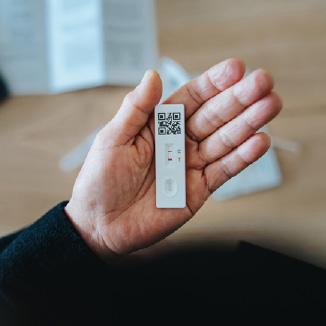
Measles can lead to severe health complications, Mumps can cause swelling of the salivary glands and Rubella can lead to birth defects if pregnant women are infected. For the most effective protection, it requires two doses.

Invented by: Max Theiler
Licensed by: Rockefeller Foundation
In tropical countries, Yellow Fever is transmitted to humans by insects, causing a fever, chills, headache and muscle aches. South African-American virologist Max Theiler, of the Rockefeller Foundation, managed to transmit the virus to mice and studied it there. A weakened form of the virus was tested on apes, which made them immune. In 1938, the vaccine was successfully launched. In 1951, Theiler received the Nobel Prize in Medicine for his discovery.


Invented by: Baruch Blumberg
Licensed by: Merck
Dr. Baruch Blumberg discovered the Hepatitis B virus in 1965, winning the Nobel Prize for his discovery. He worked with microbiologist Irving Millman to develop a blood test for the Hep B virus and then created the vaccine in 1969.
The Hep B vaccine is also the first anti-cancer vaccine, because it prevents liver cancer. Chronic Hep B and C causes 80% of all liver cancer cases worldwide, which is the second most common cause of cancer death.


• Real time data monitoring

• Real time hyper scaling
• Protecting data loss
• Securing Public Cloud Workloads

• Securing Vital COVID-19 Applications
 WATCH NHS SCOTLAND CASE STUDY
WATCH NHS SCOTLAND CASE STUDY

Invented by: Maurice Hilleman

Invented by: Emil von Behring
In the late 19th century, German bacteriologist Dr. Emil von Behring and his colleague Dr. Kitasato Shibasaburo identified the bacterium Corynebacterium diphtheriae as the causative agent of diphtheria, a highly-contagious and potentially deadly disease.

Von Behring further discovered that animals infected with the diphtheria bacteria produced an immune response that developed antibodies neutralising the toxin. He extracted the serum containing these antibodies from the blood of immunised animals, creating the first diphtheria antitoxin.



Invented by: Thomas Francis and Jonas Salk
Education: The University of Michigan
The 1918 influenza epidemic killed an estimated 50m people at the end of the First World War, spreading quickly due to the squalid conditions bred by the conflict. When the US joined WW2, American physician Thomas Francis was tasked with creating a vaccine. Tested on the US military, the vaccine was licensed for wider use in 1945. Now, the influenza vaccine plays a vital role in controlling seasonal flu outbreaks, protecting the vaccinated while also lowering the transmission potential to vulnerable populations.
Invented by: Edward Jenner
Smallpox was a highly-contagious, deadly disease that caused the deaths of millions and featured in many of Charles Dickens’ books. Its impact on Indigenous populations during European colonisation was especially tragic, with mortality rates reaching 90% in some communities lacking immunity.
The first smallpox vaccine was produced by English physician Edward Jenner in 1796, when he noticed that milkmaids who’d had cowpox were protected from smallpox. Subsequent successful vaccination campaigns led to the eradication of smallpox in 1980.


Invented by: Michiaki
Licensed by: Merck
TakahashiMichiaki Takahashi played a pivotal role in the development of the chickenpox vaccine. In the 1970s, he embarked on a mission to isolate the varicella-zoster virus responsible for chickenpox. Takahashi obtained a sample of the virus from an infected child and developed it into a vaccine. The vaccine derived from the Takahashi strain is known as the ‘Varicella vaccine’ or the ‘Chickenpox vaccine’. It is used to prevent chickenpox in individuals who have not been previously infected with the virus or have not received the vaccine. The vaccine has since been instrumental in reducing the severity of chickenpox worldwide, preventing complications and hospitalisations associated with the disease.
“I believe that the vaccine will stop severe chickenpox symptoms in children and make it less likely that old people will get shingles. I am very proud of my and my colleagues’ work,” Takahashi told the Financial Times.

